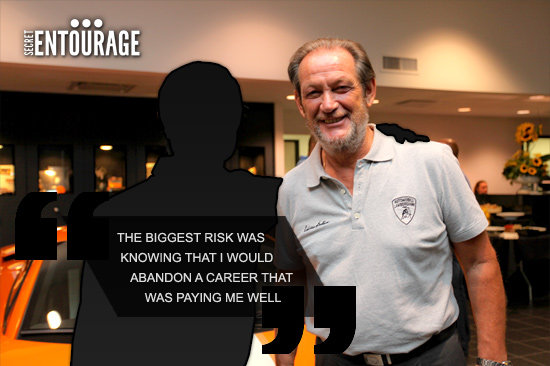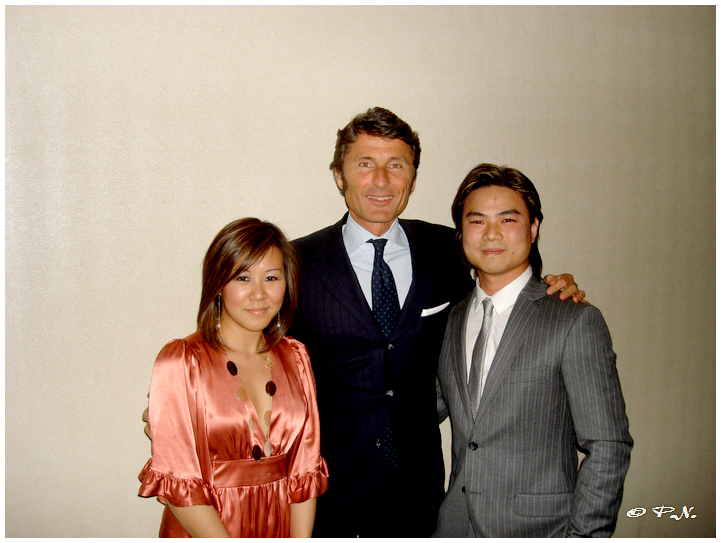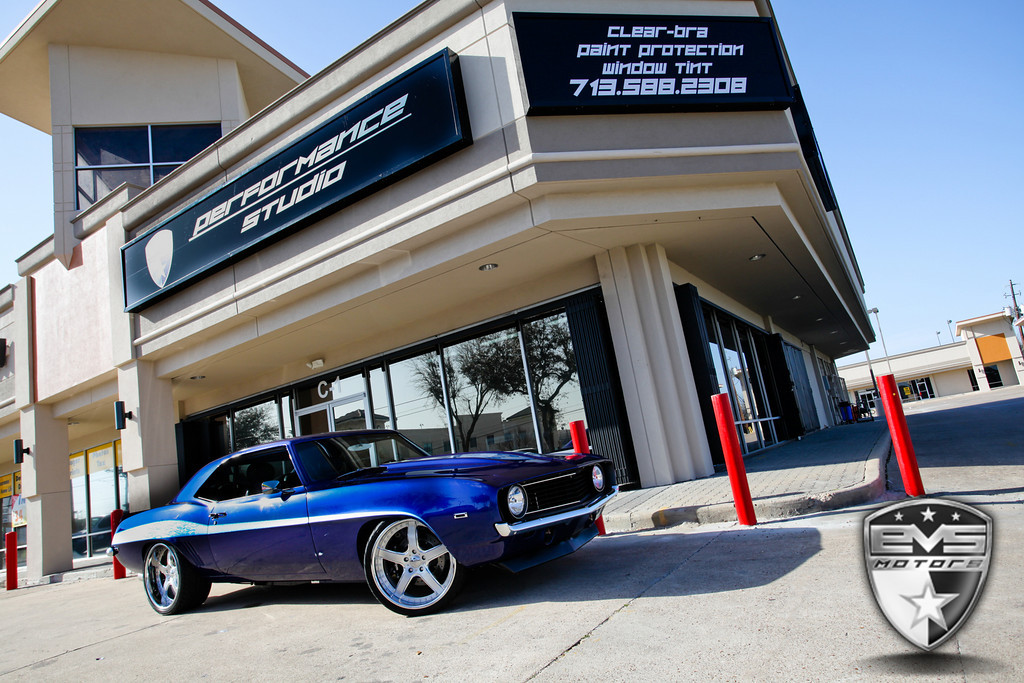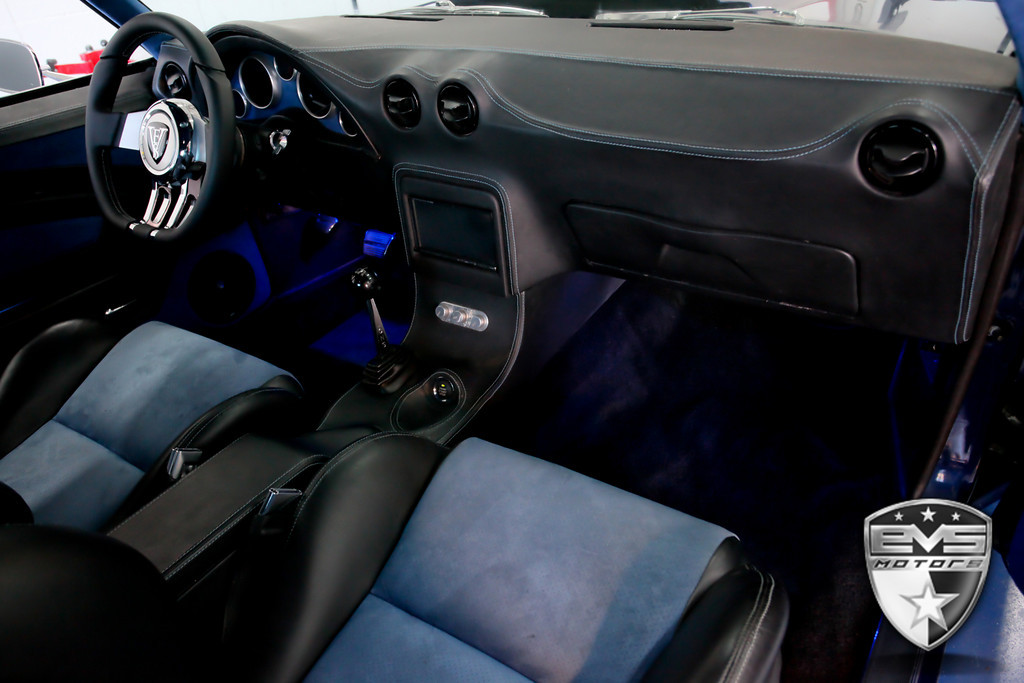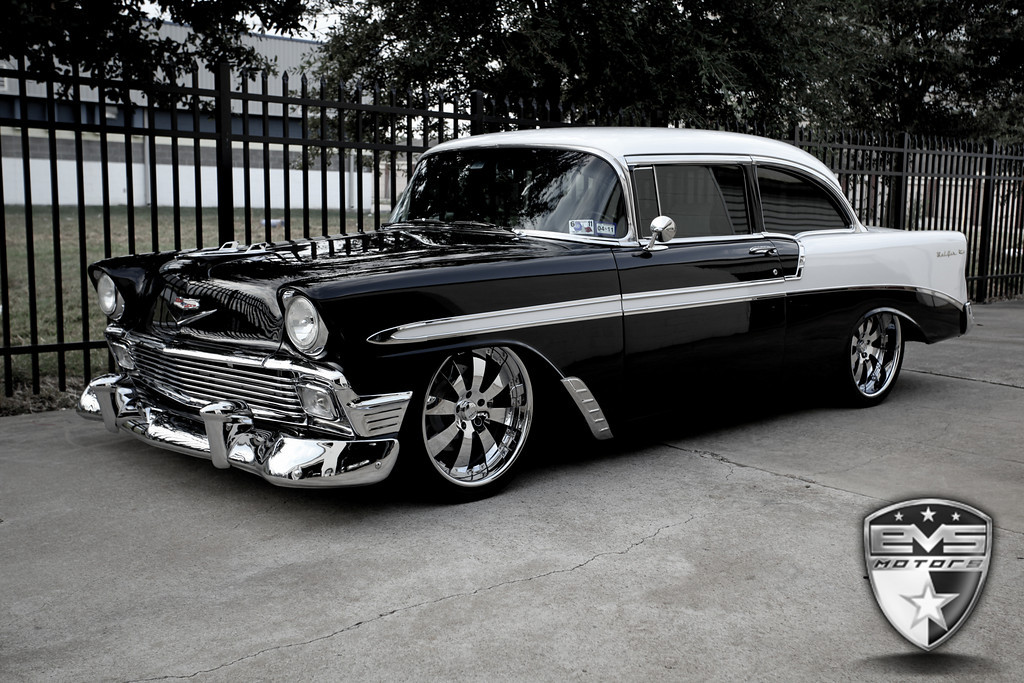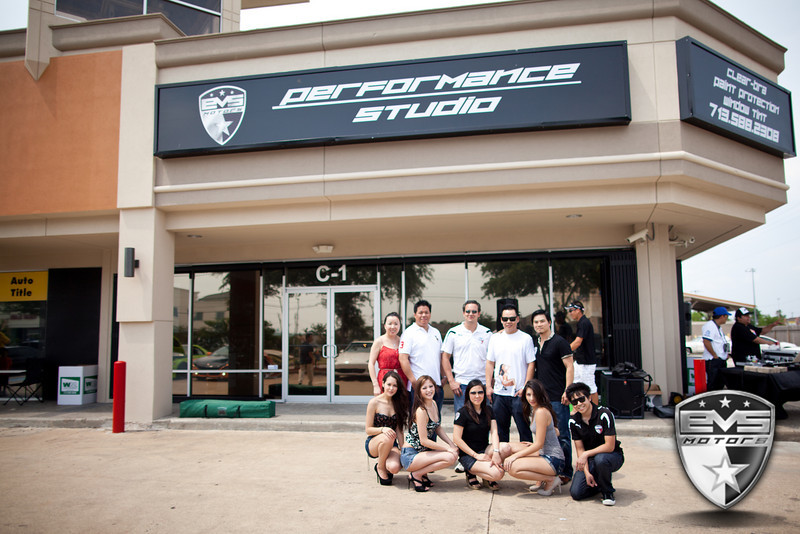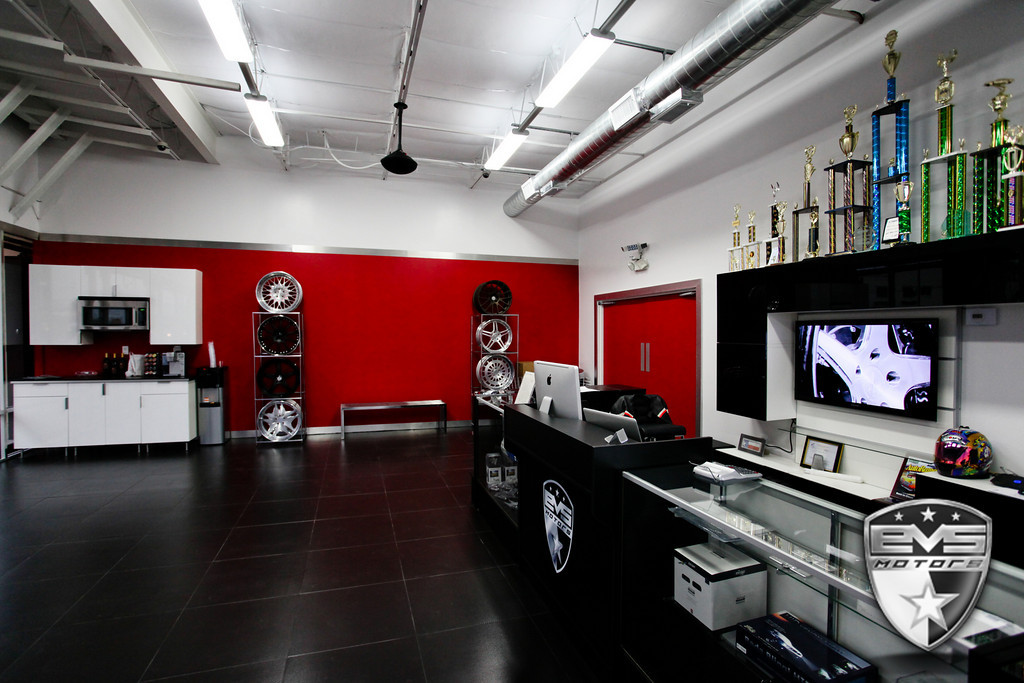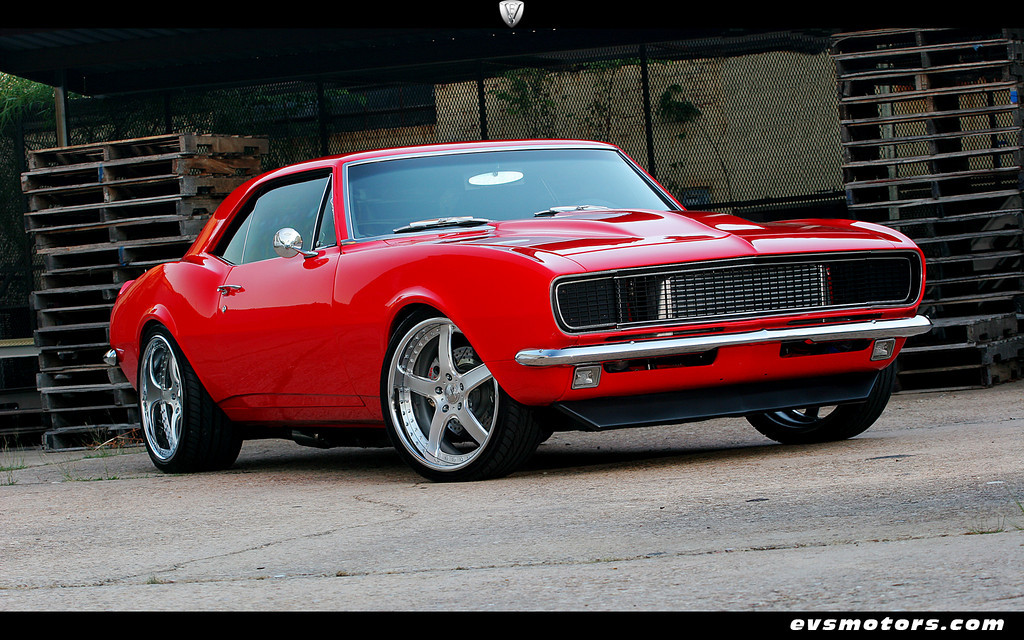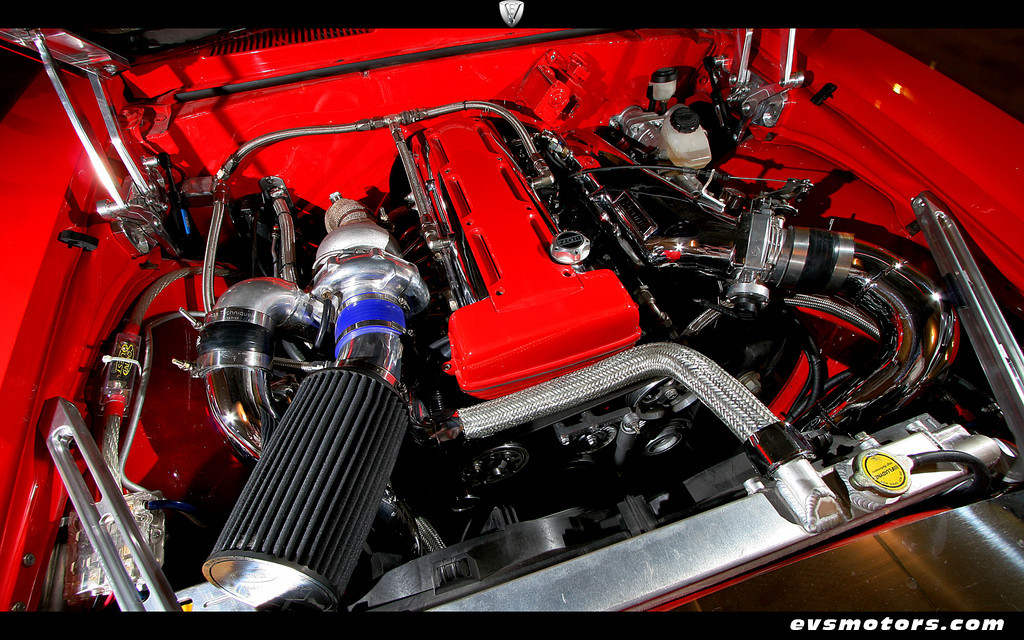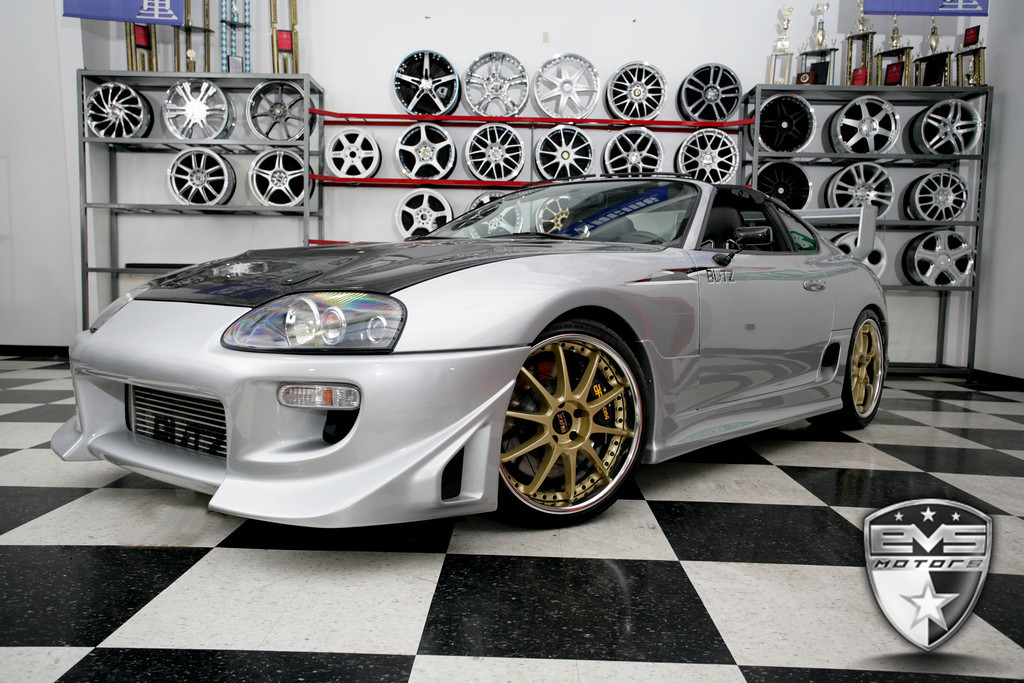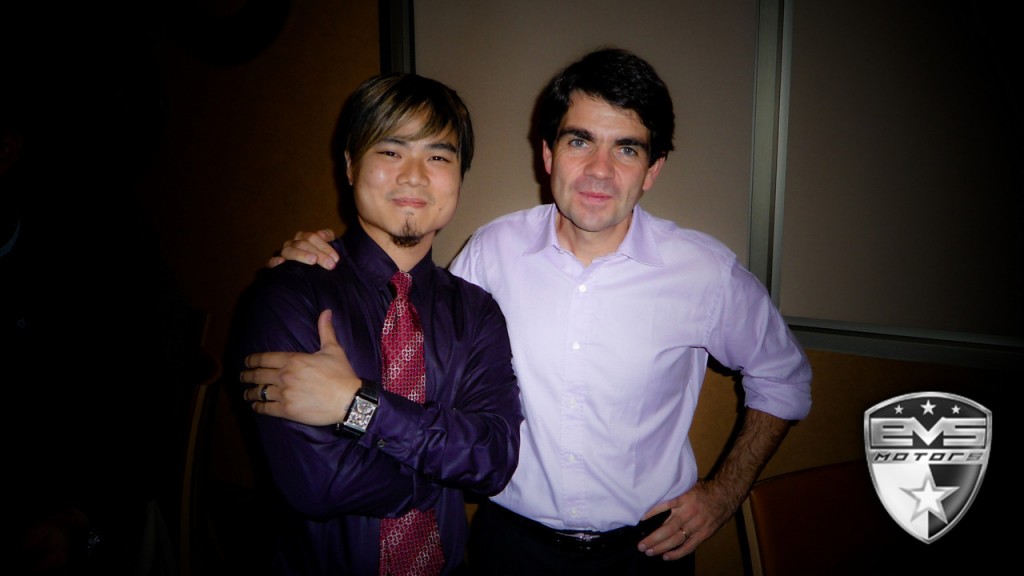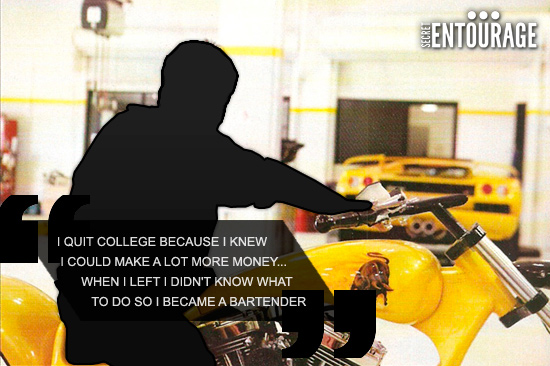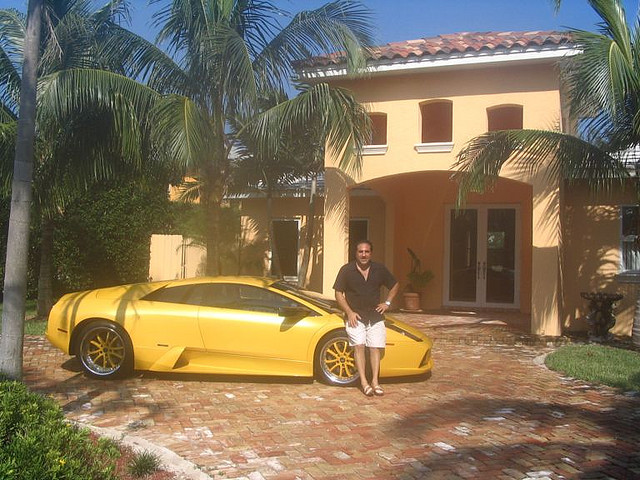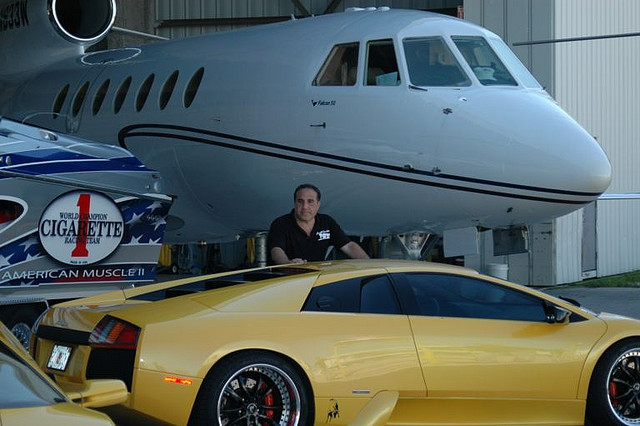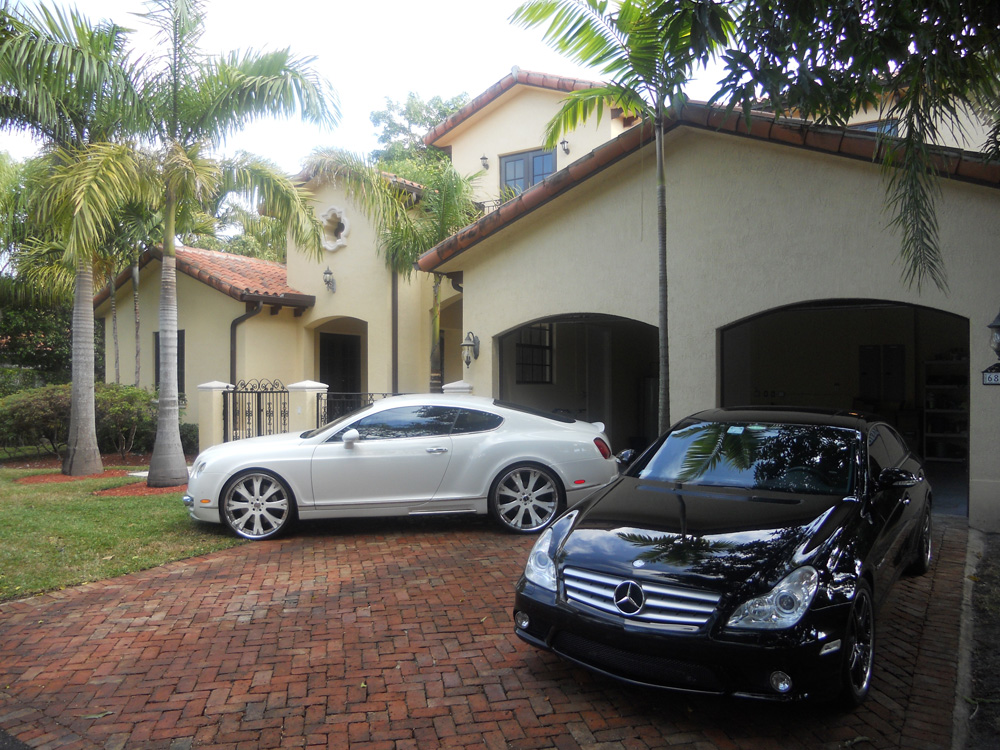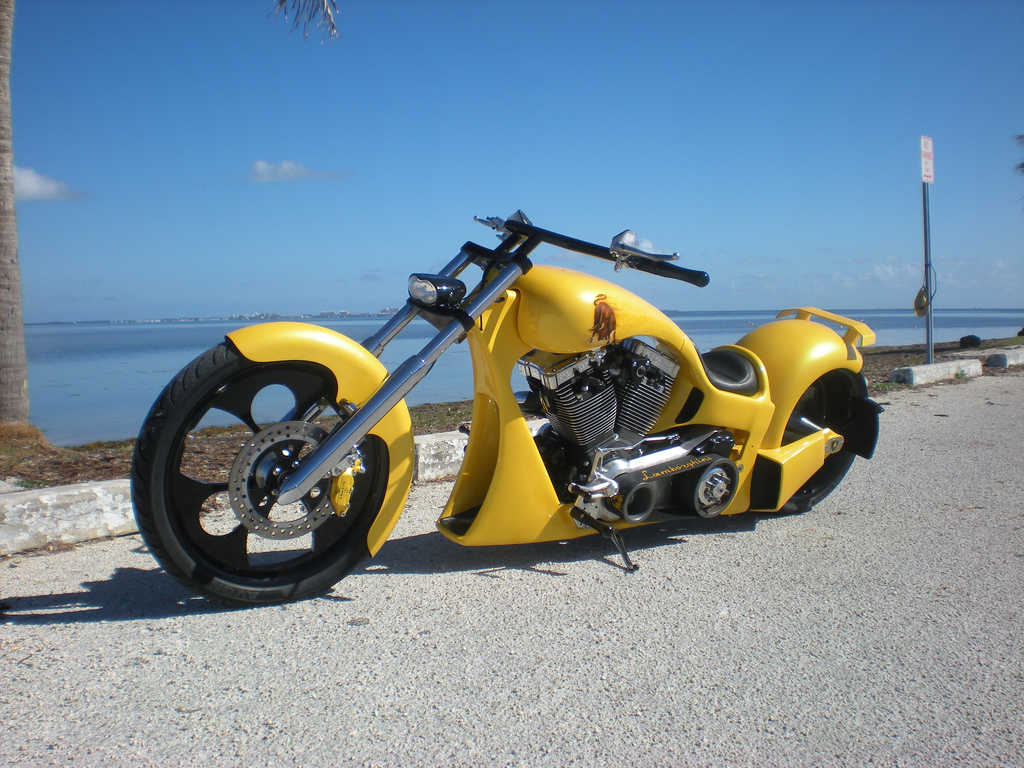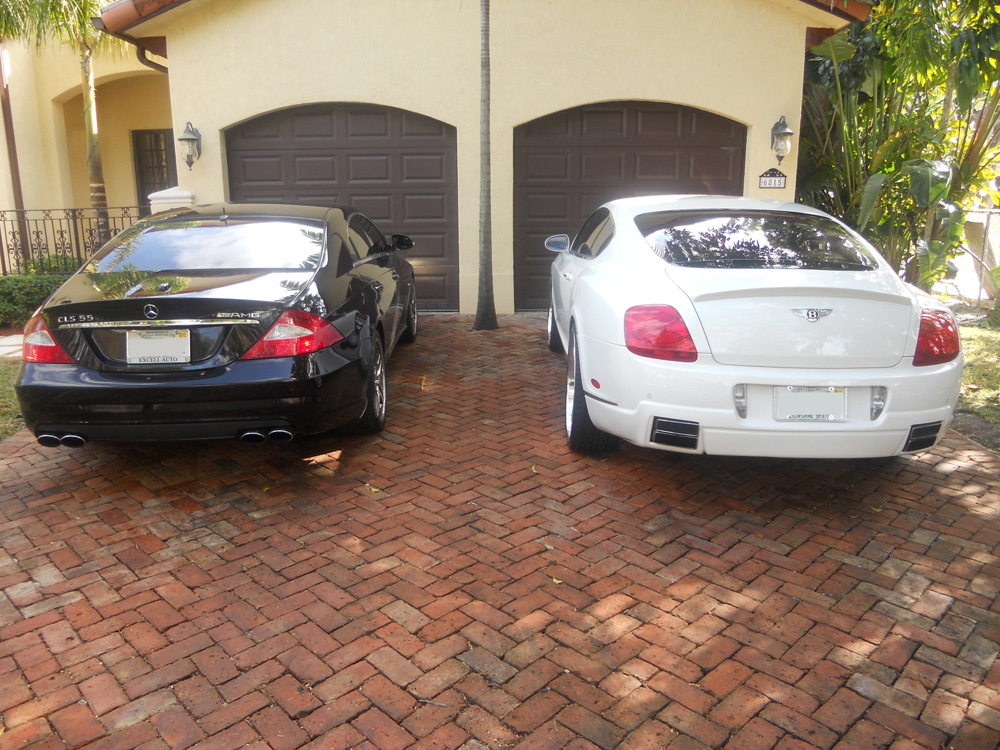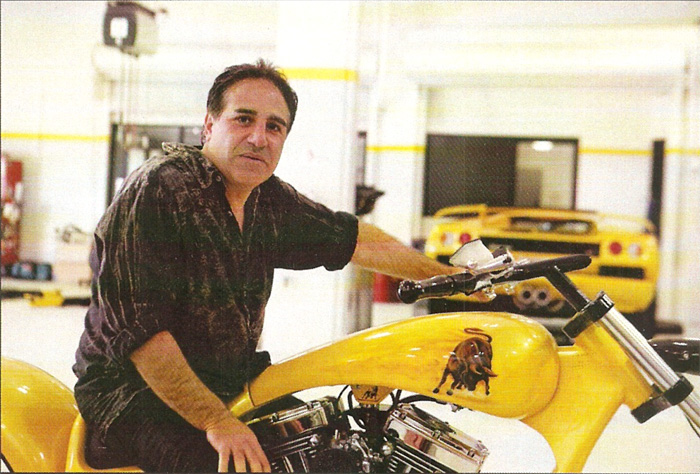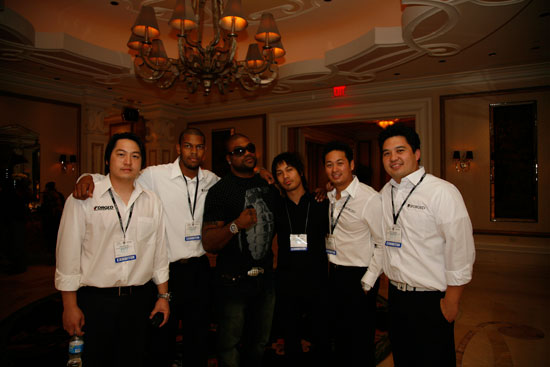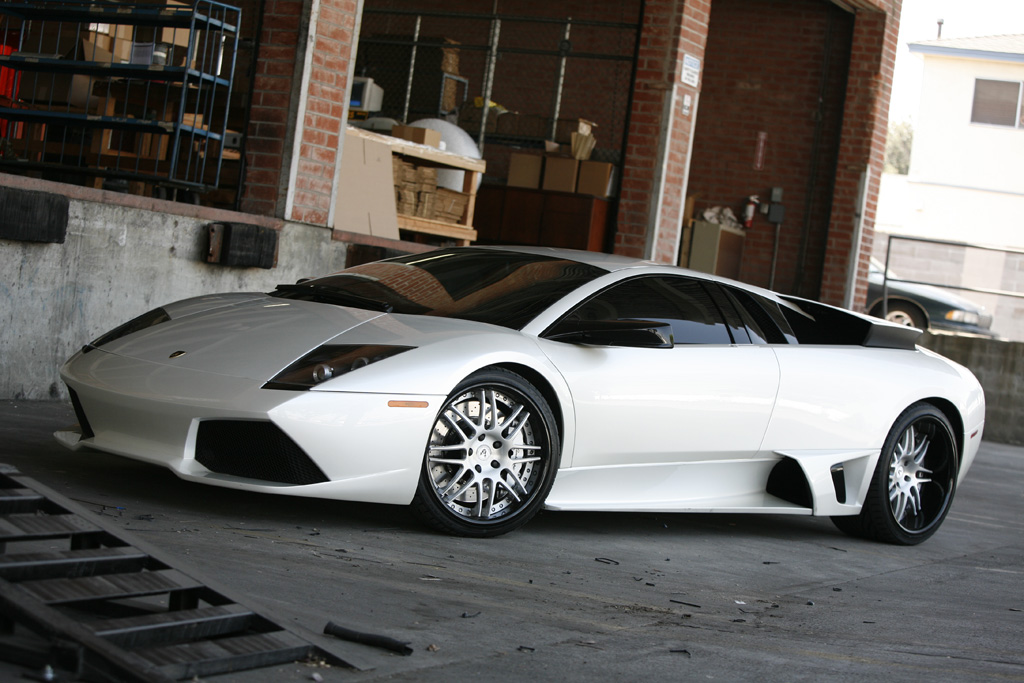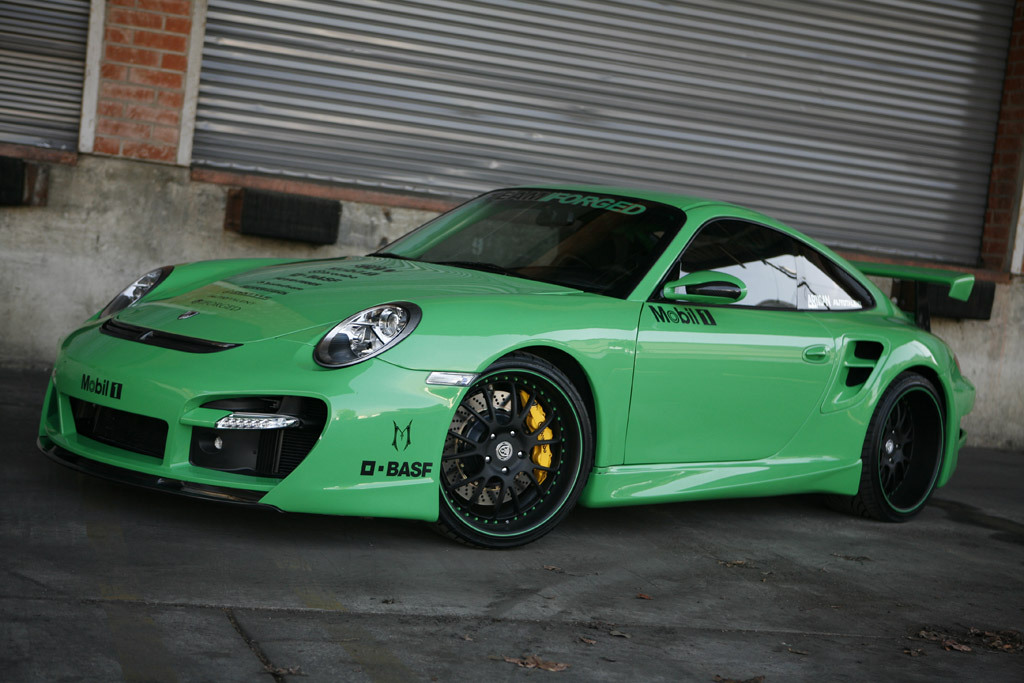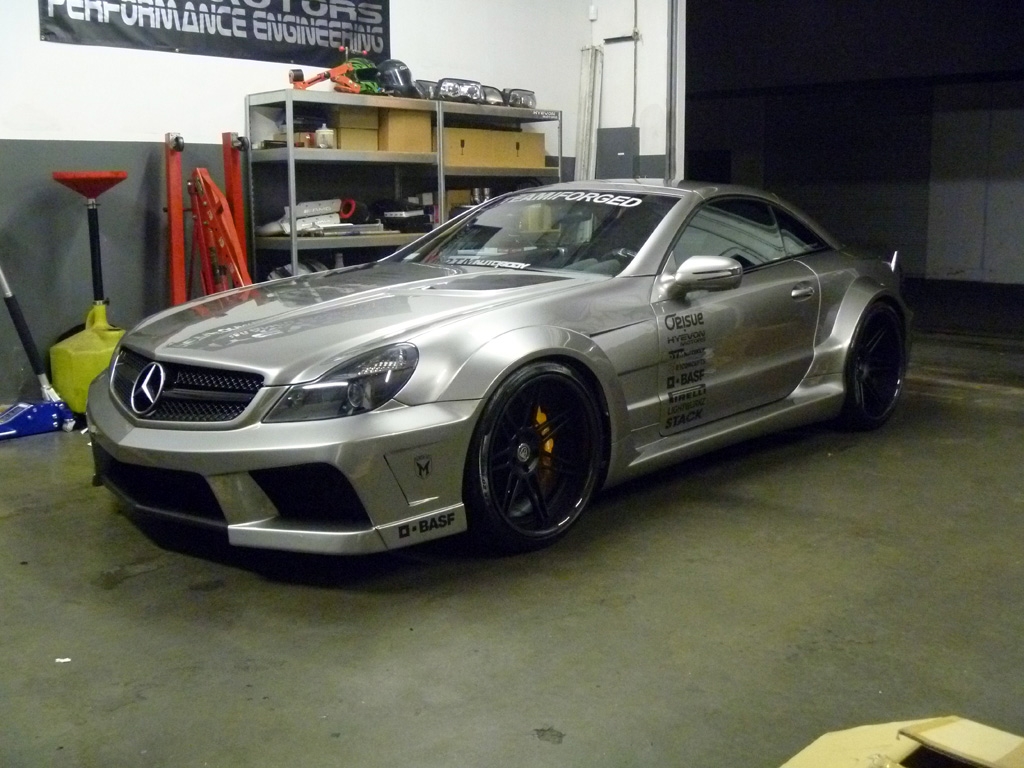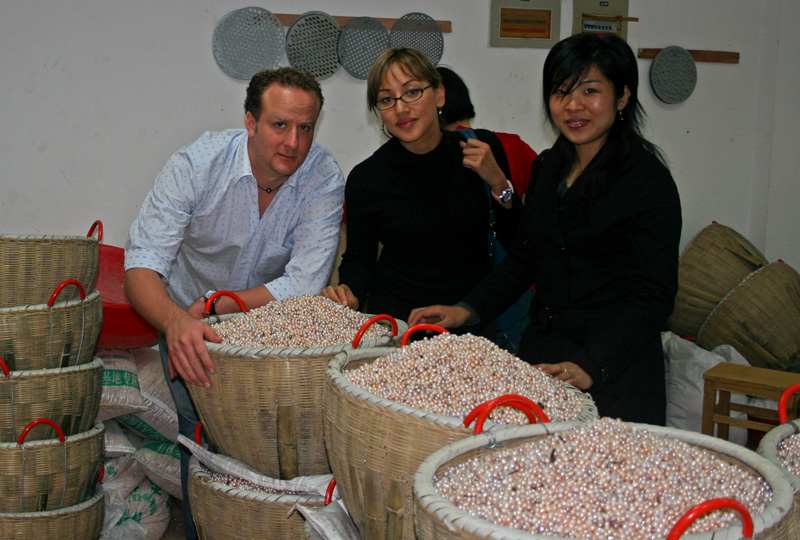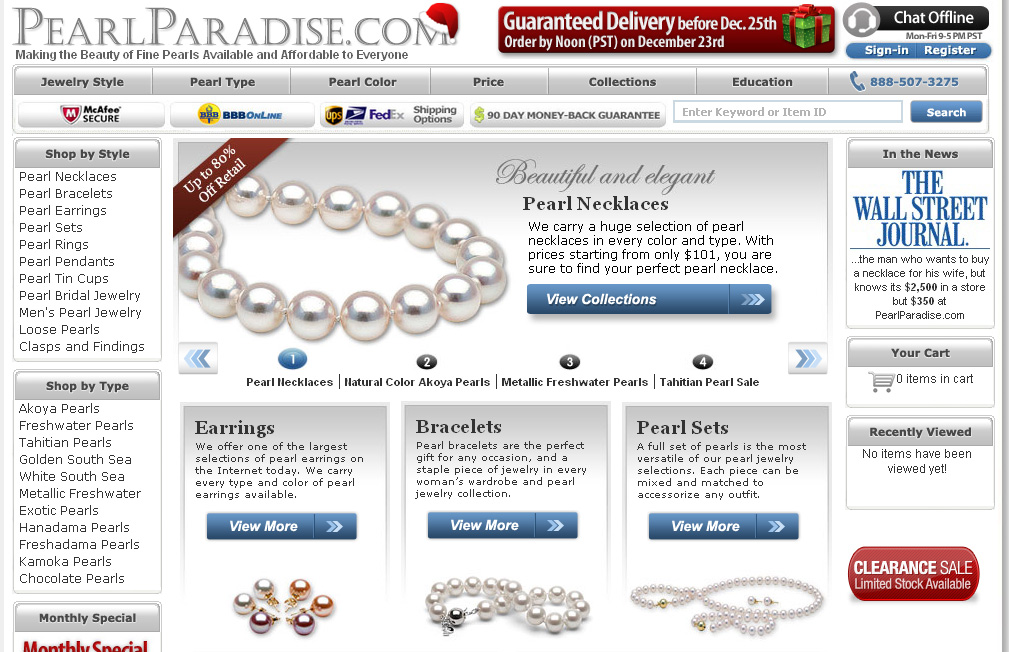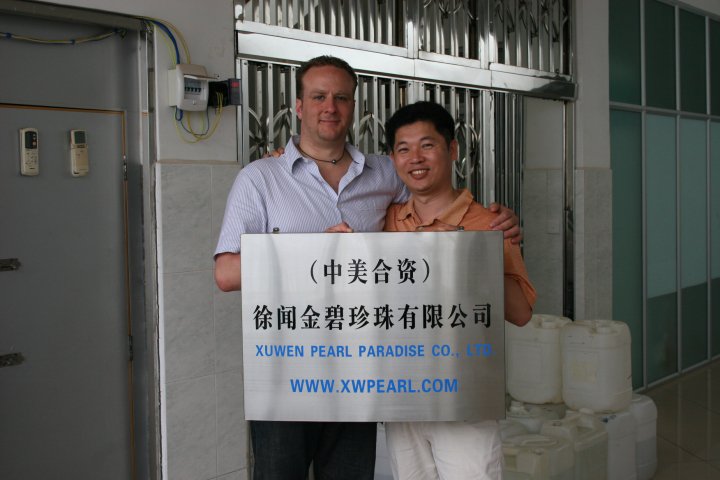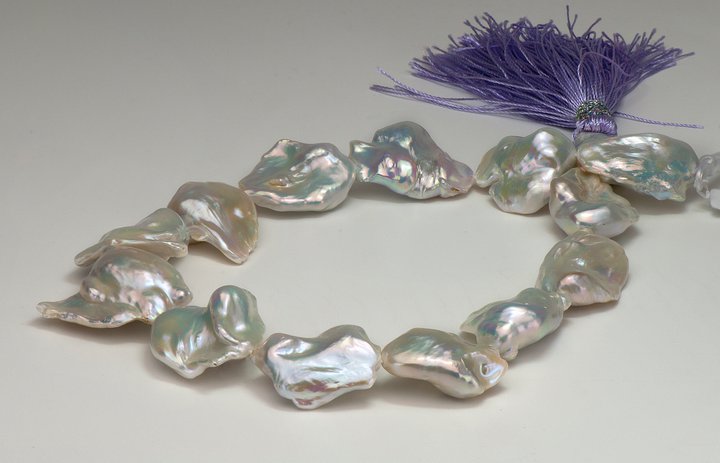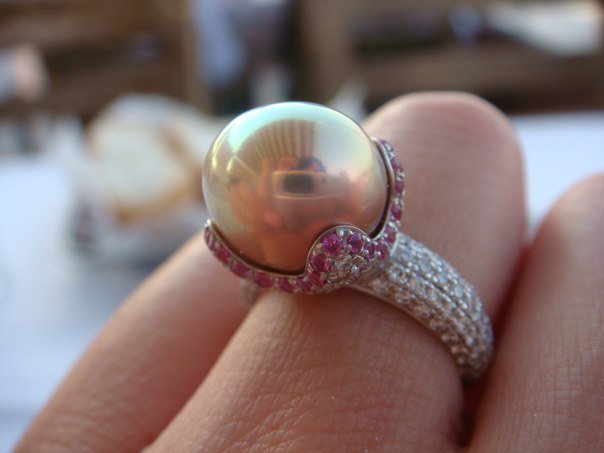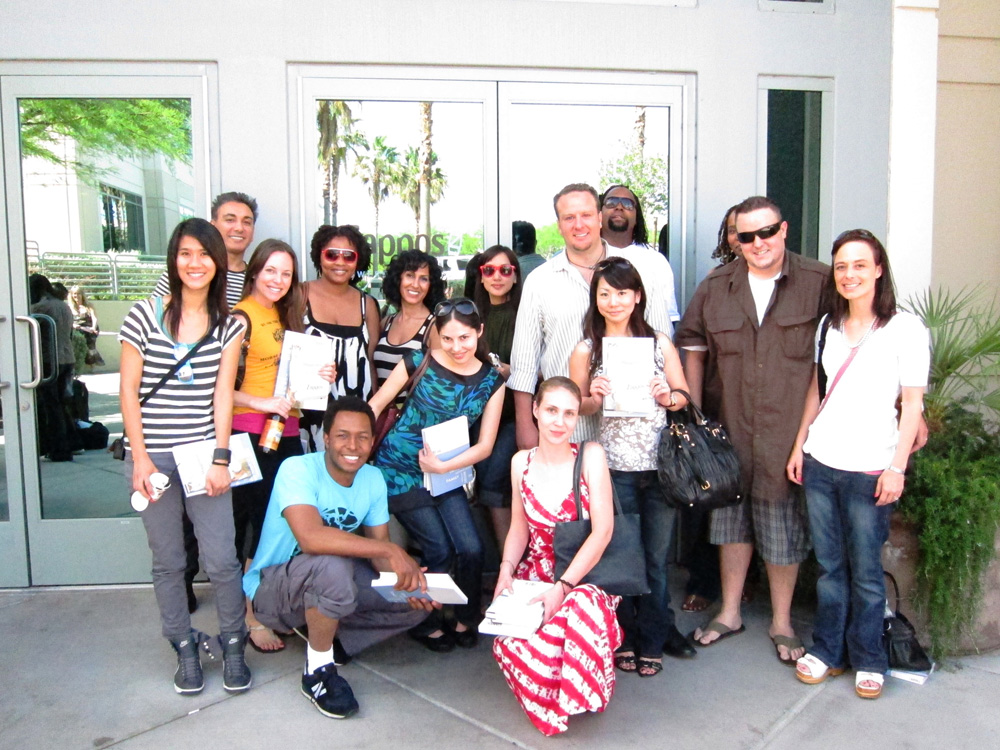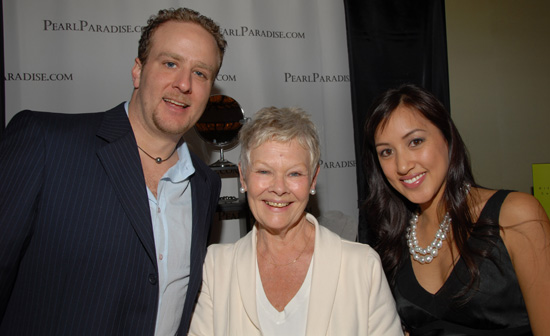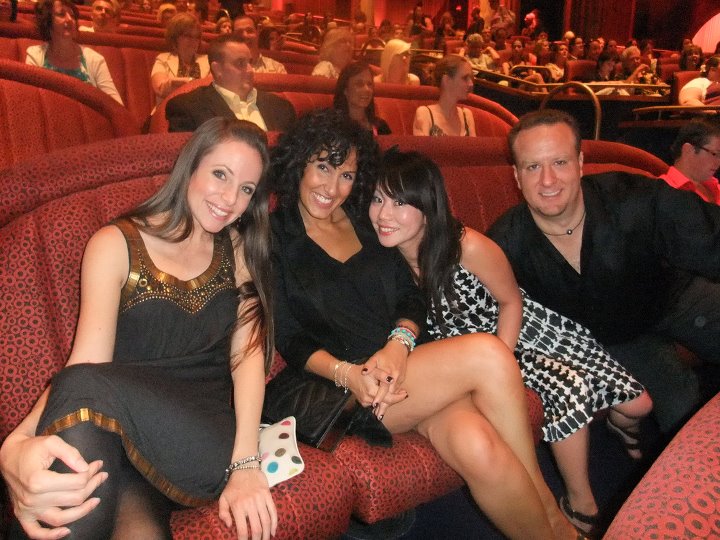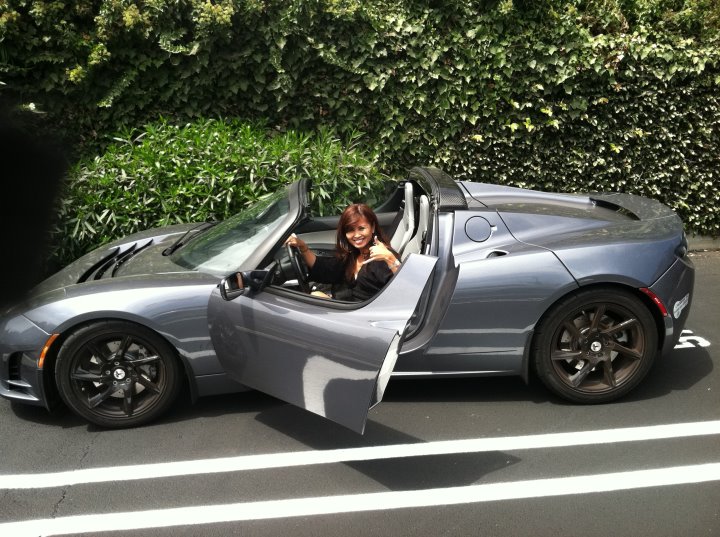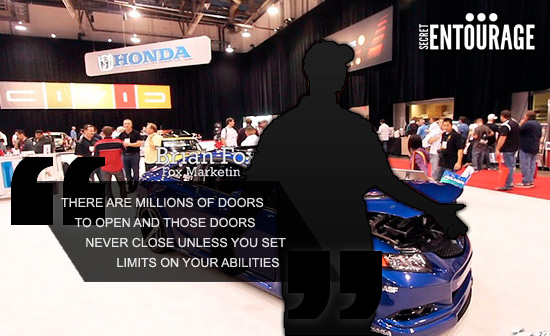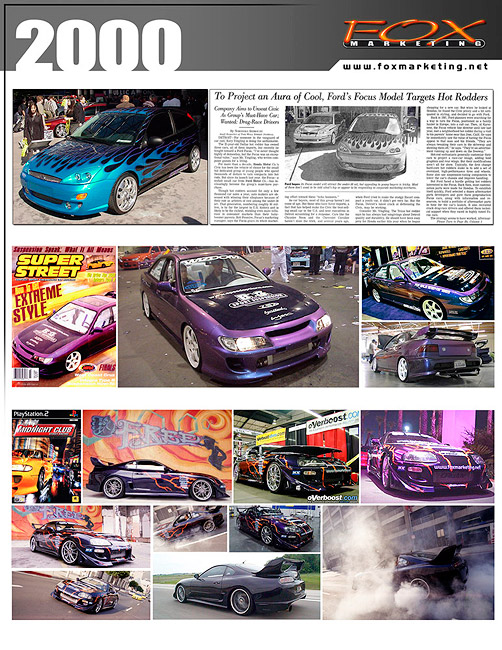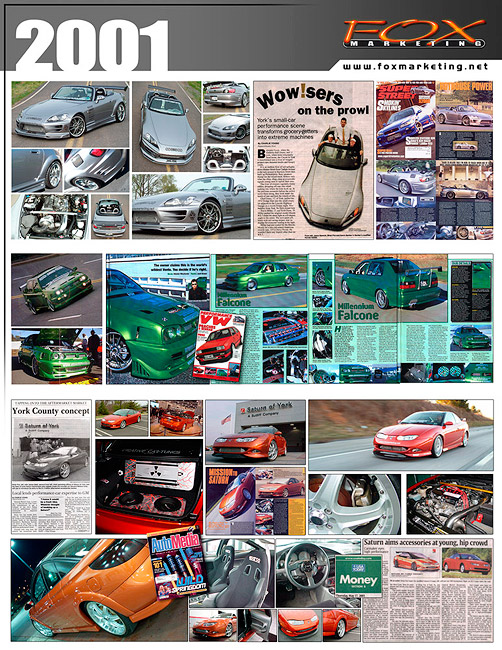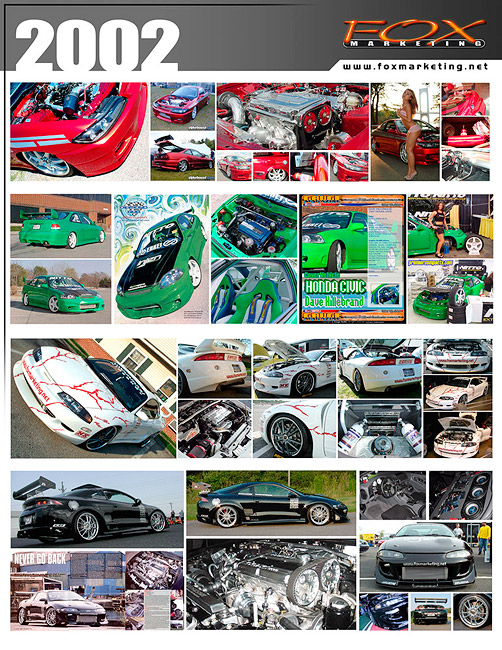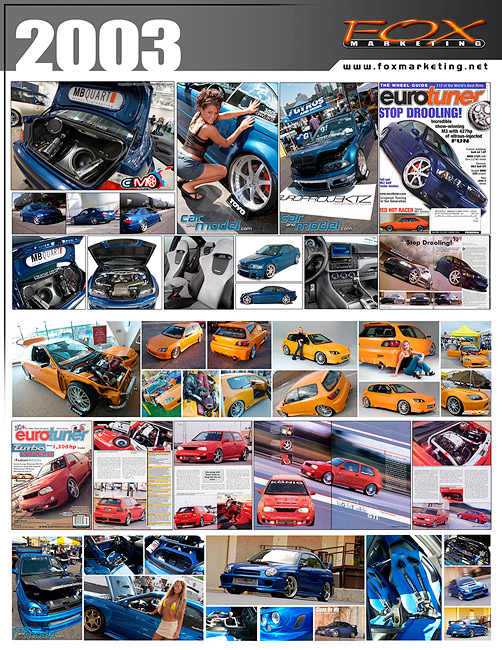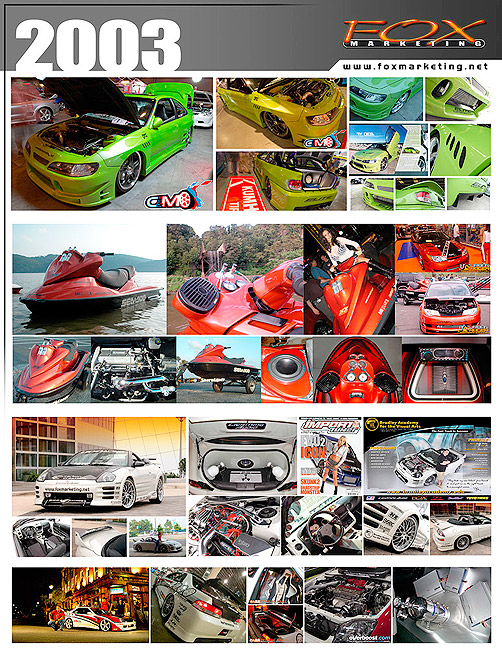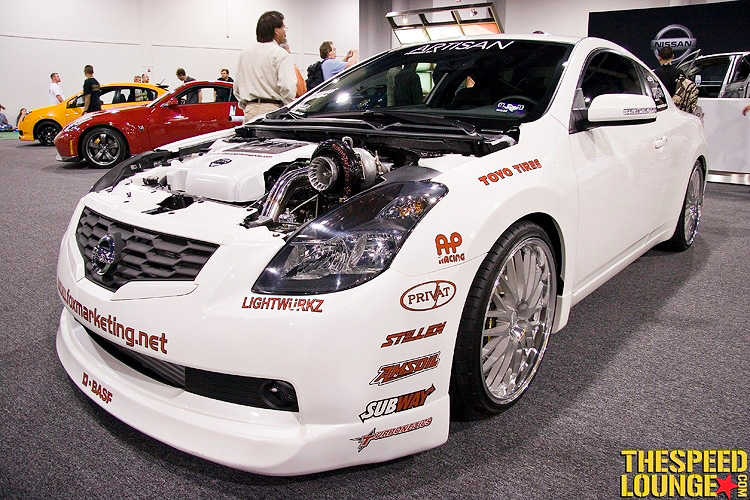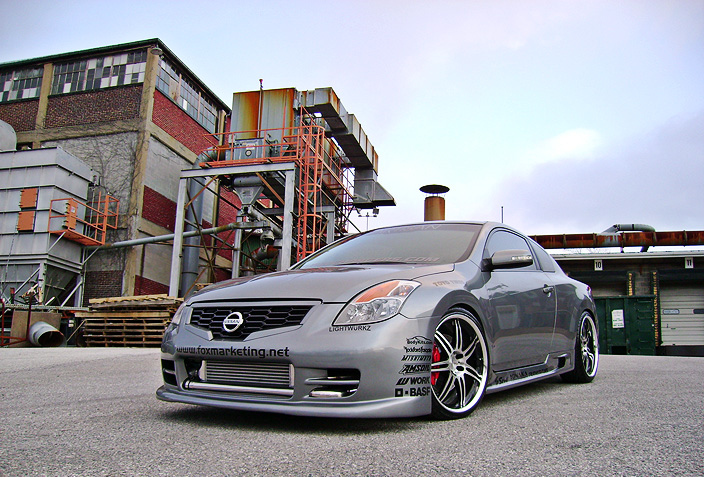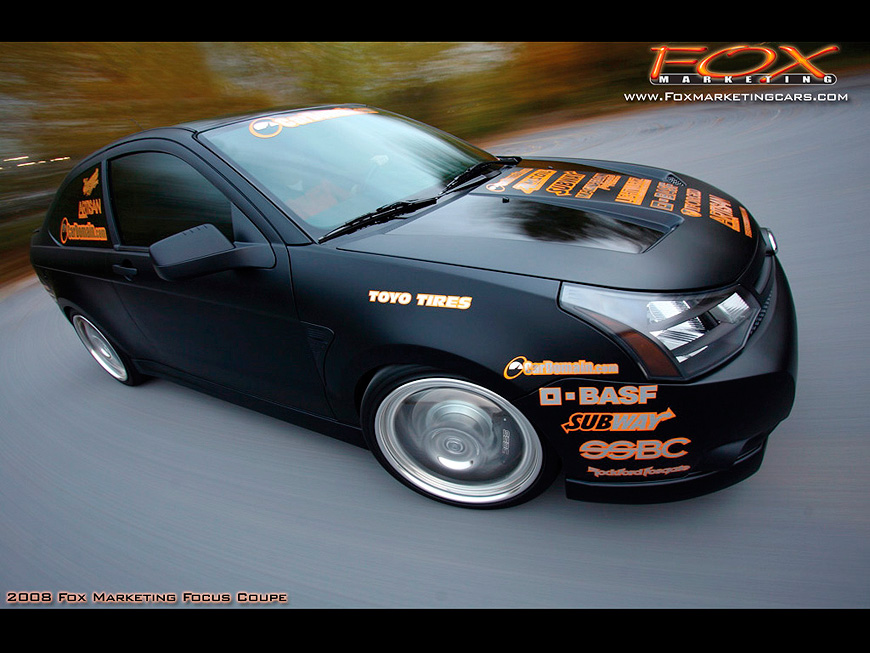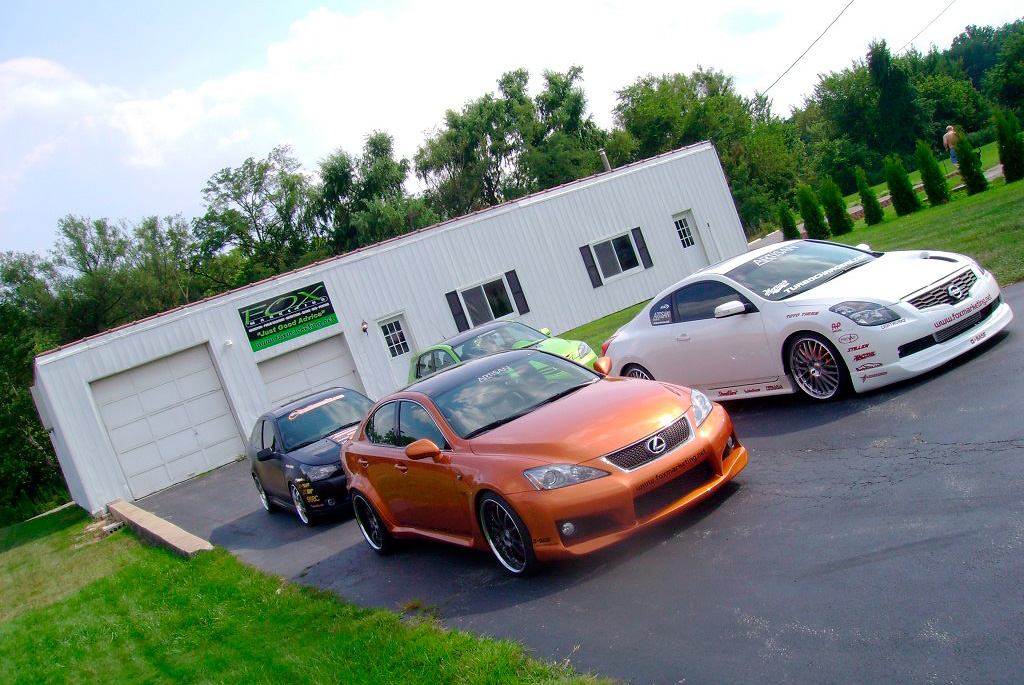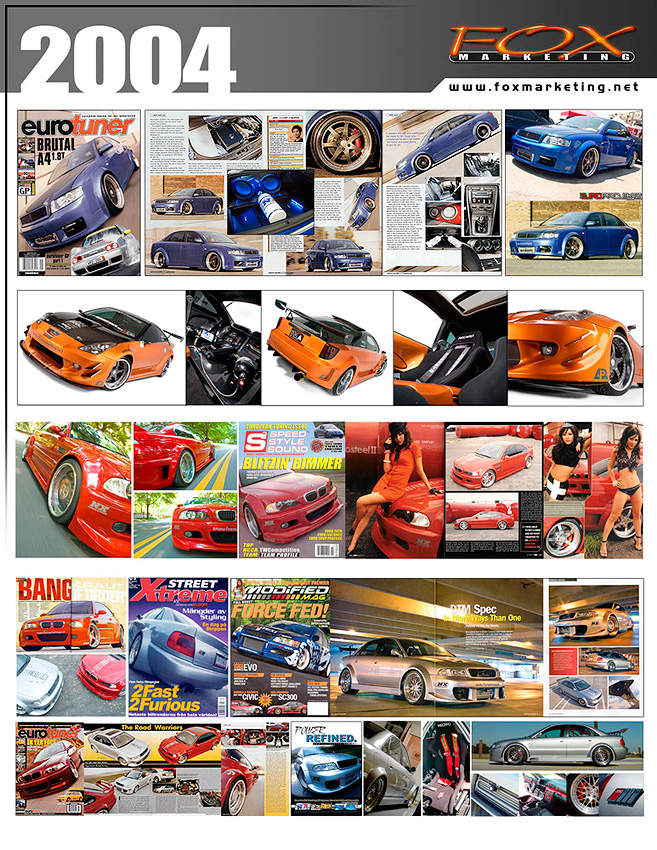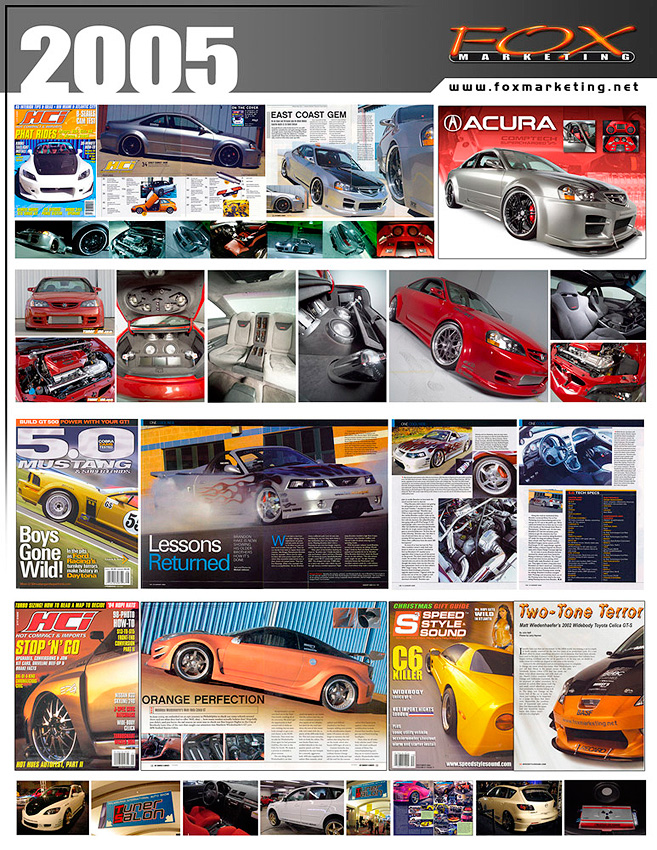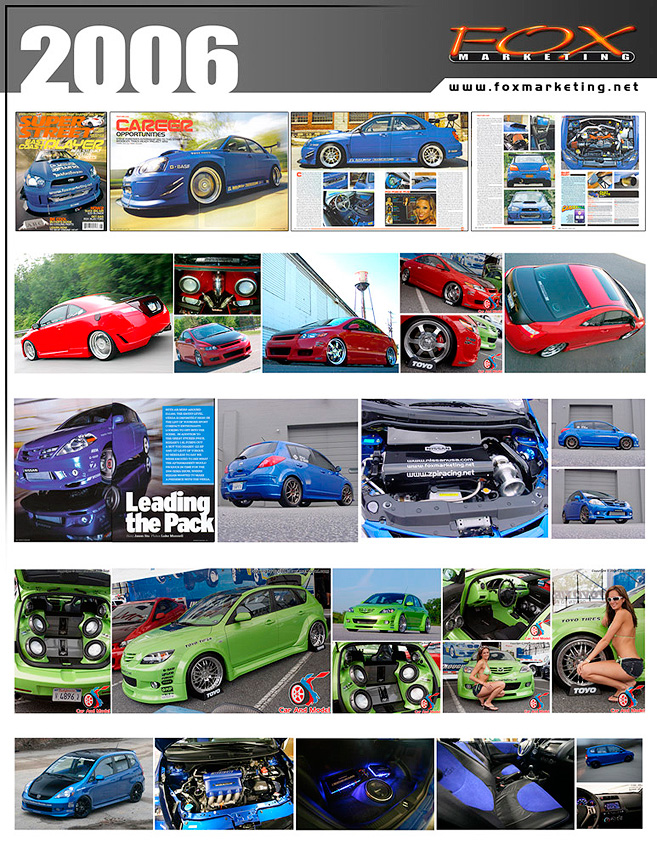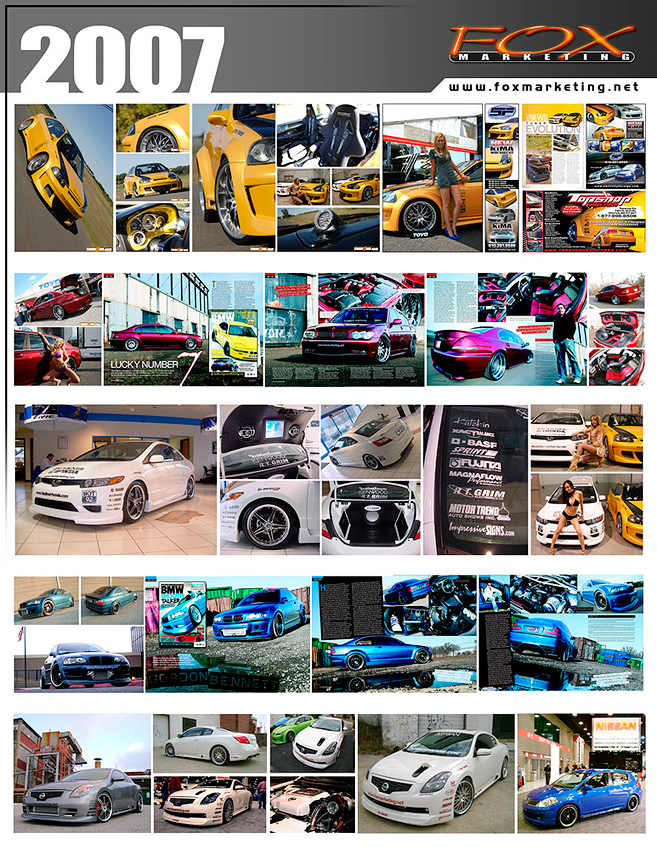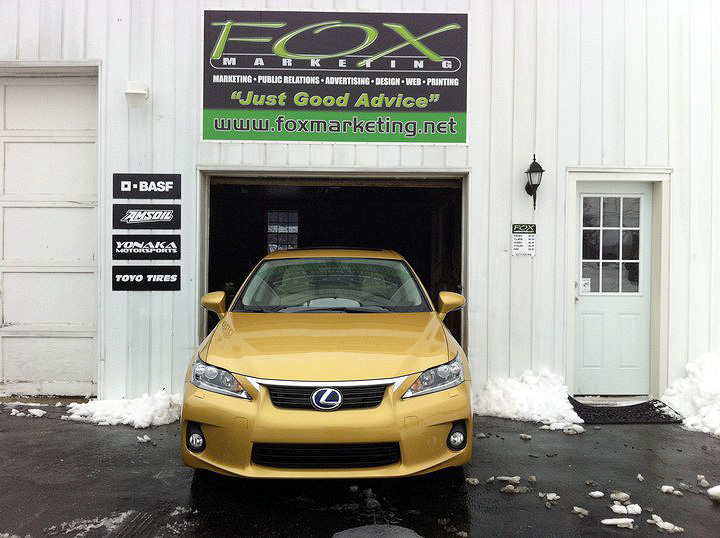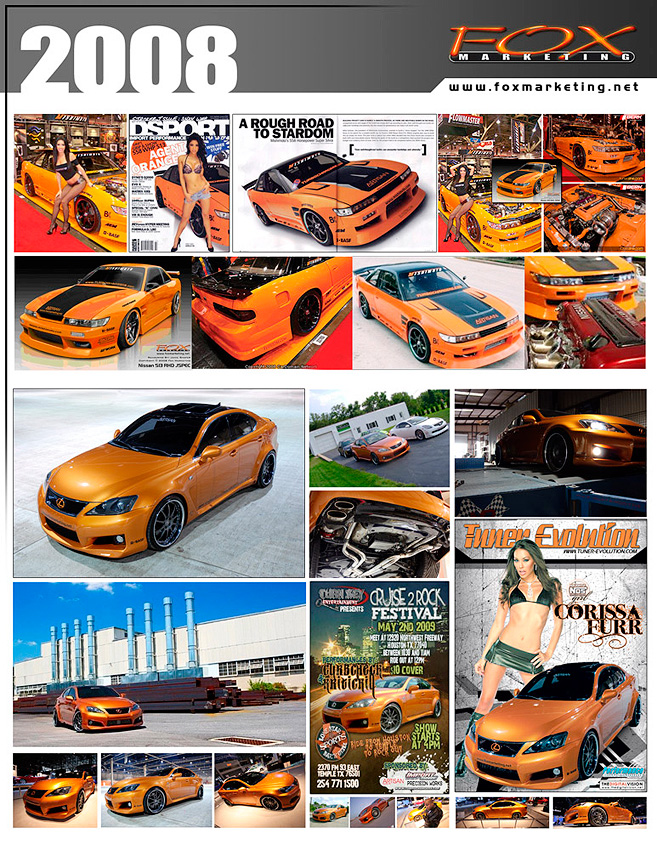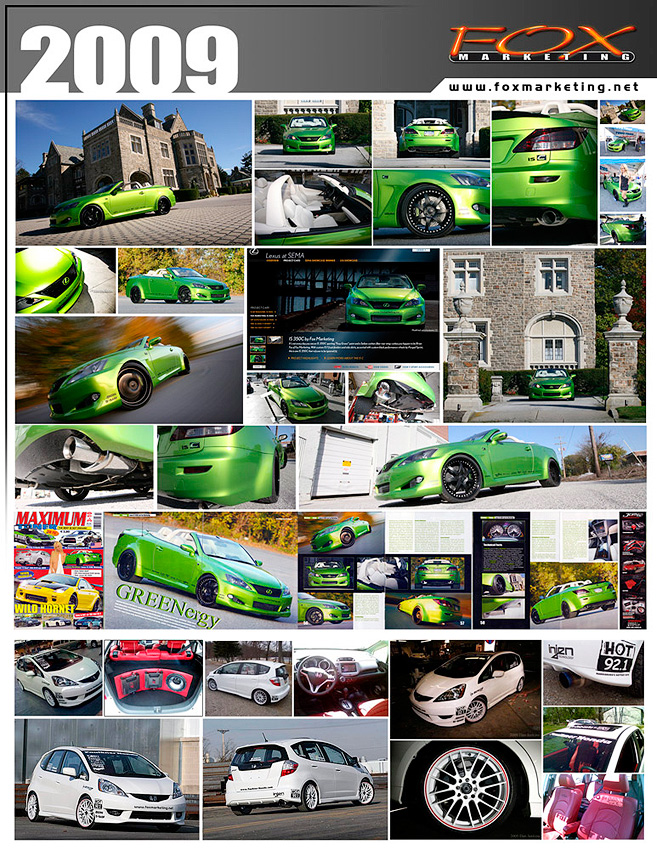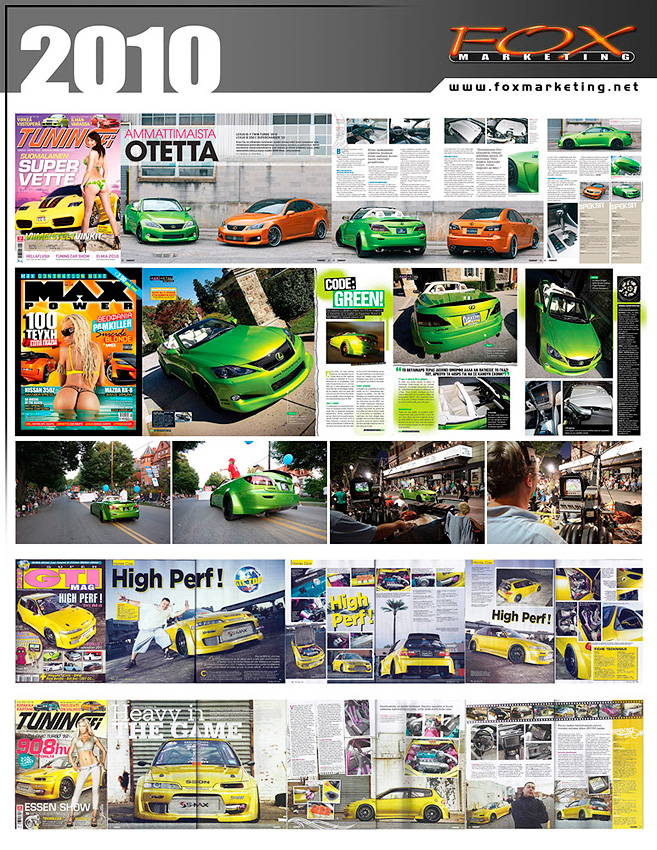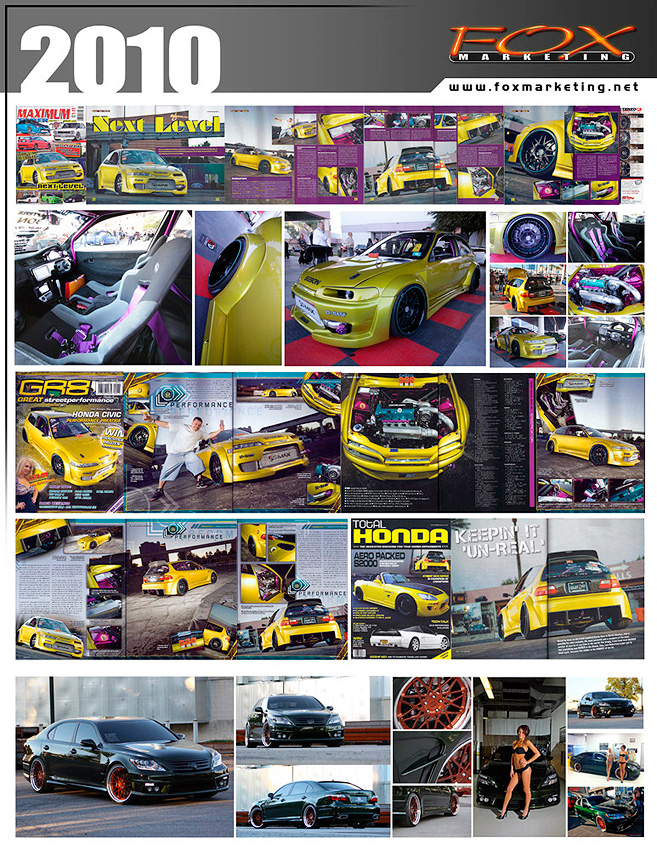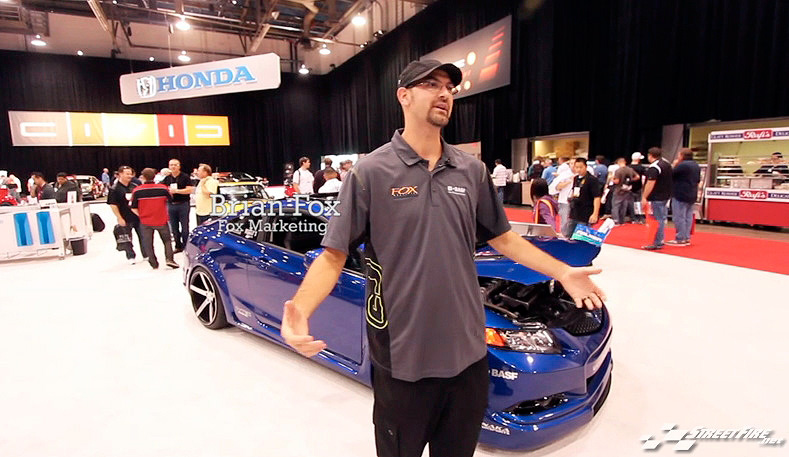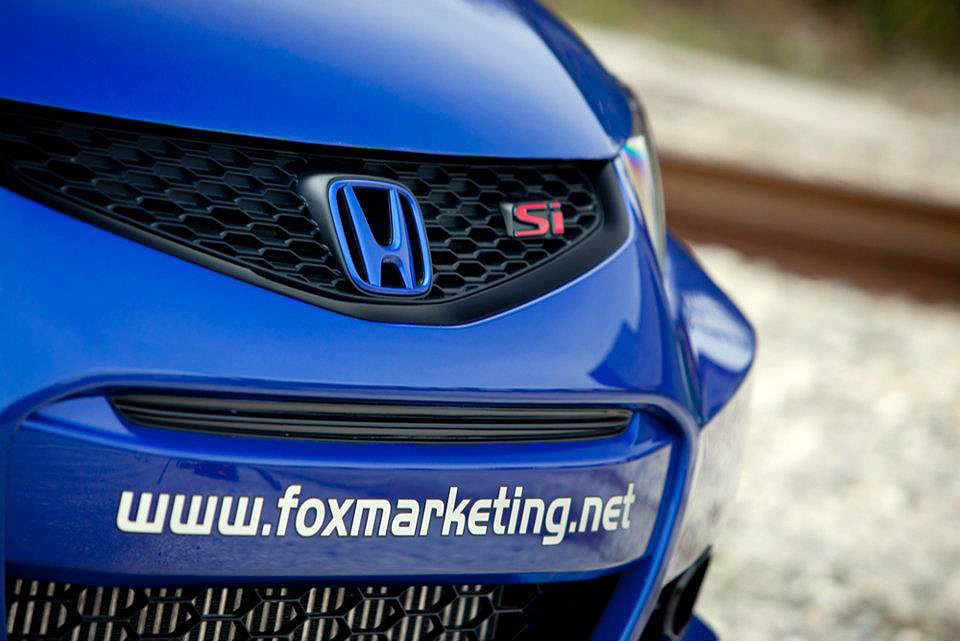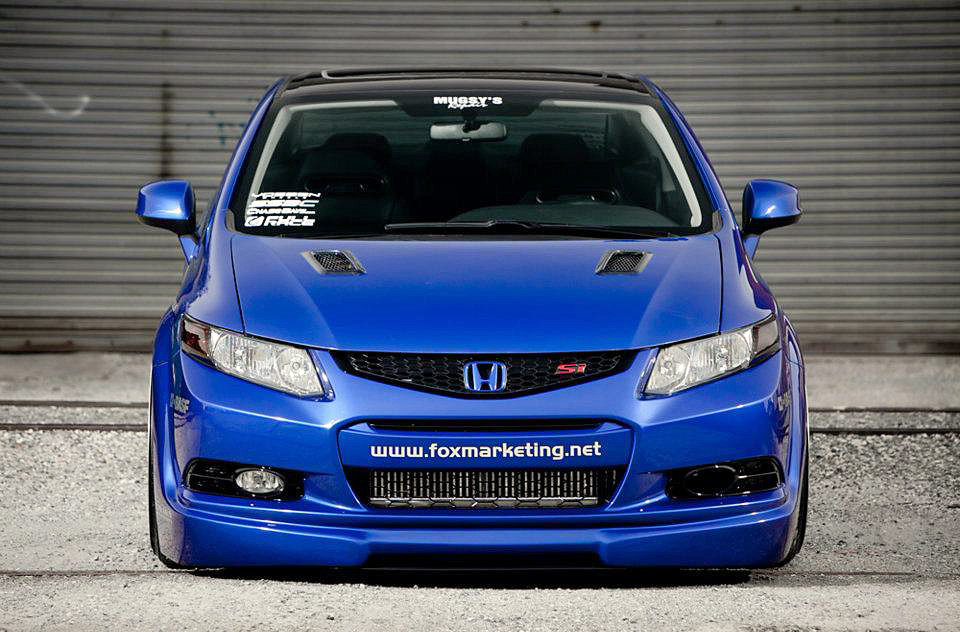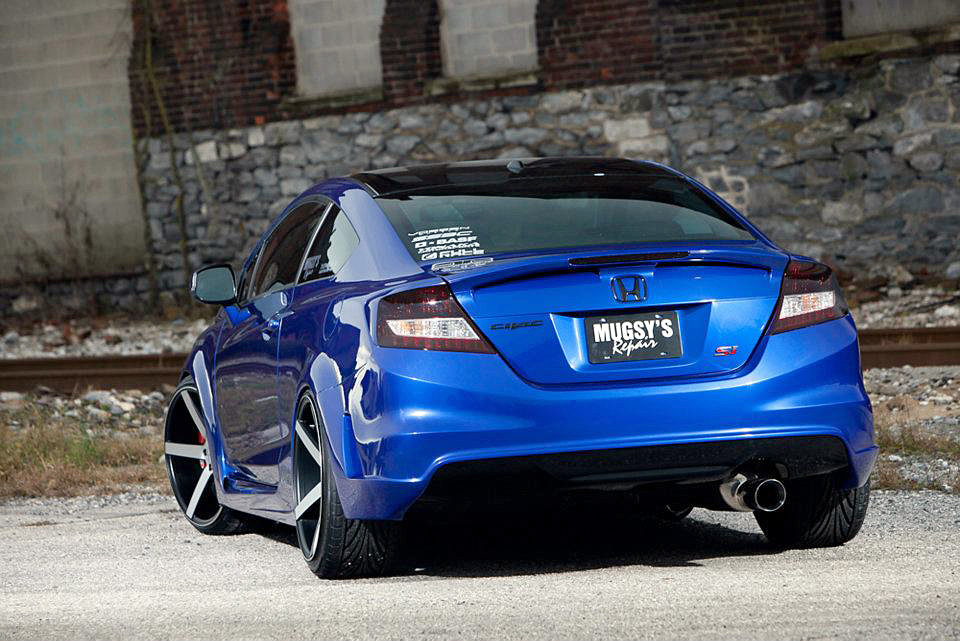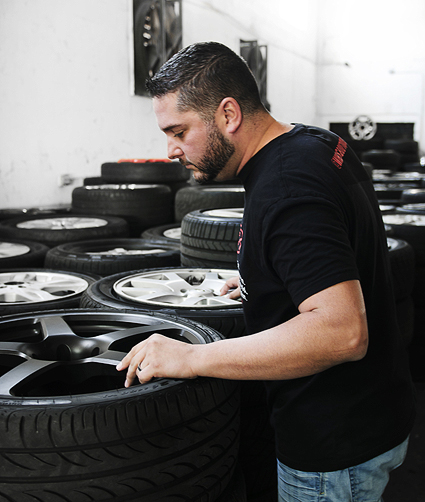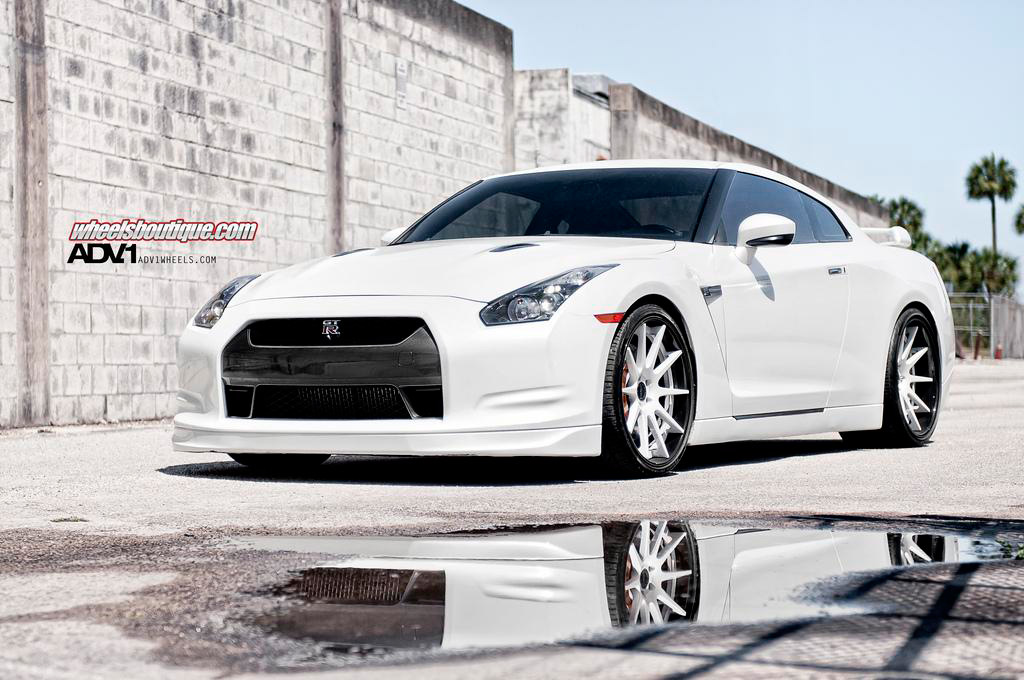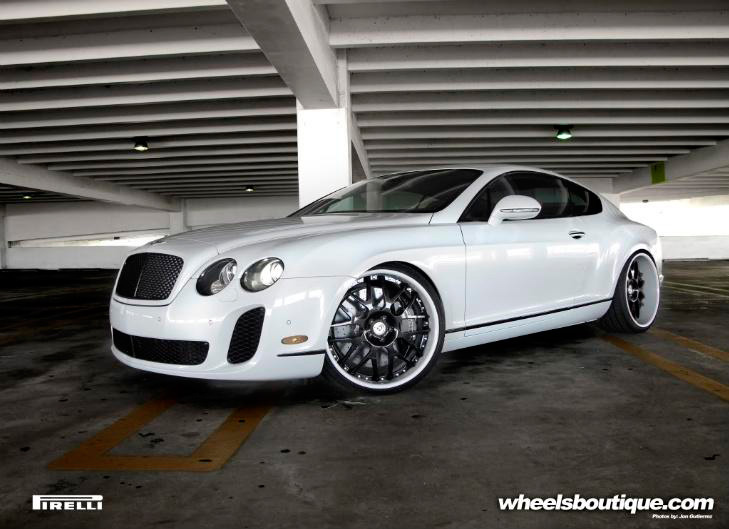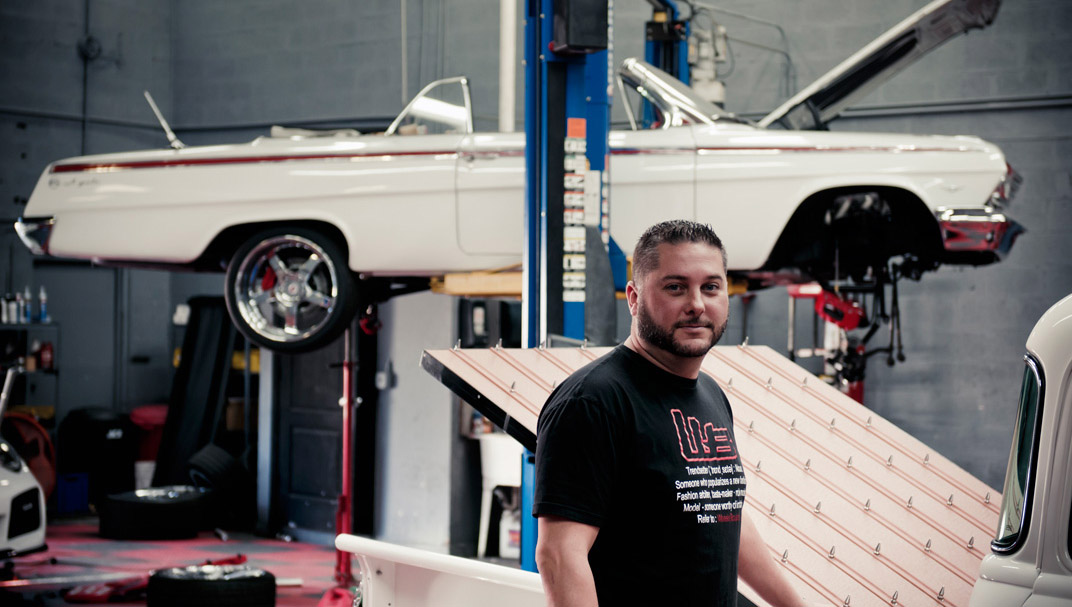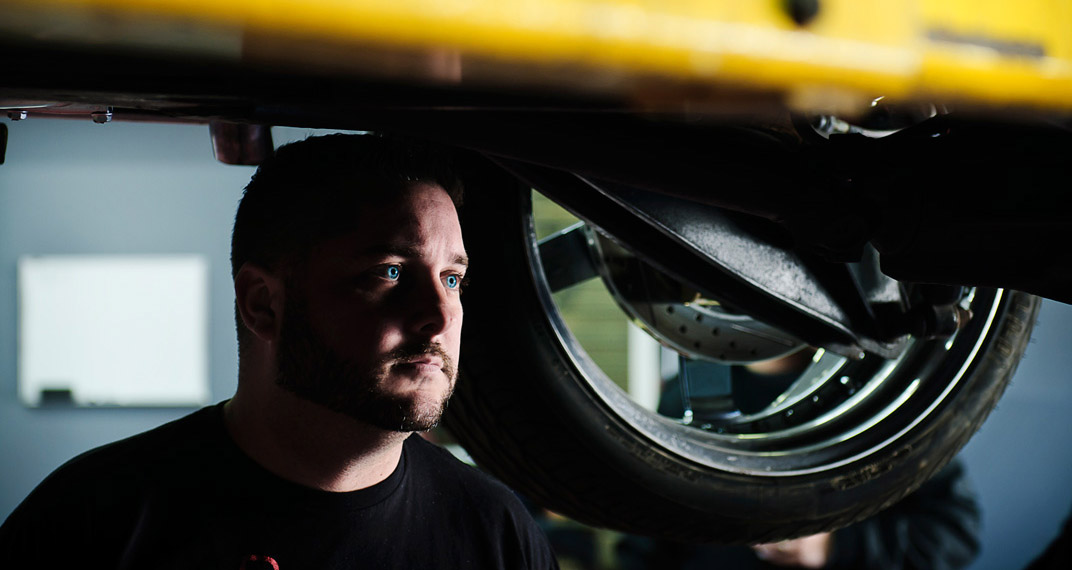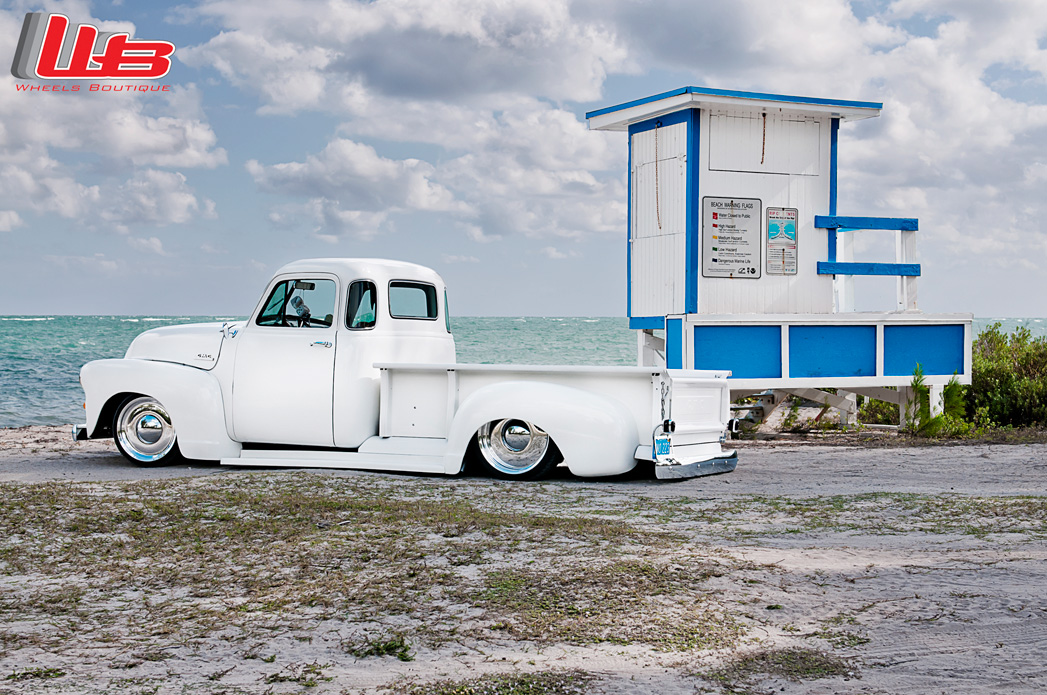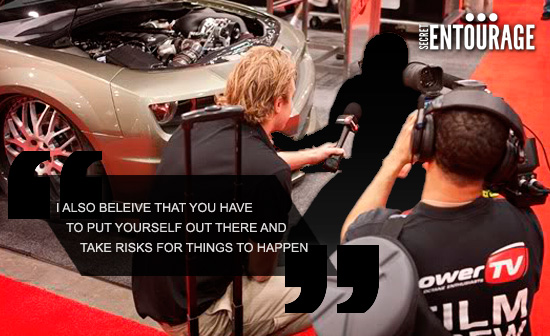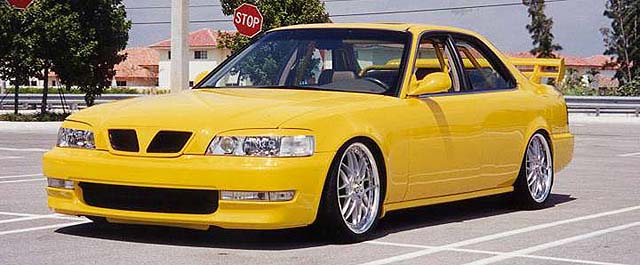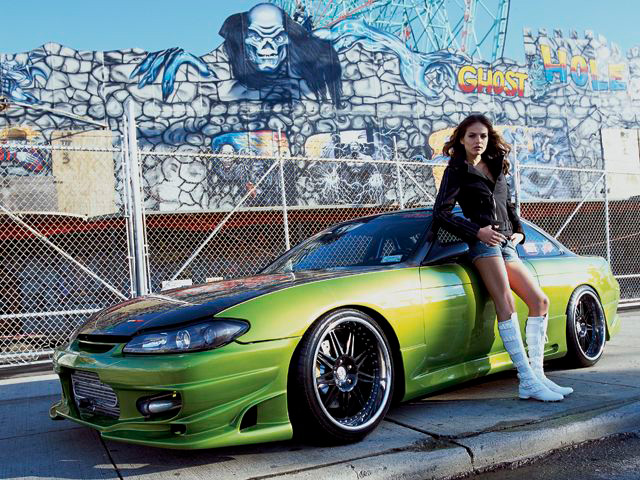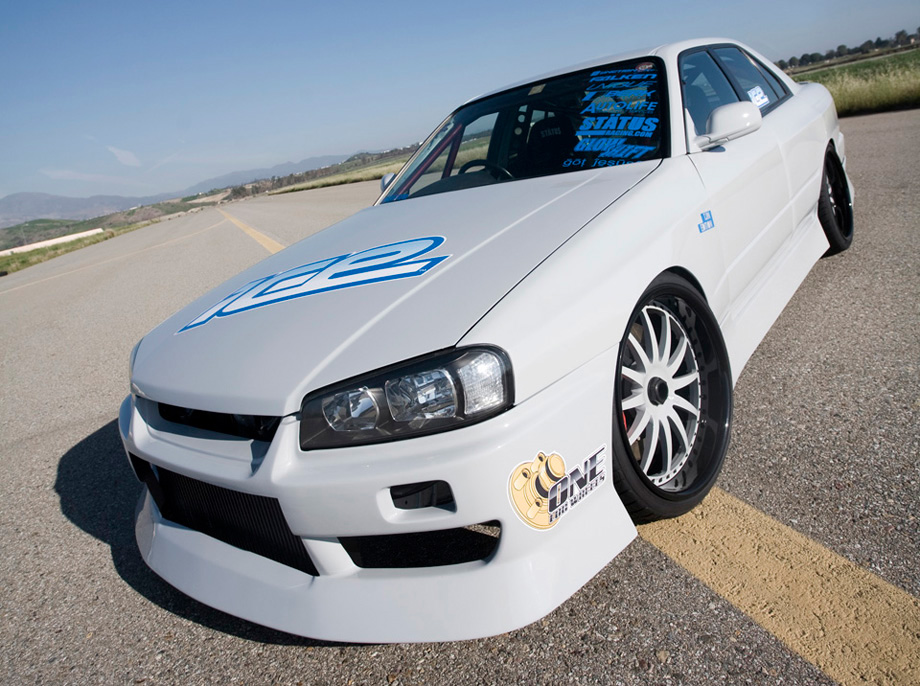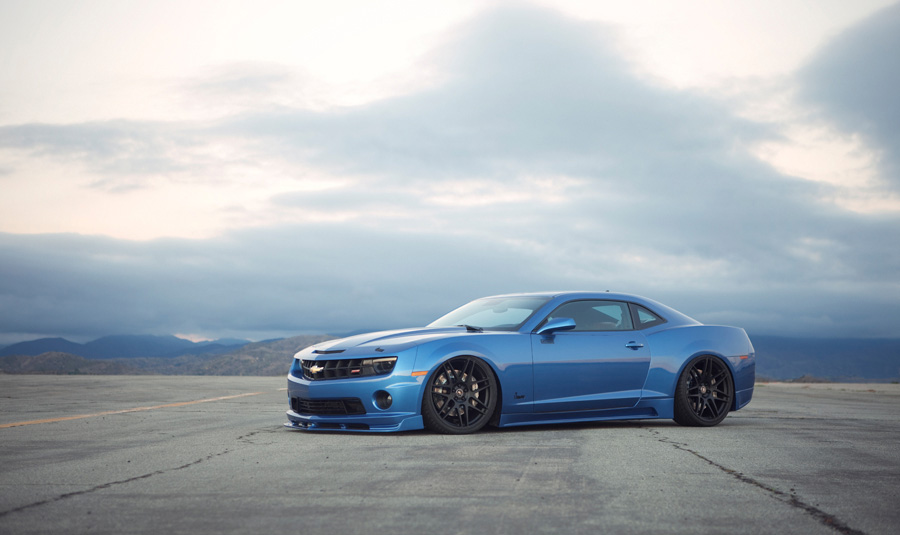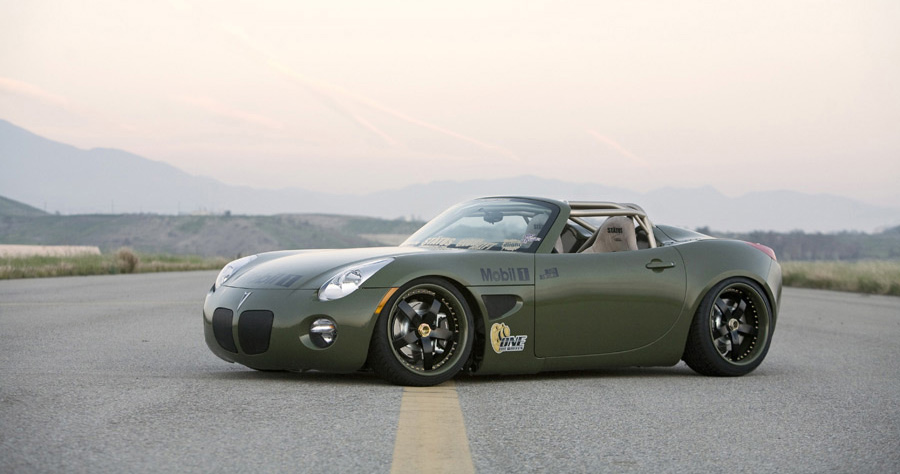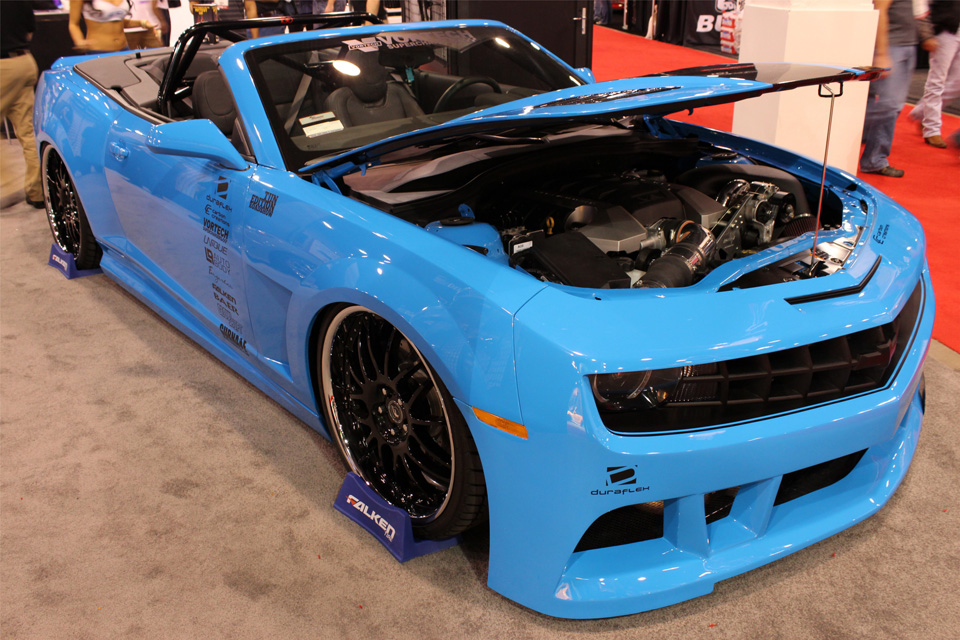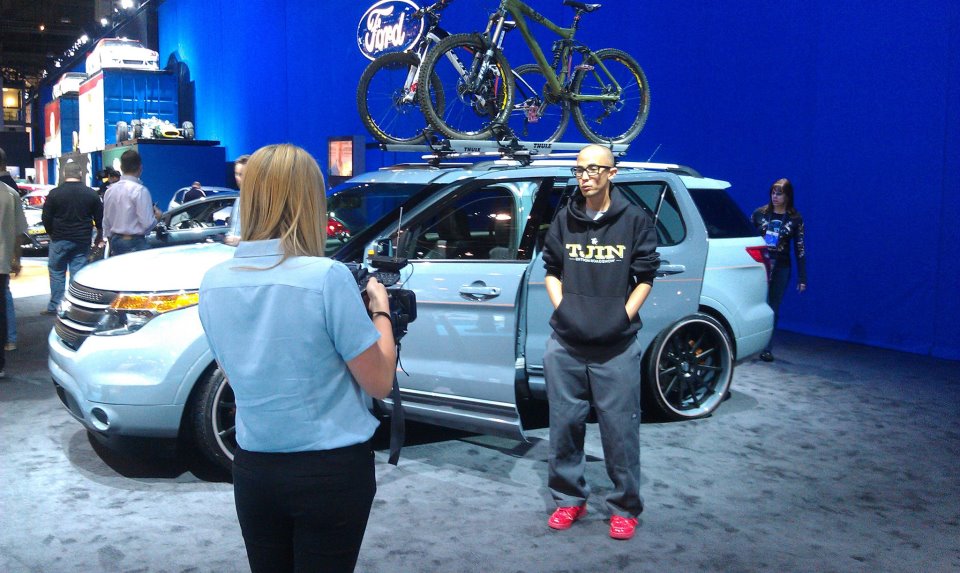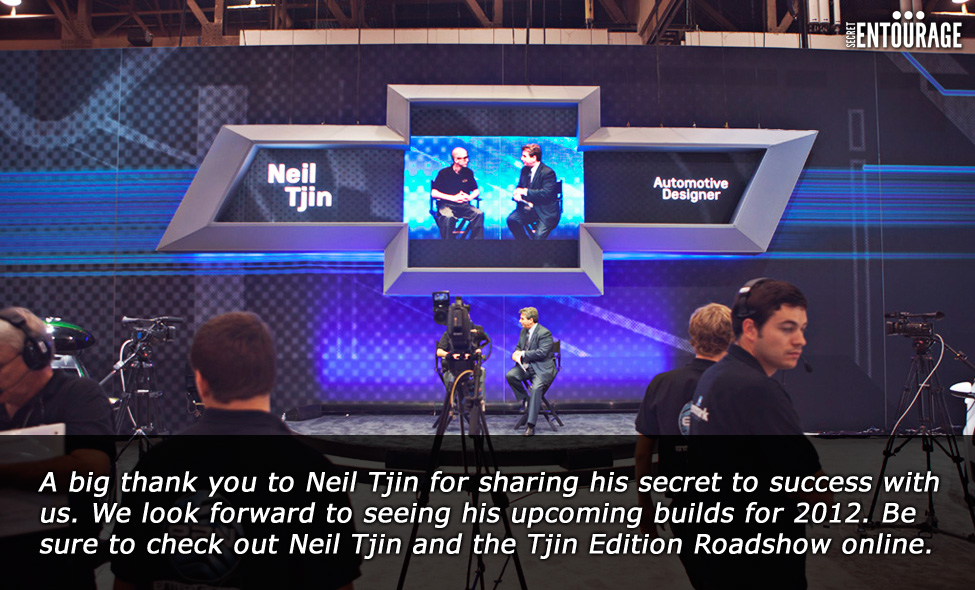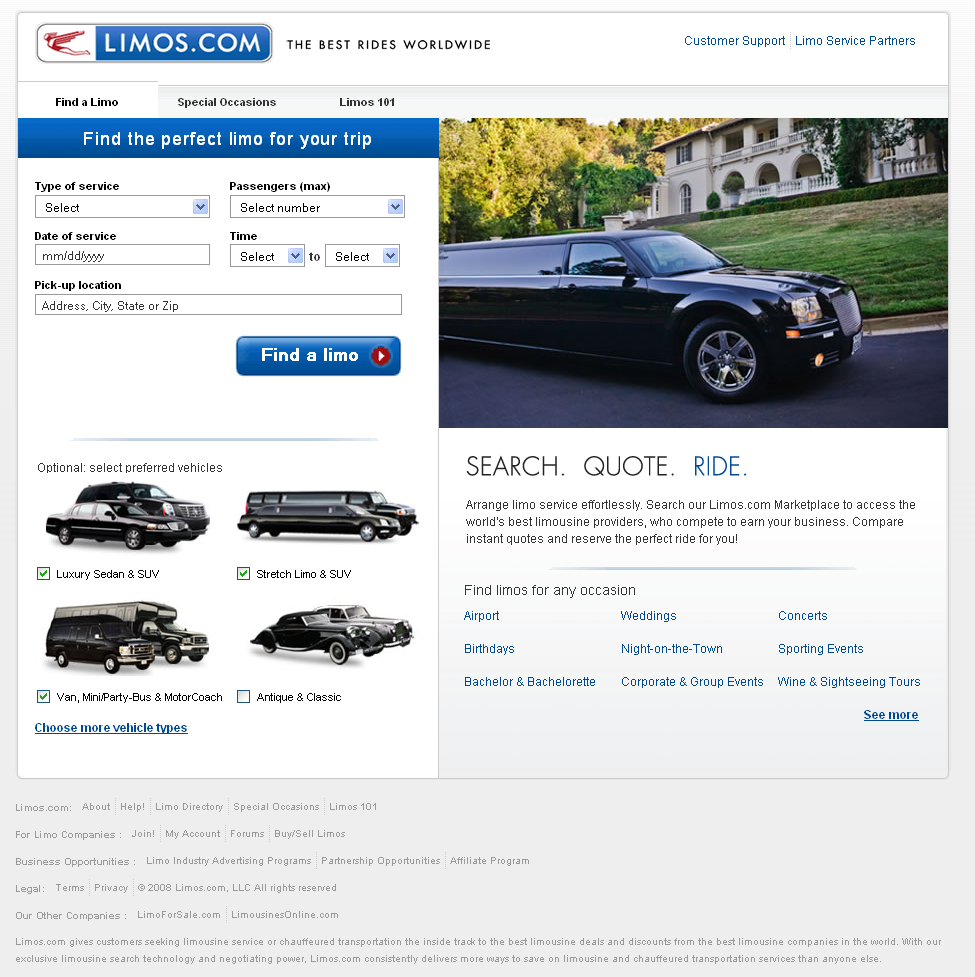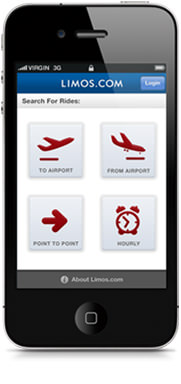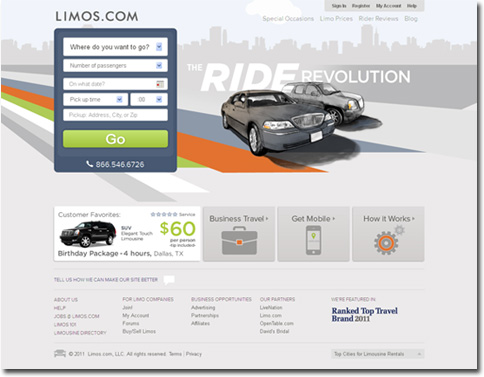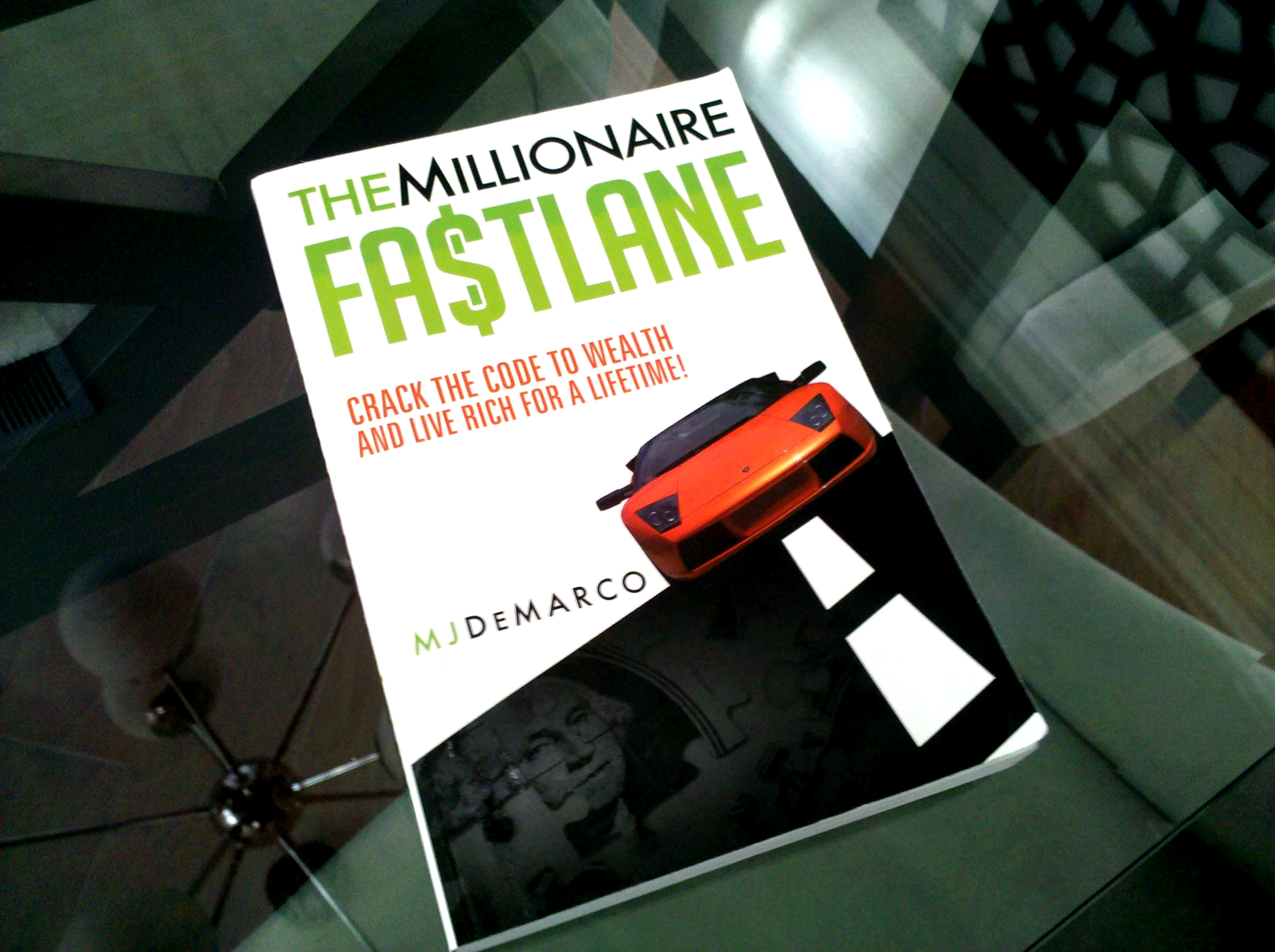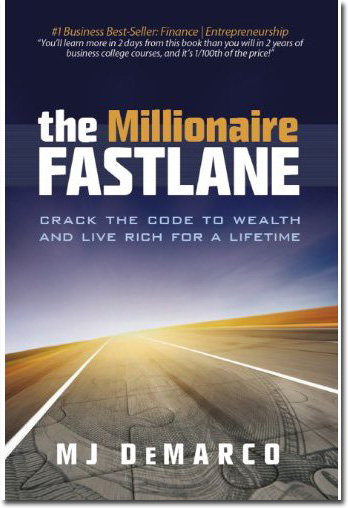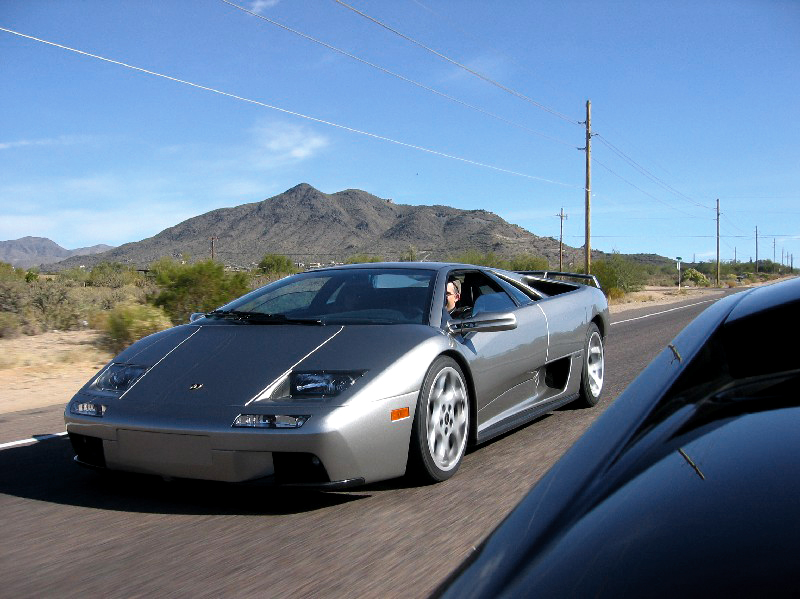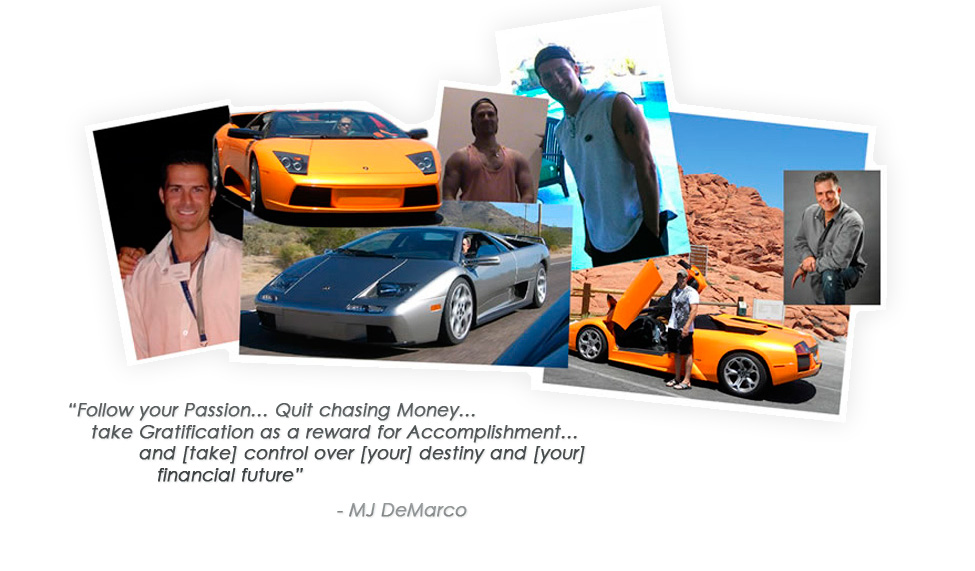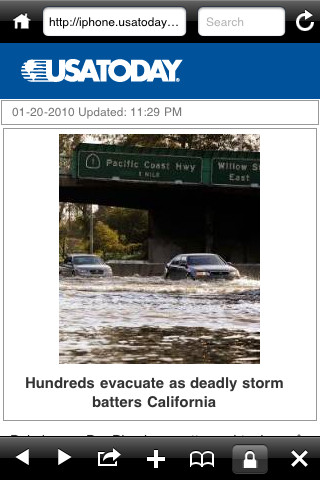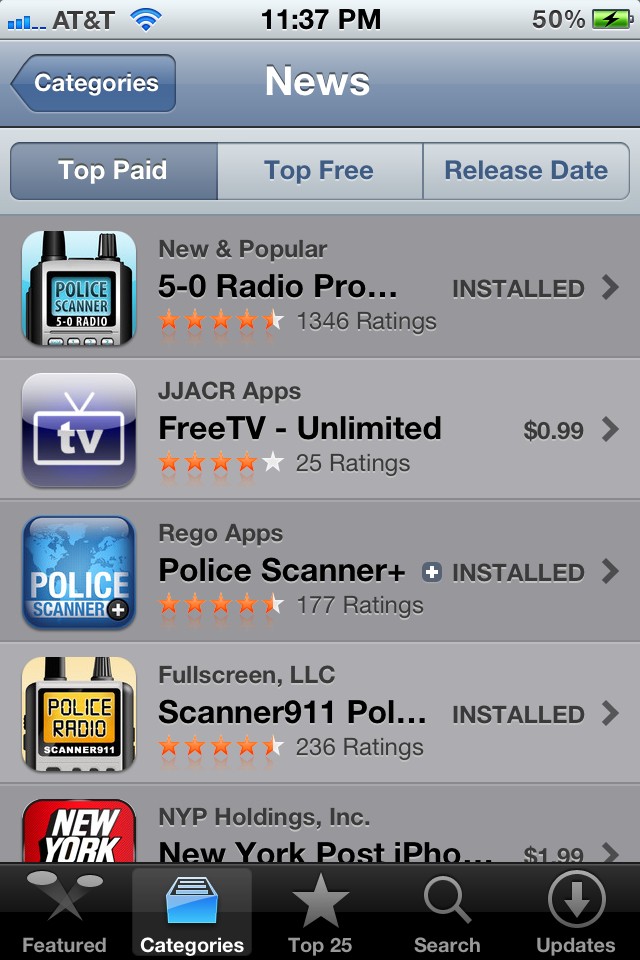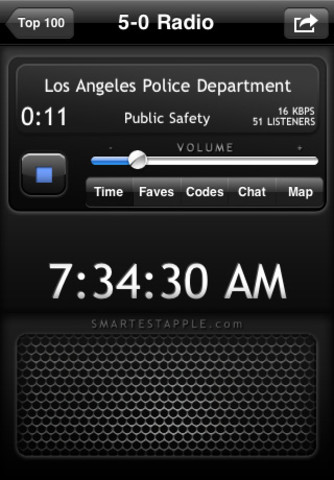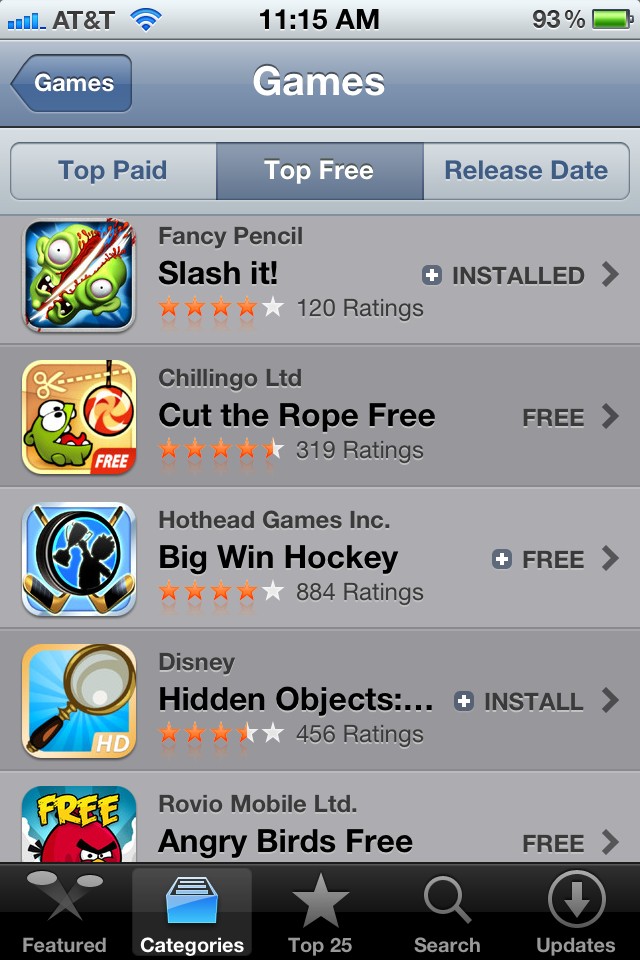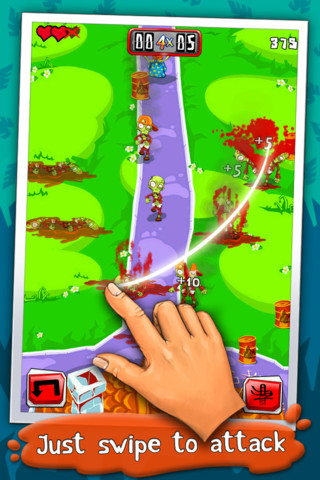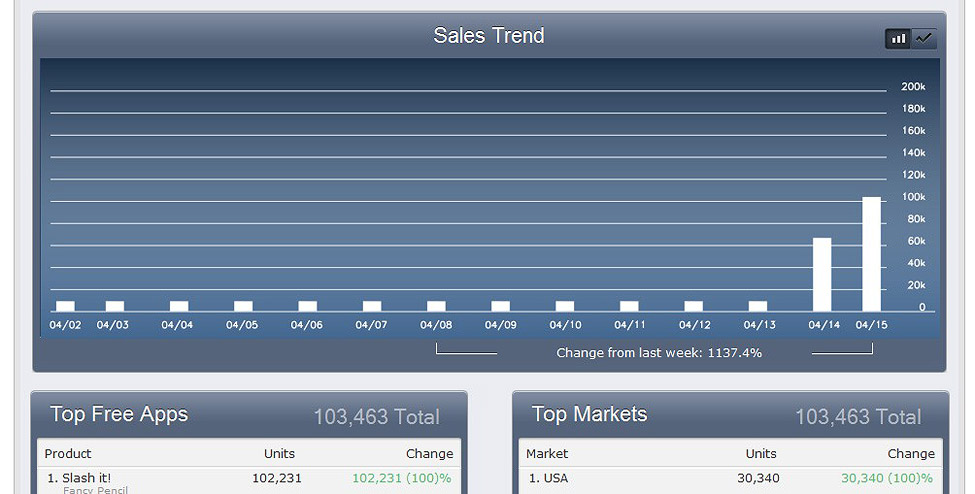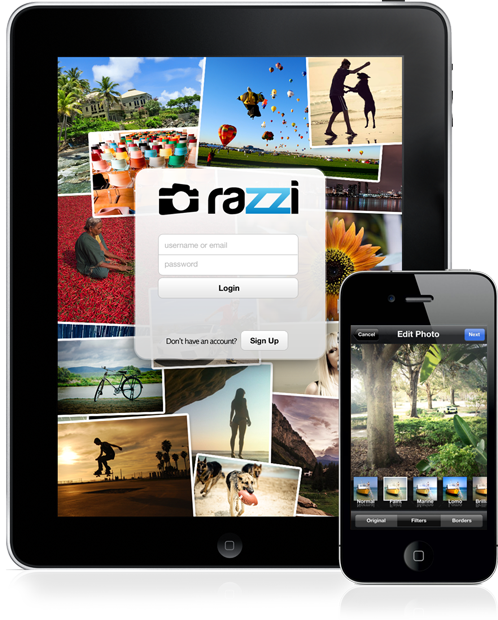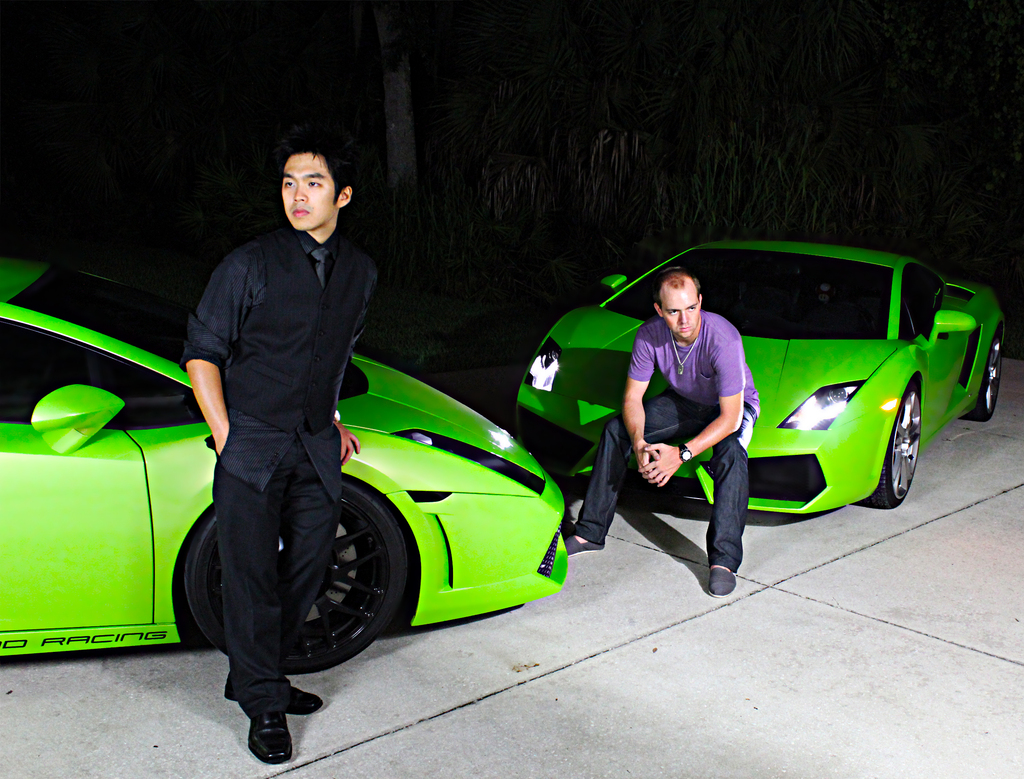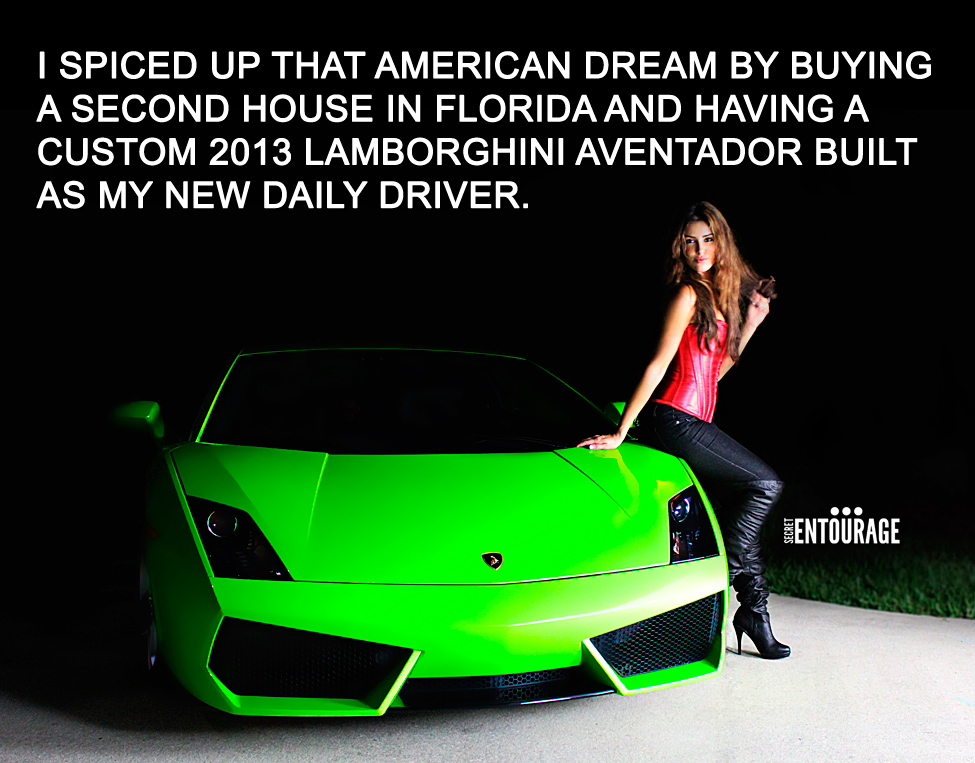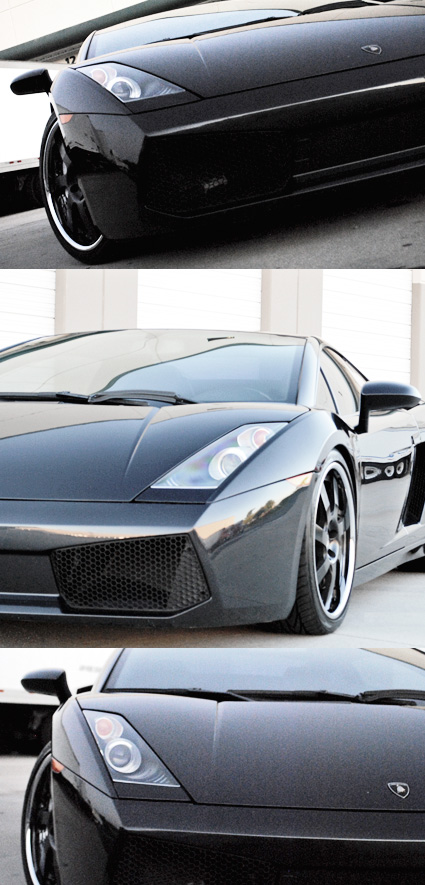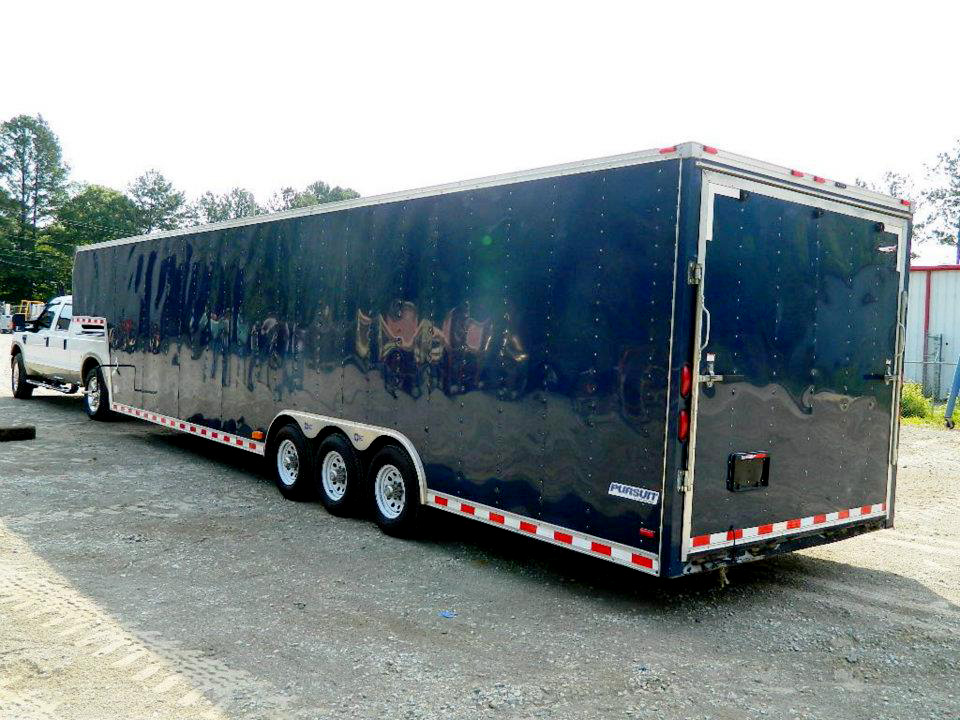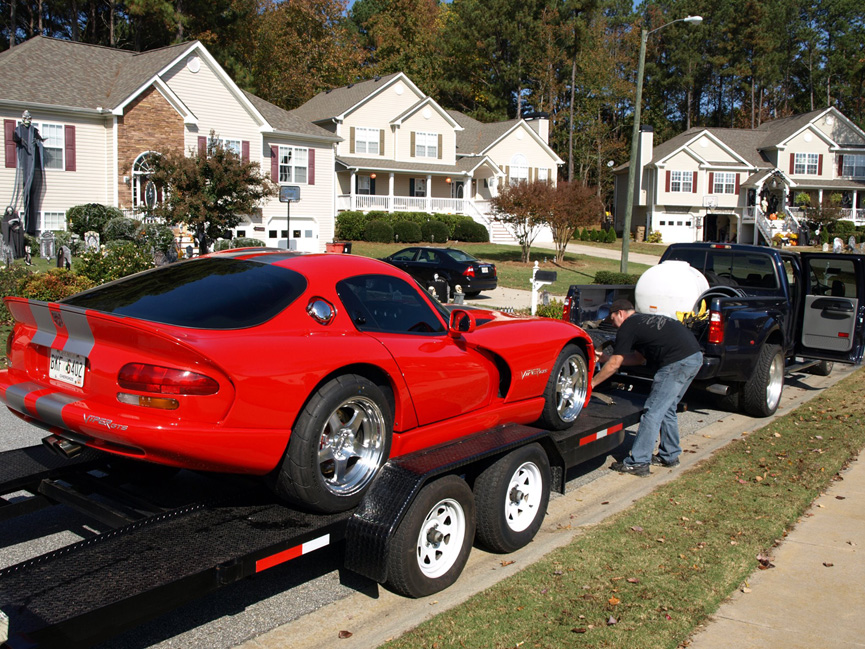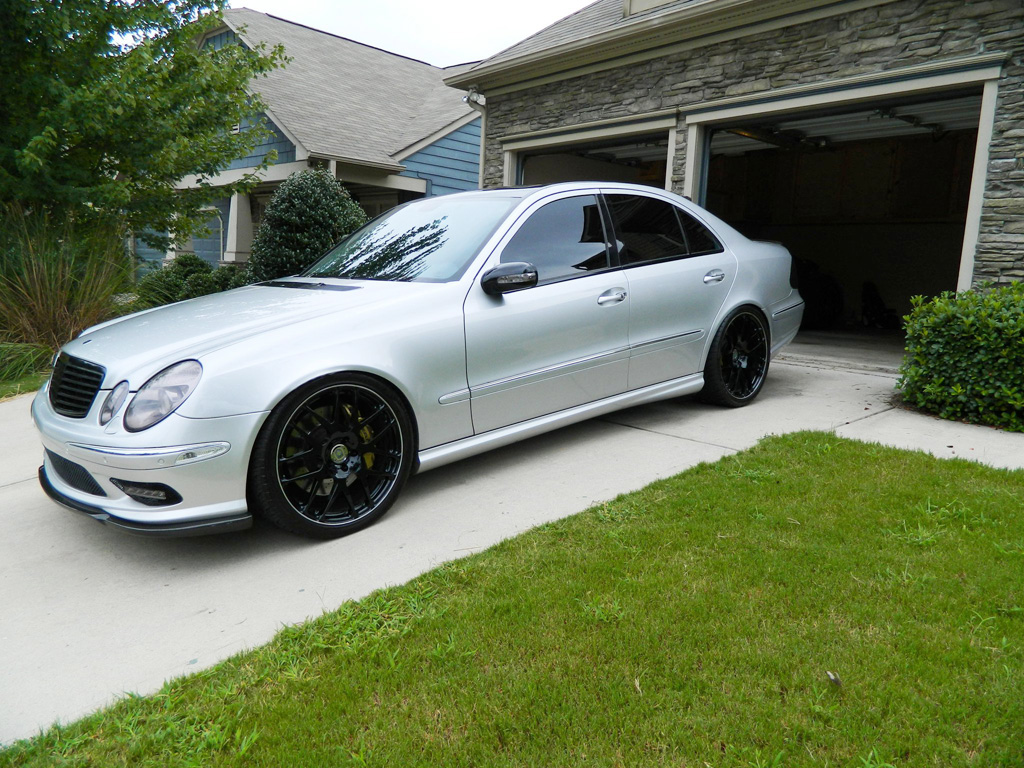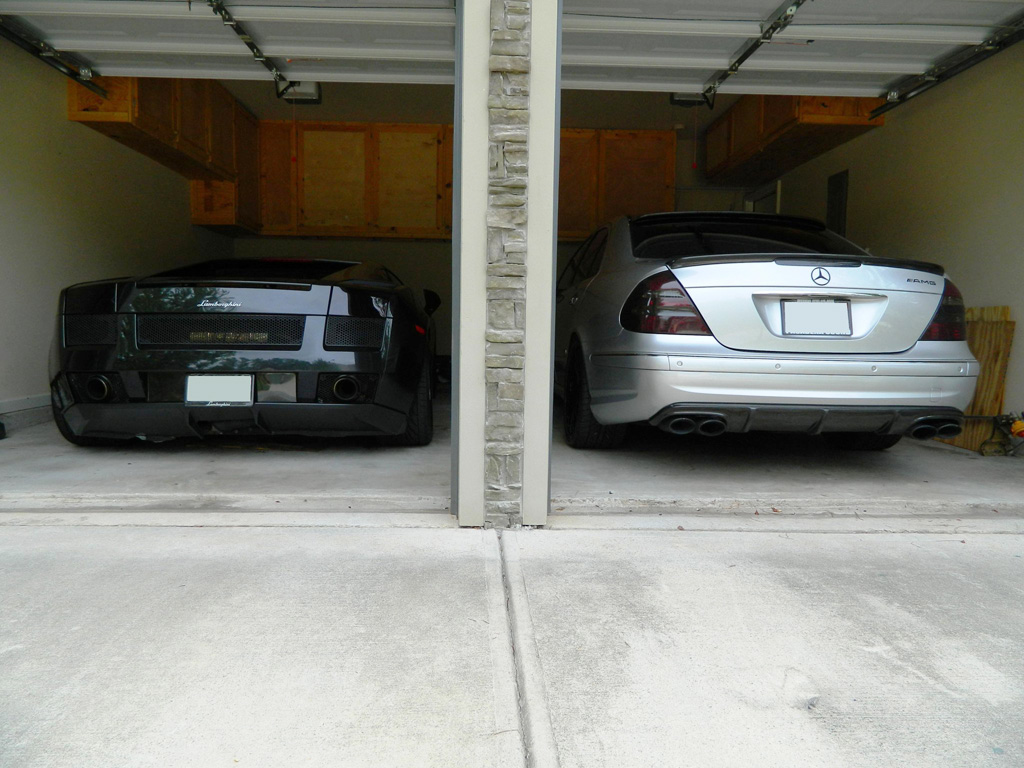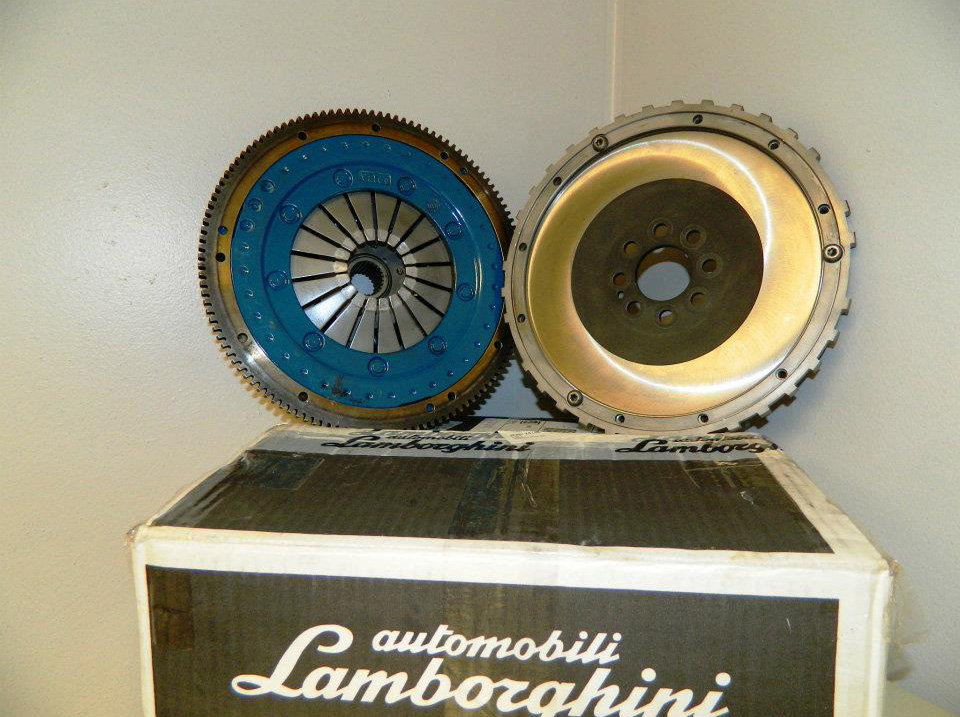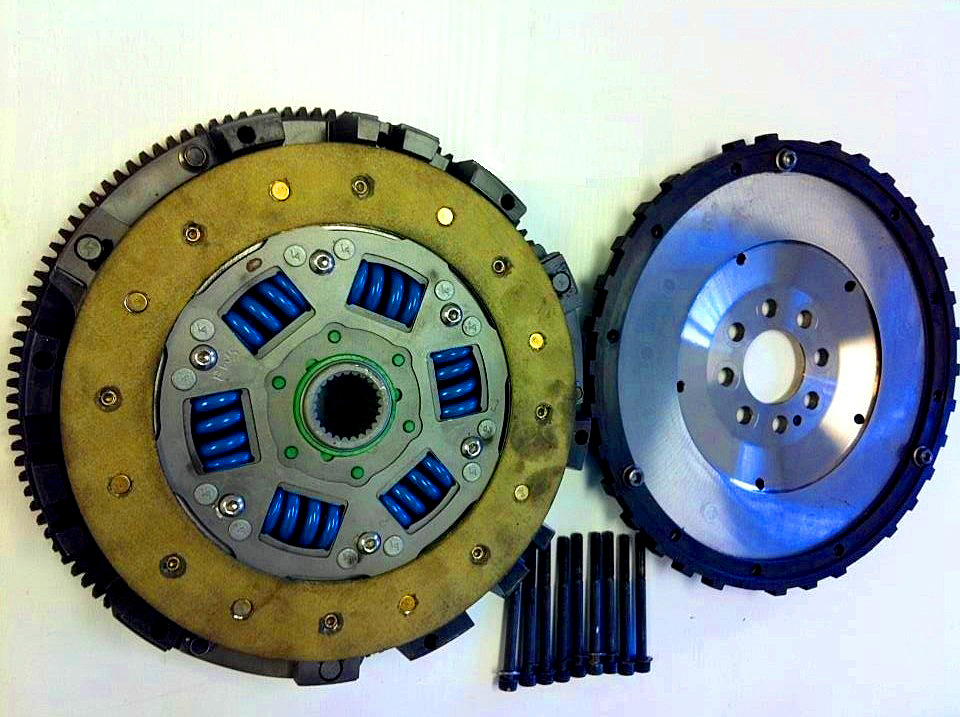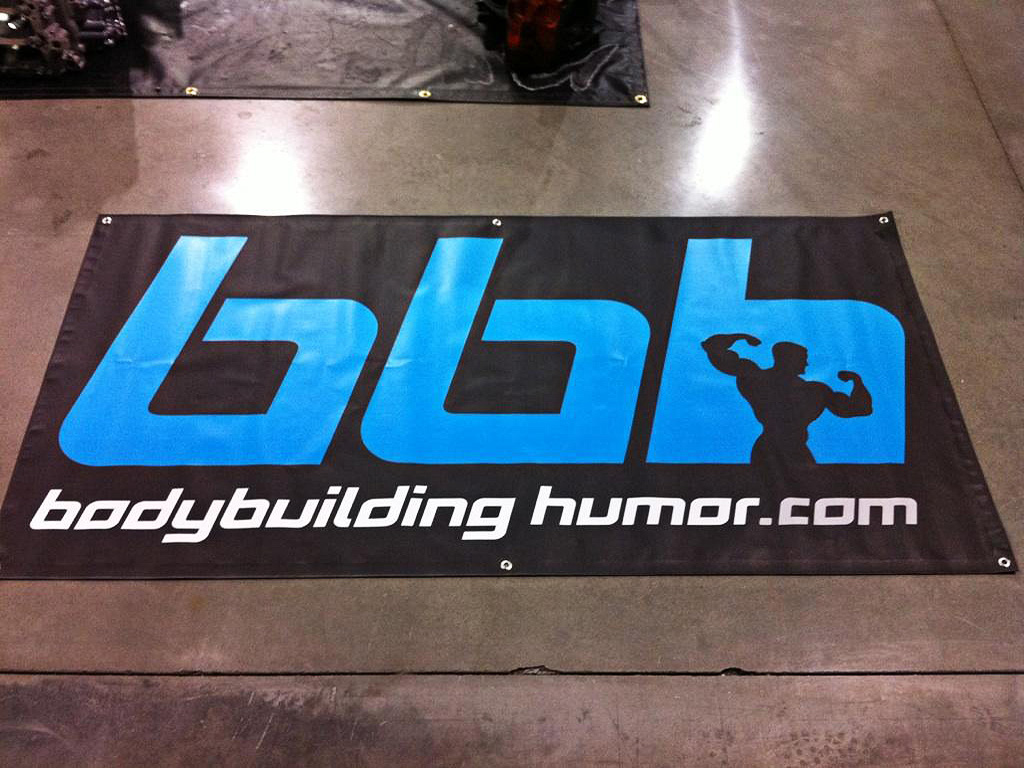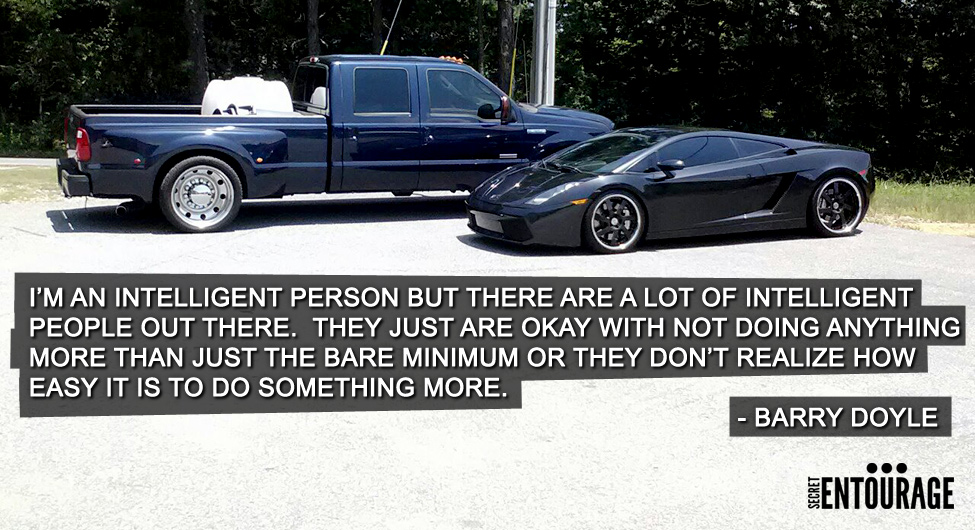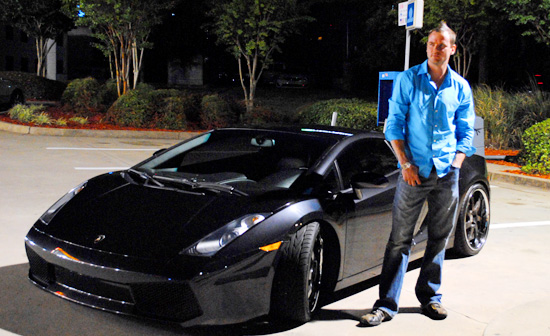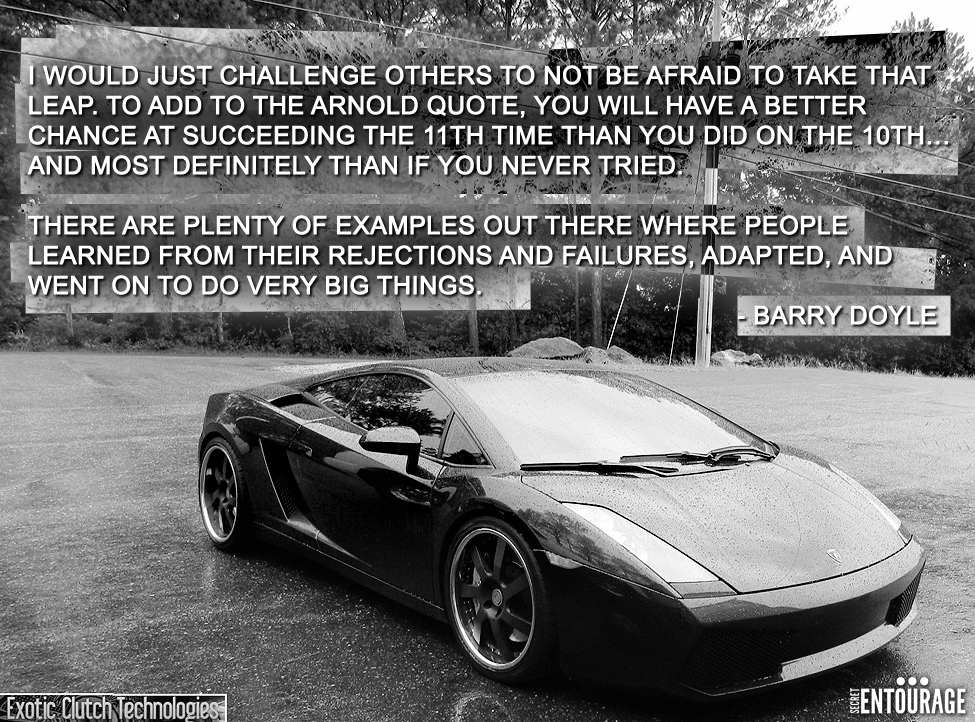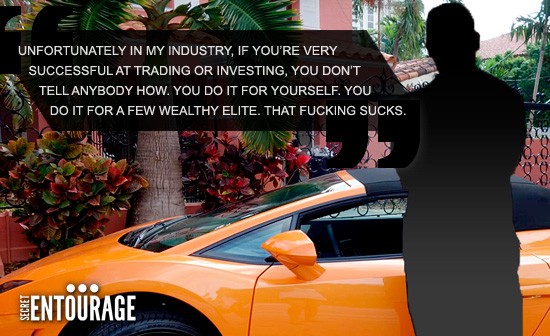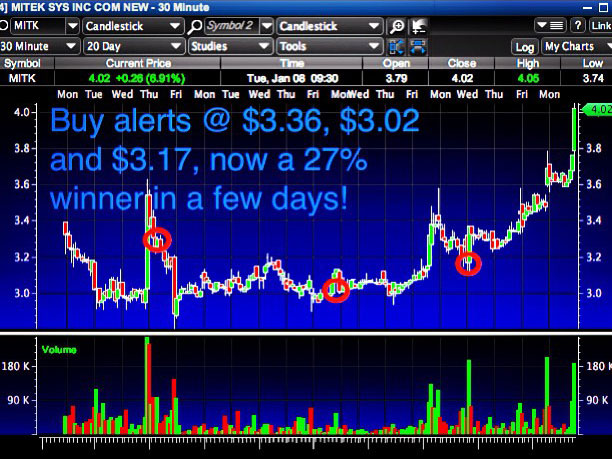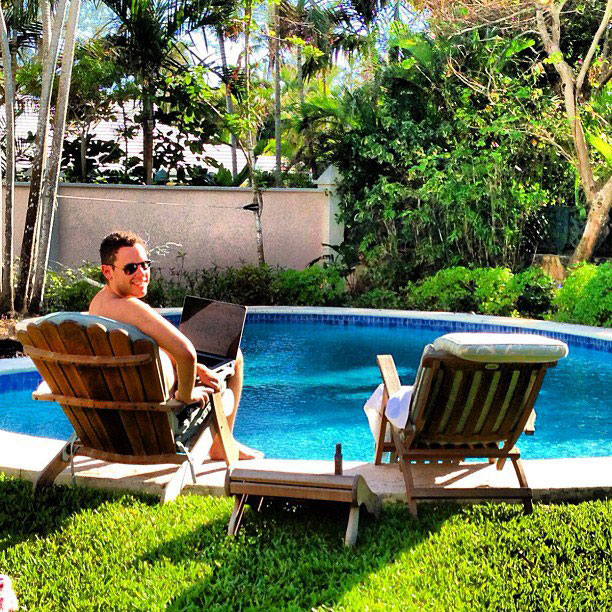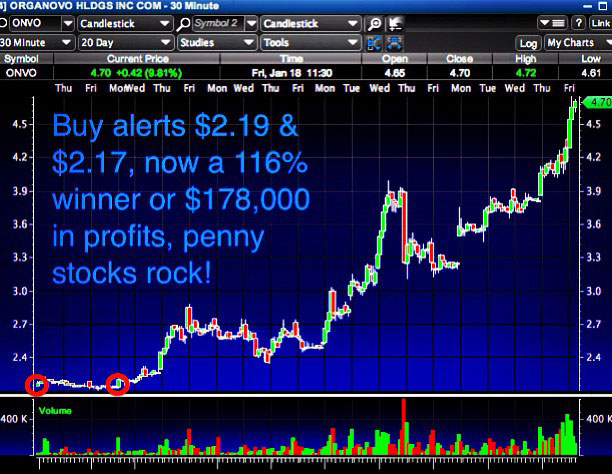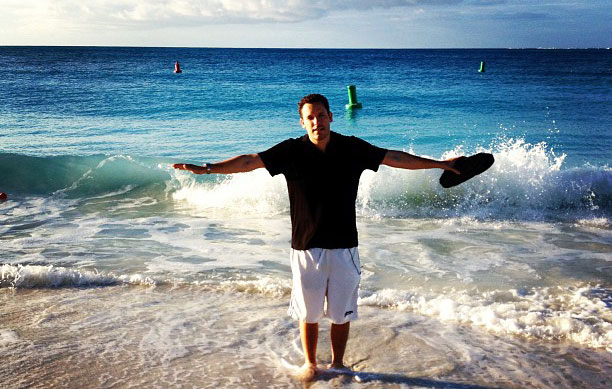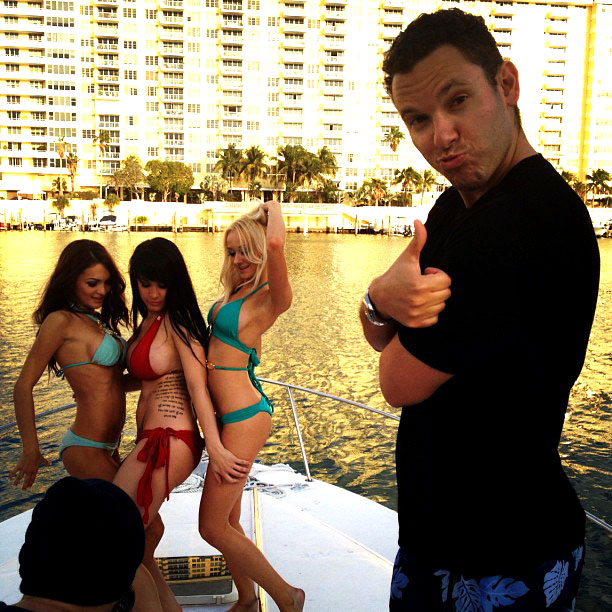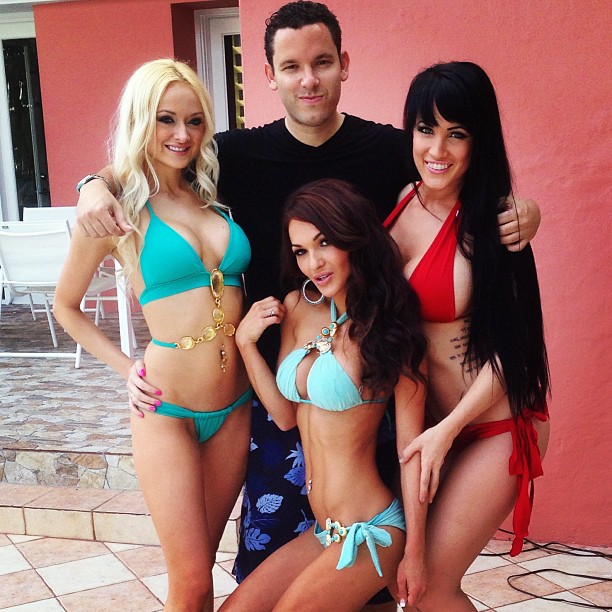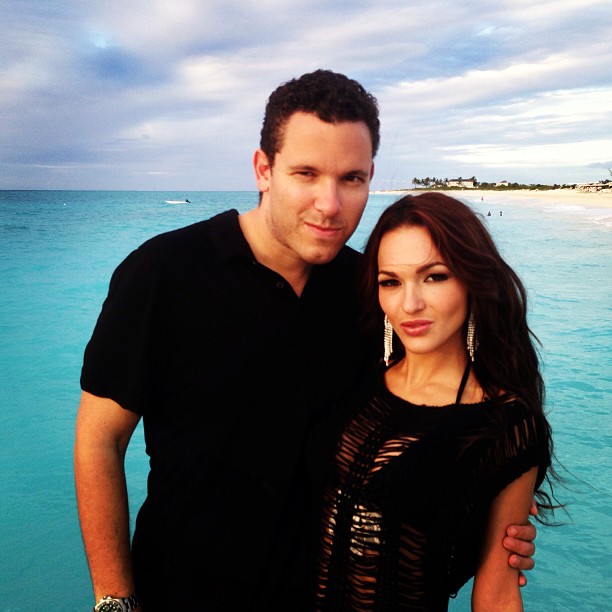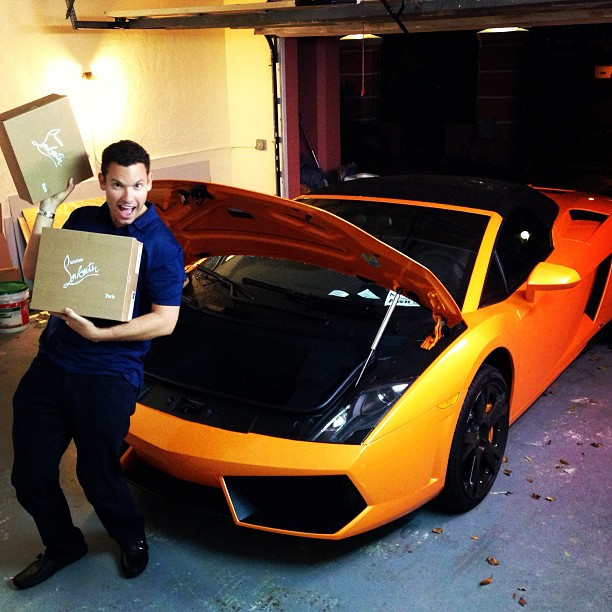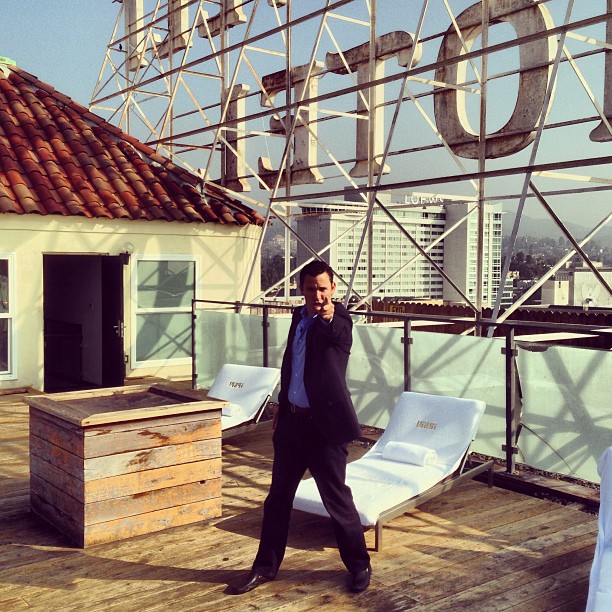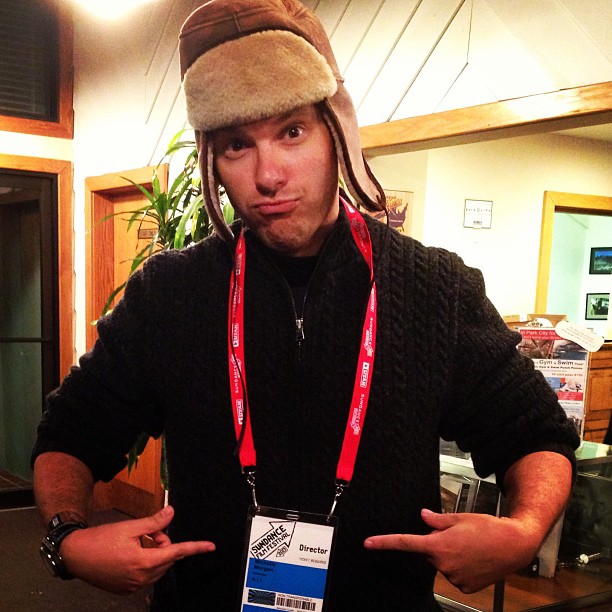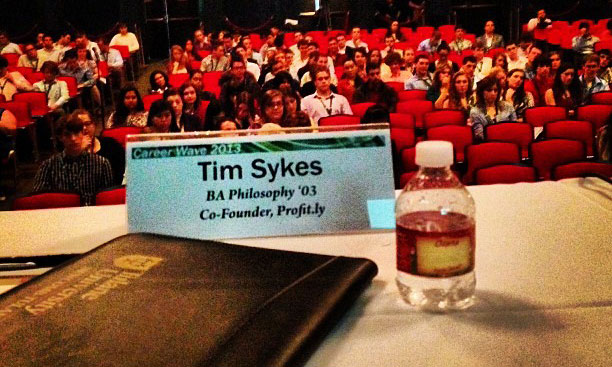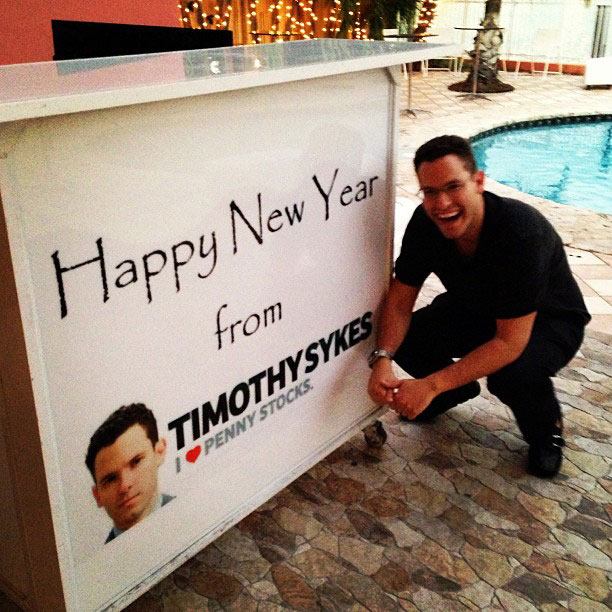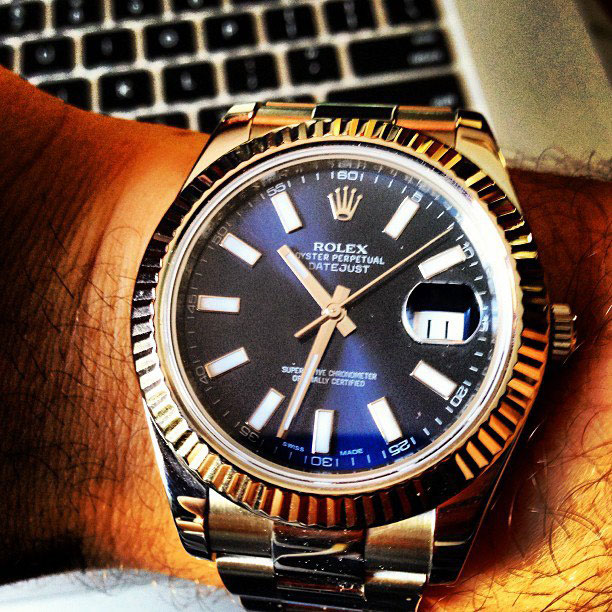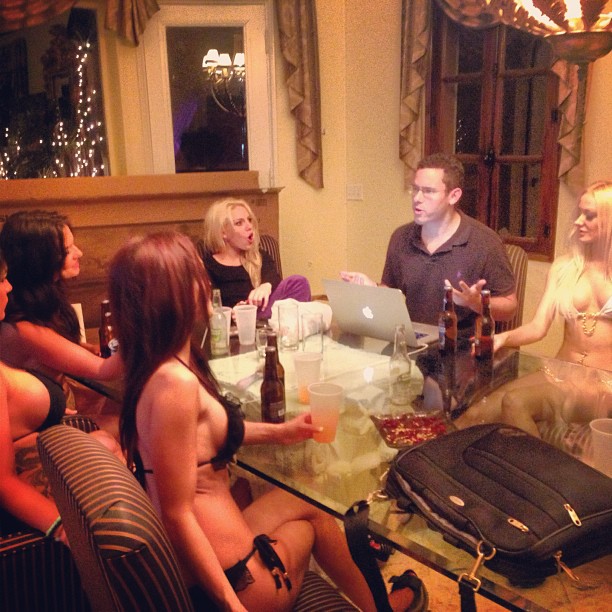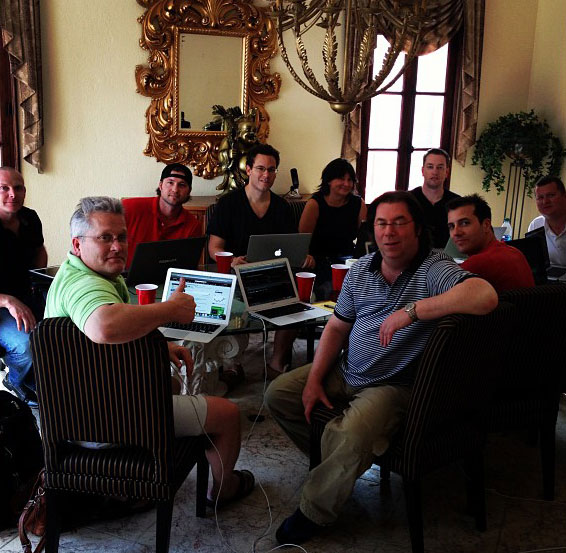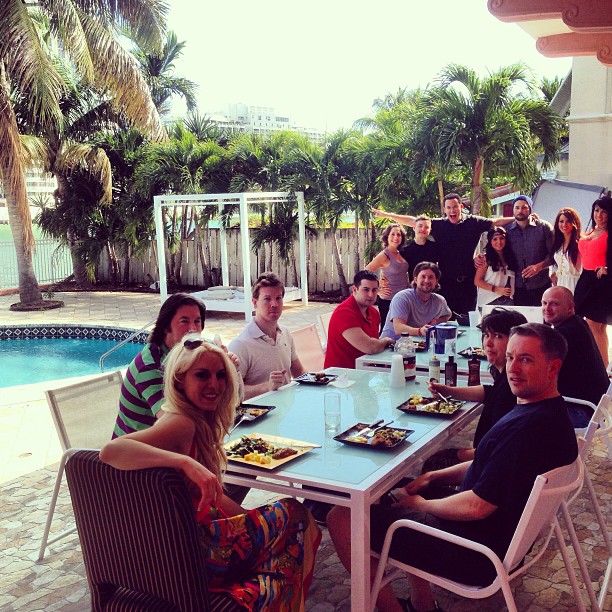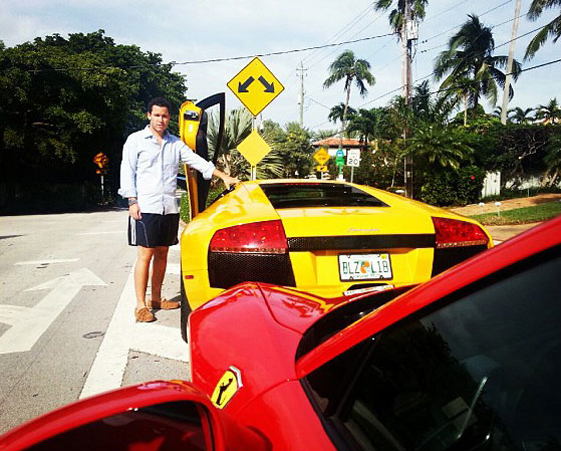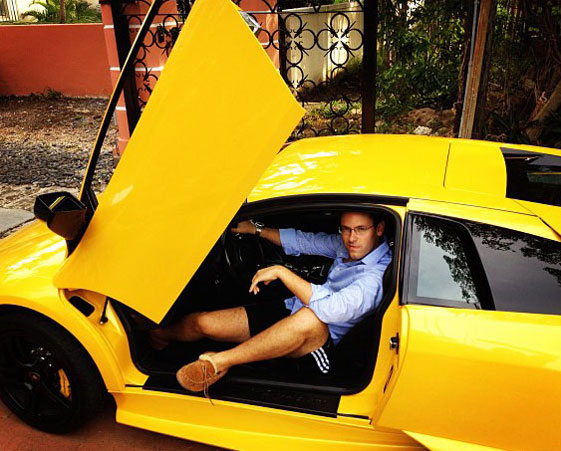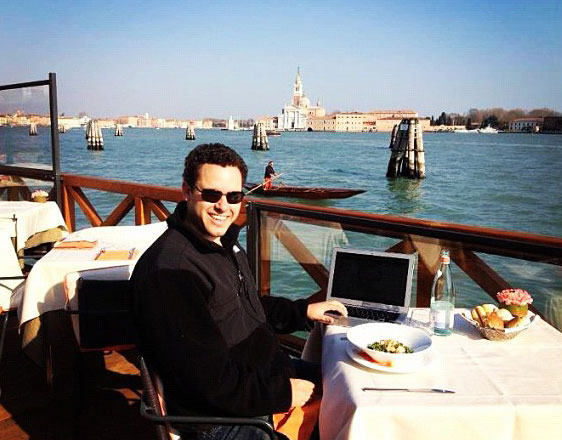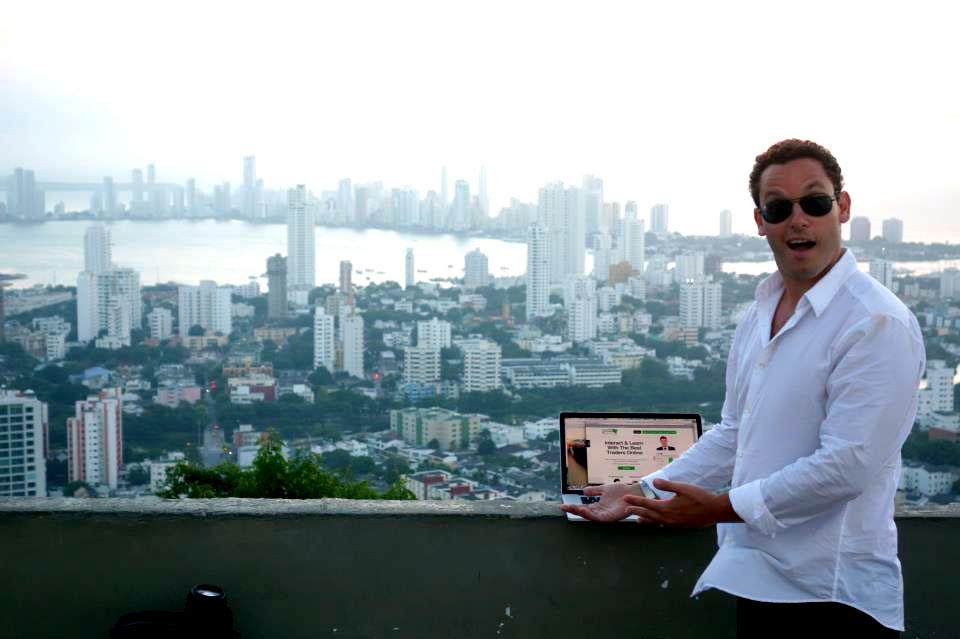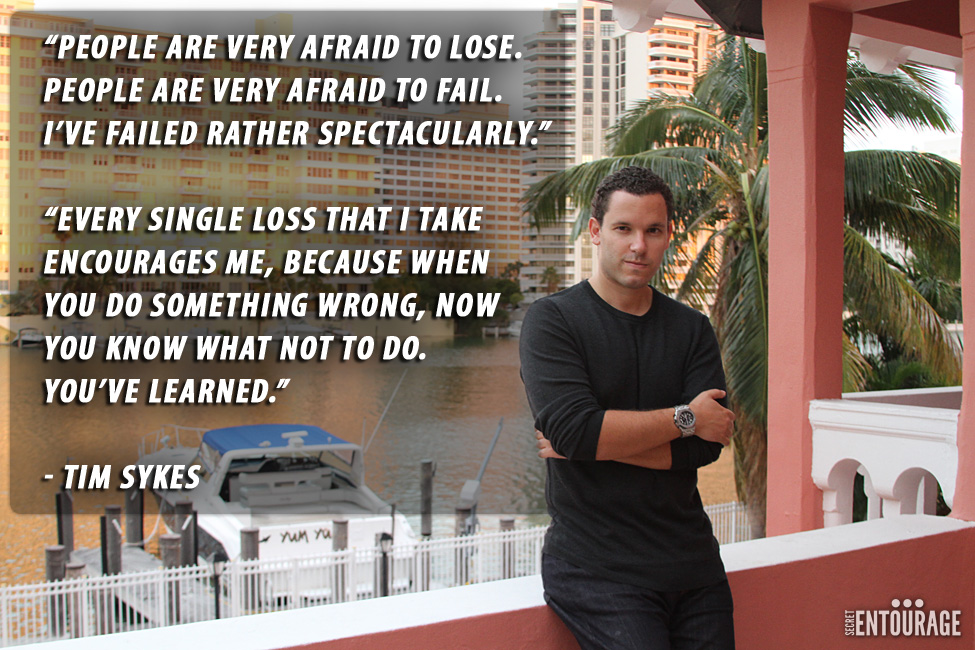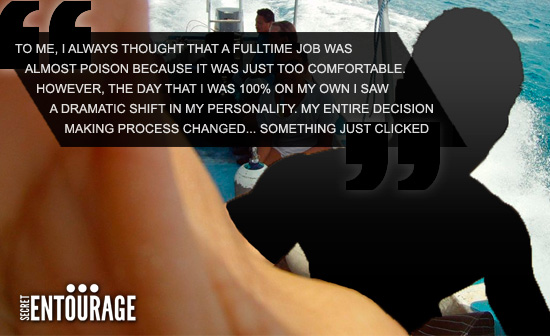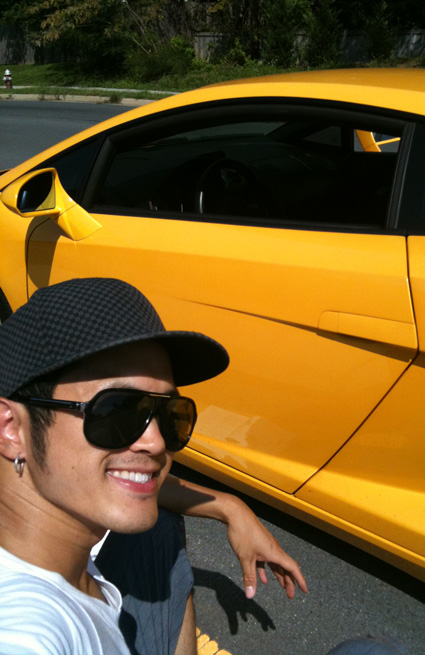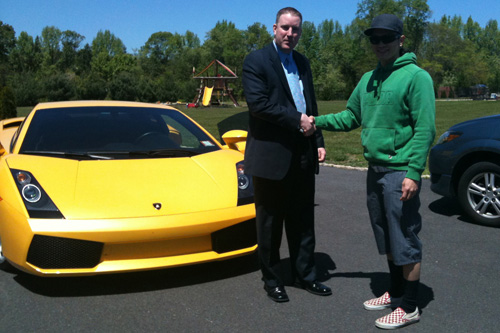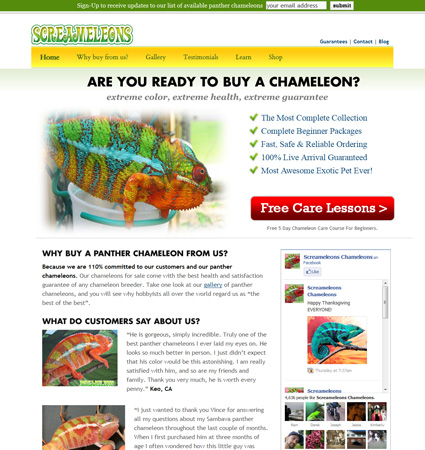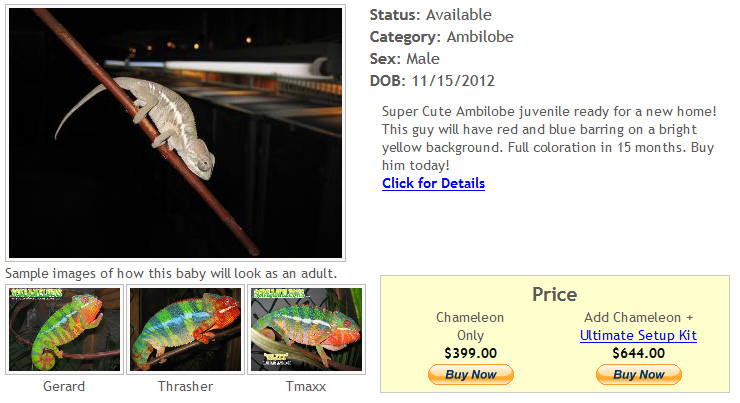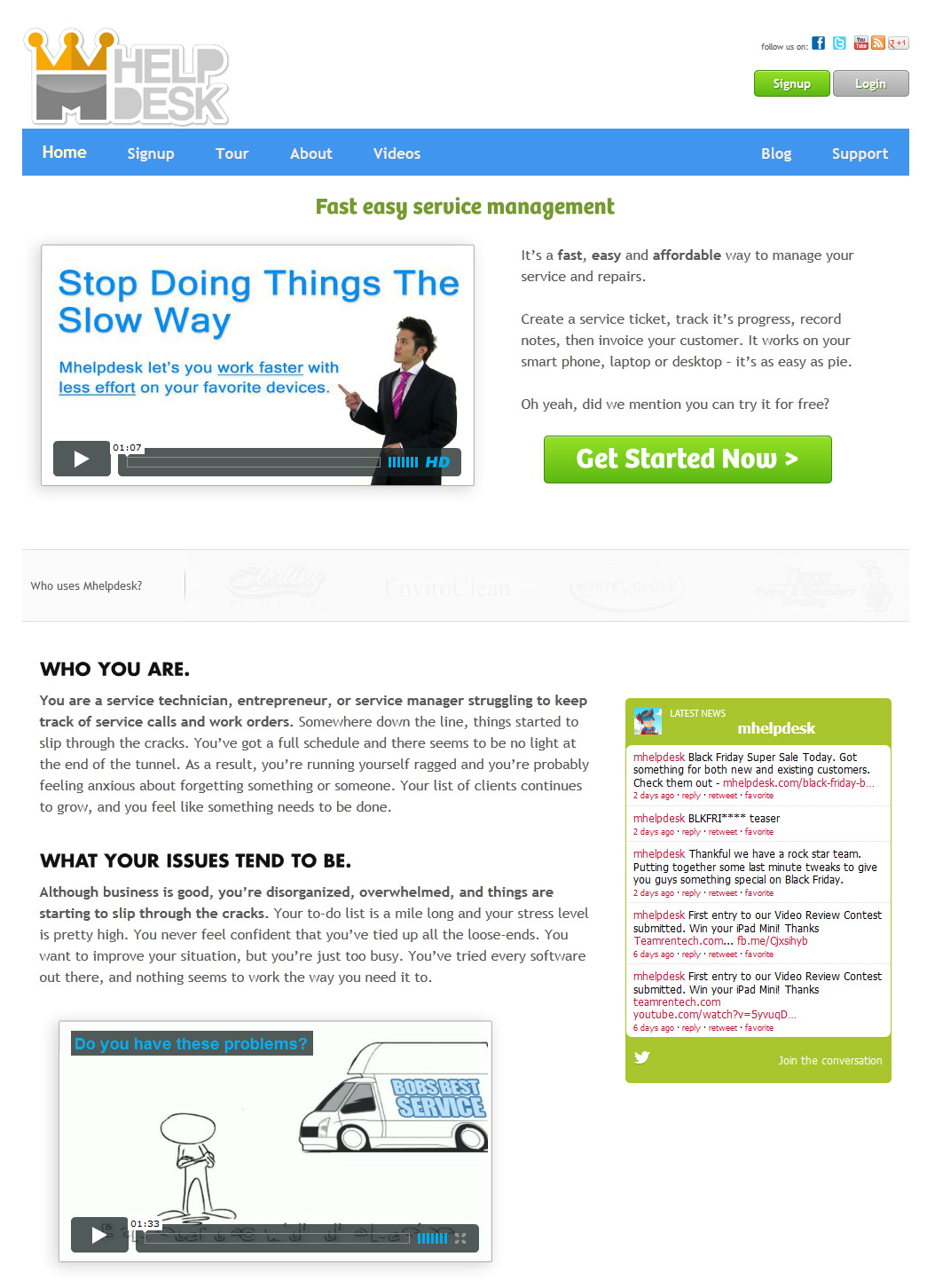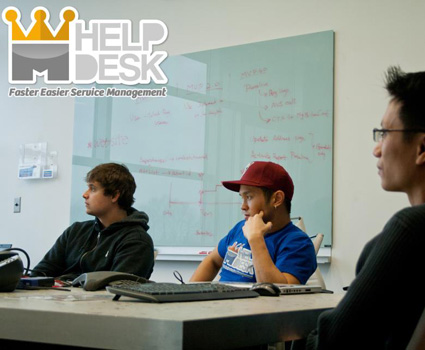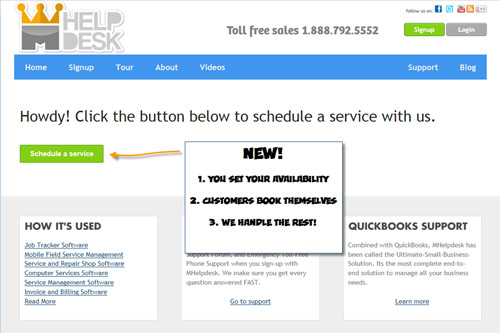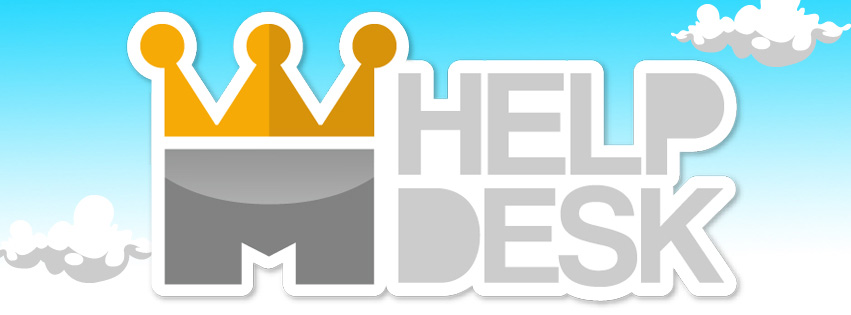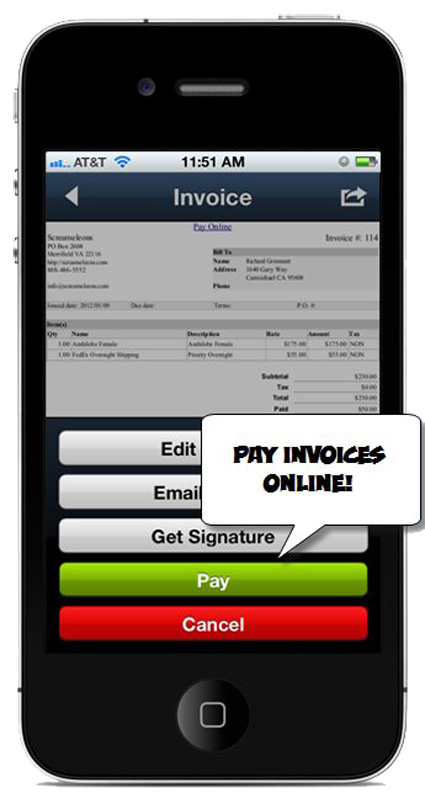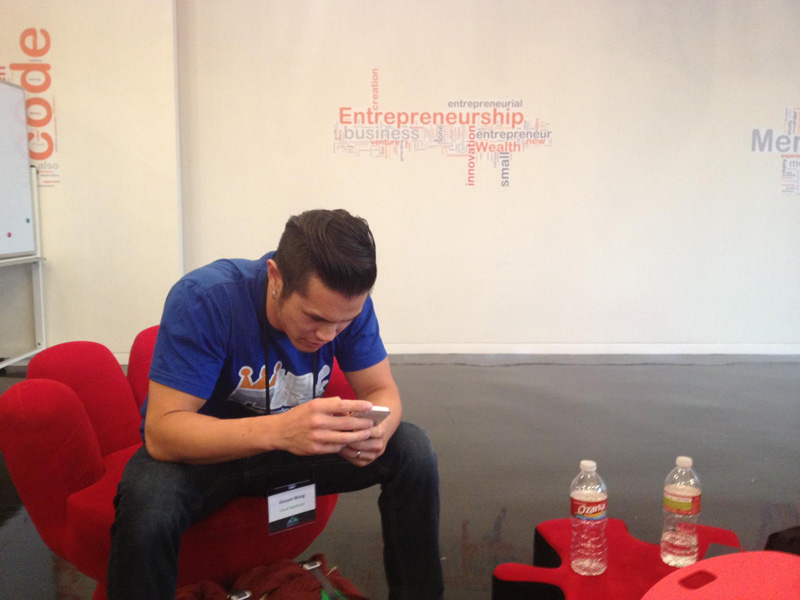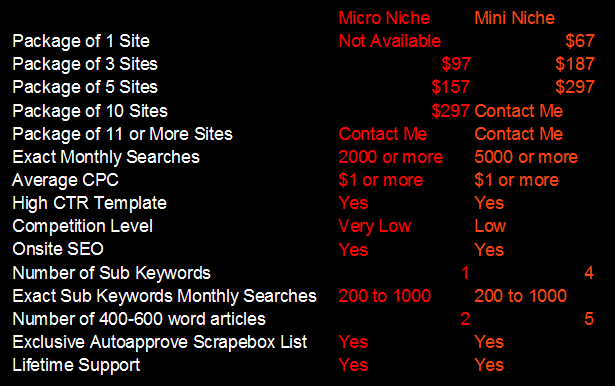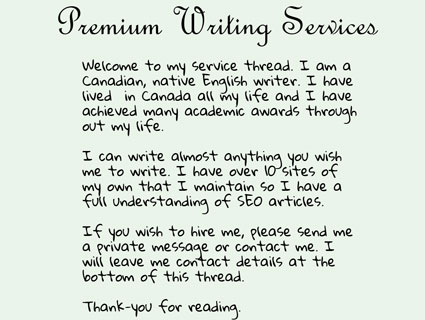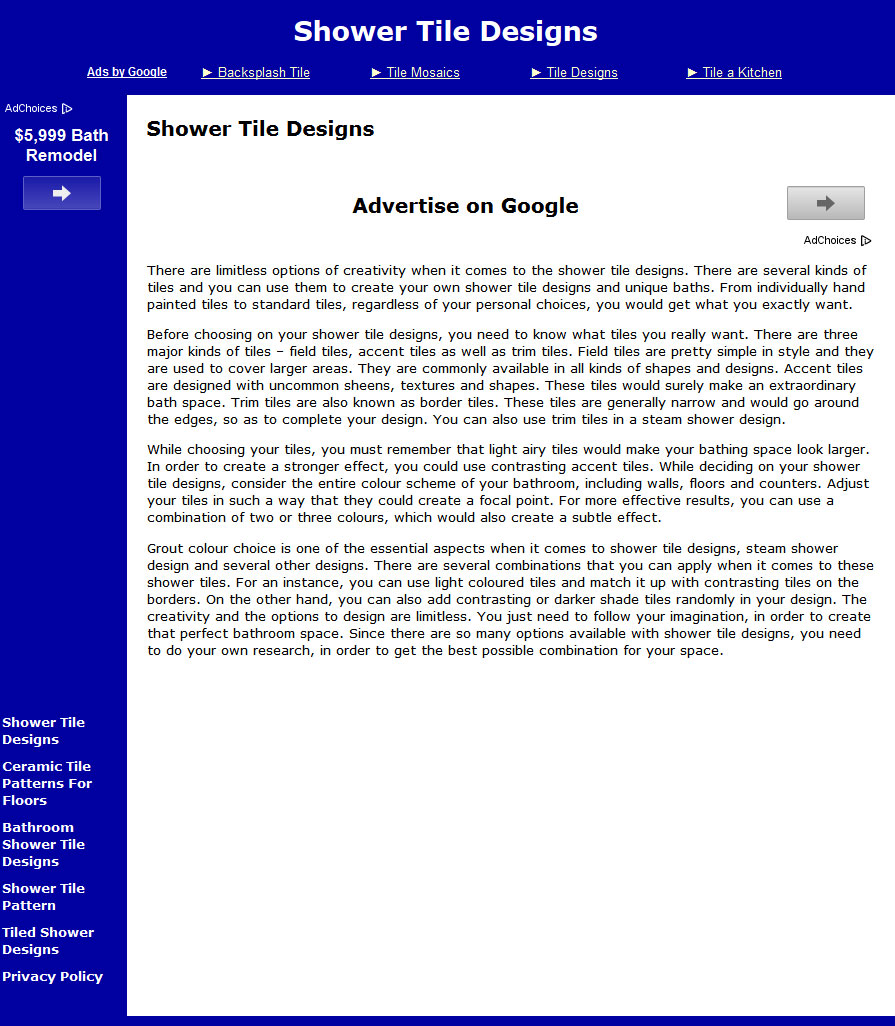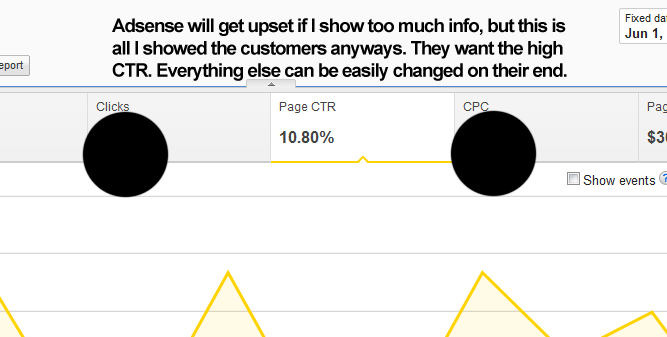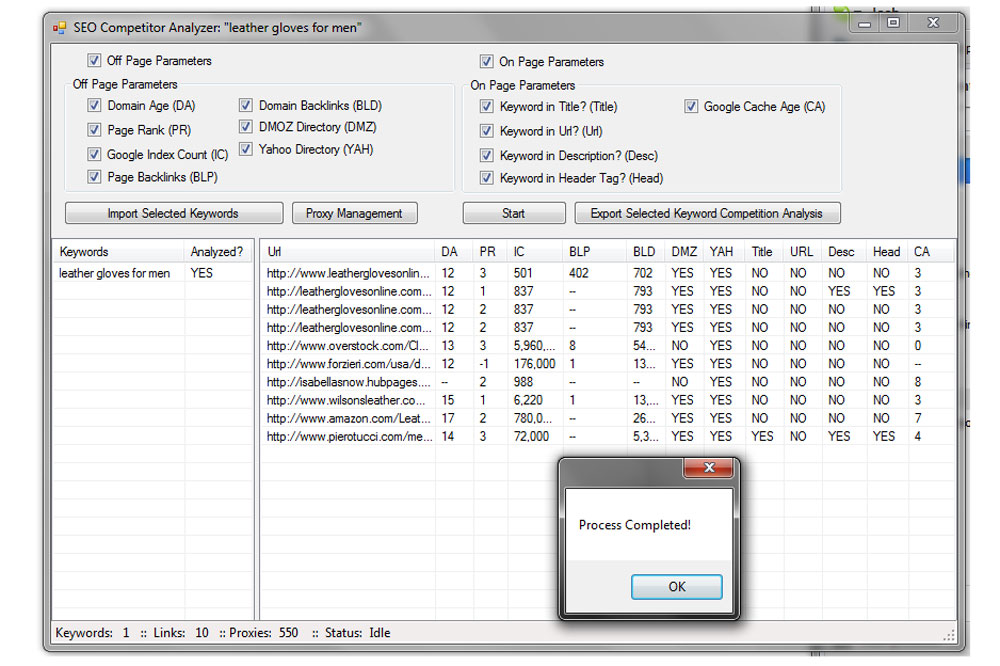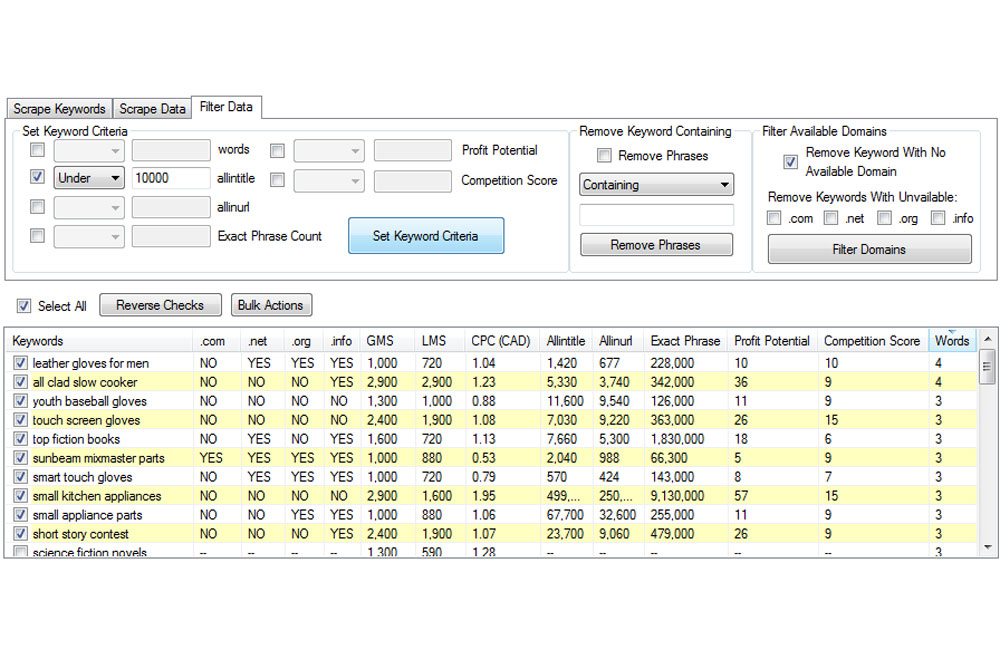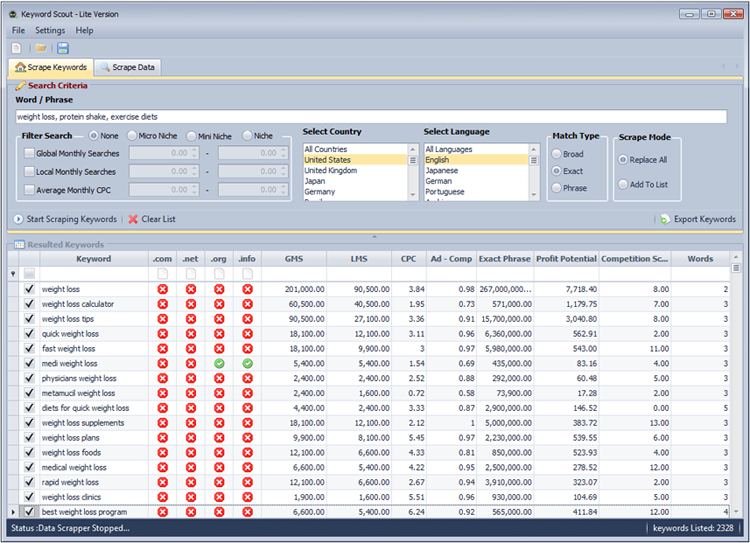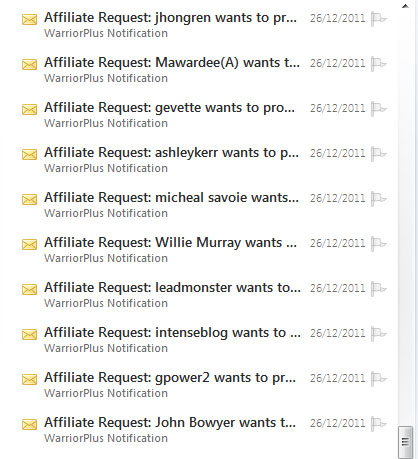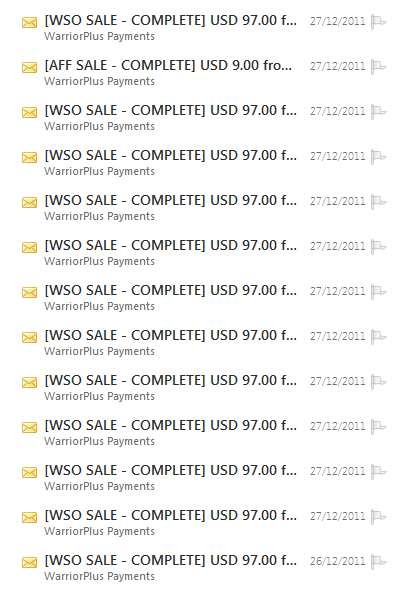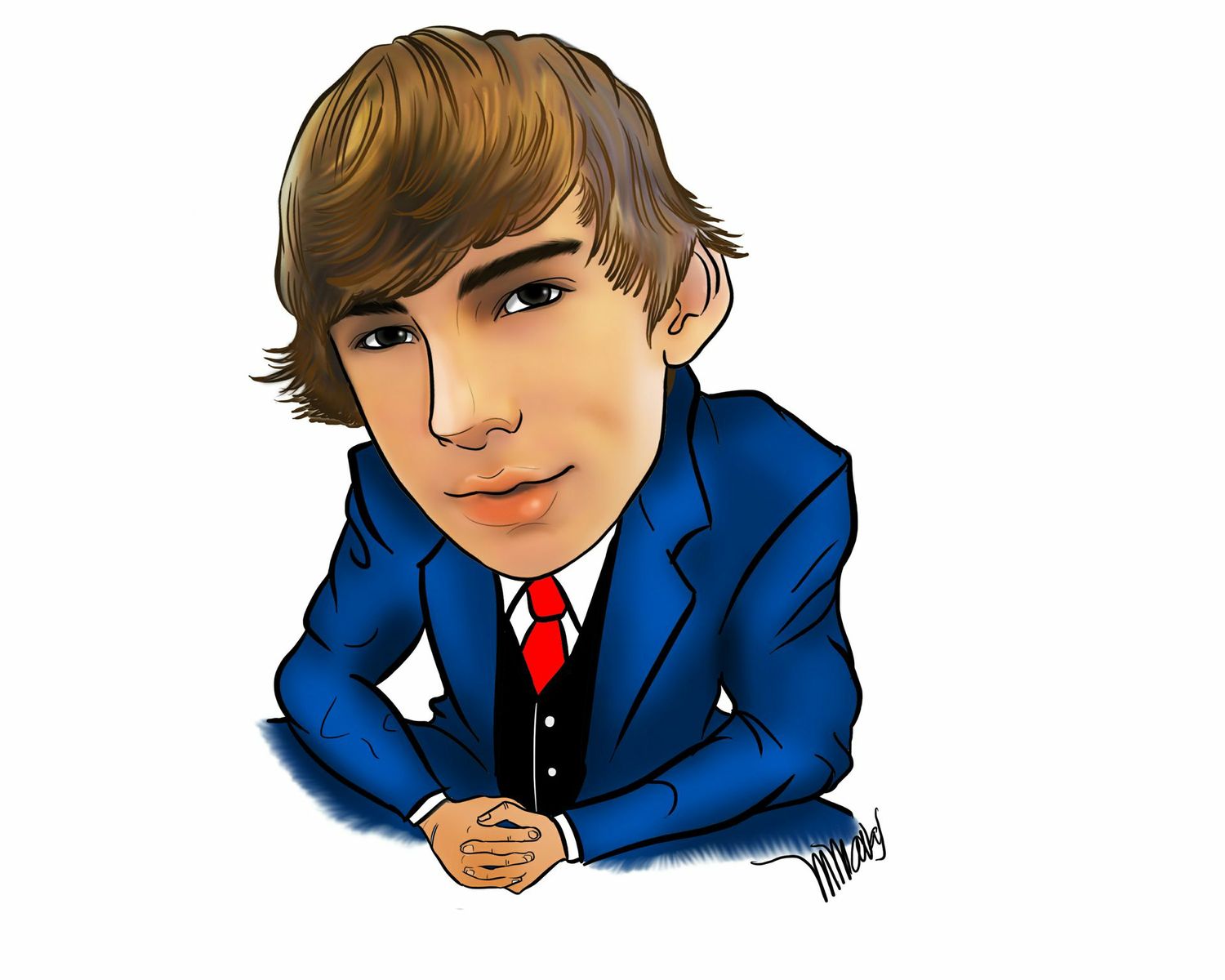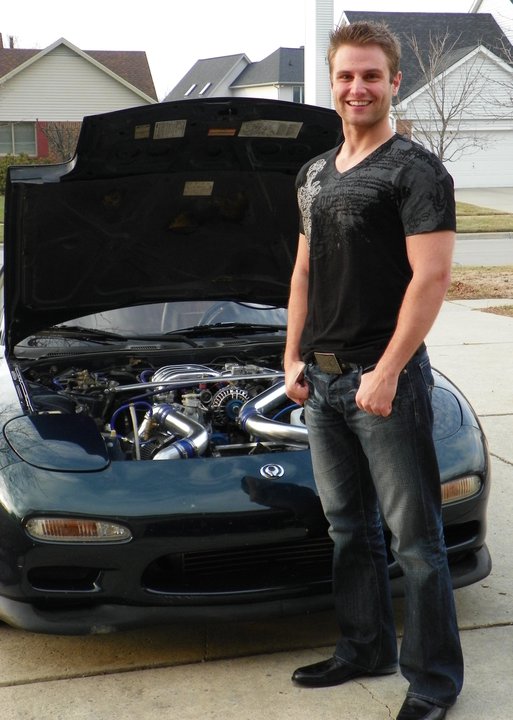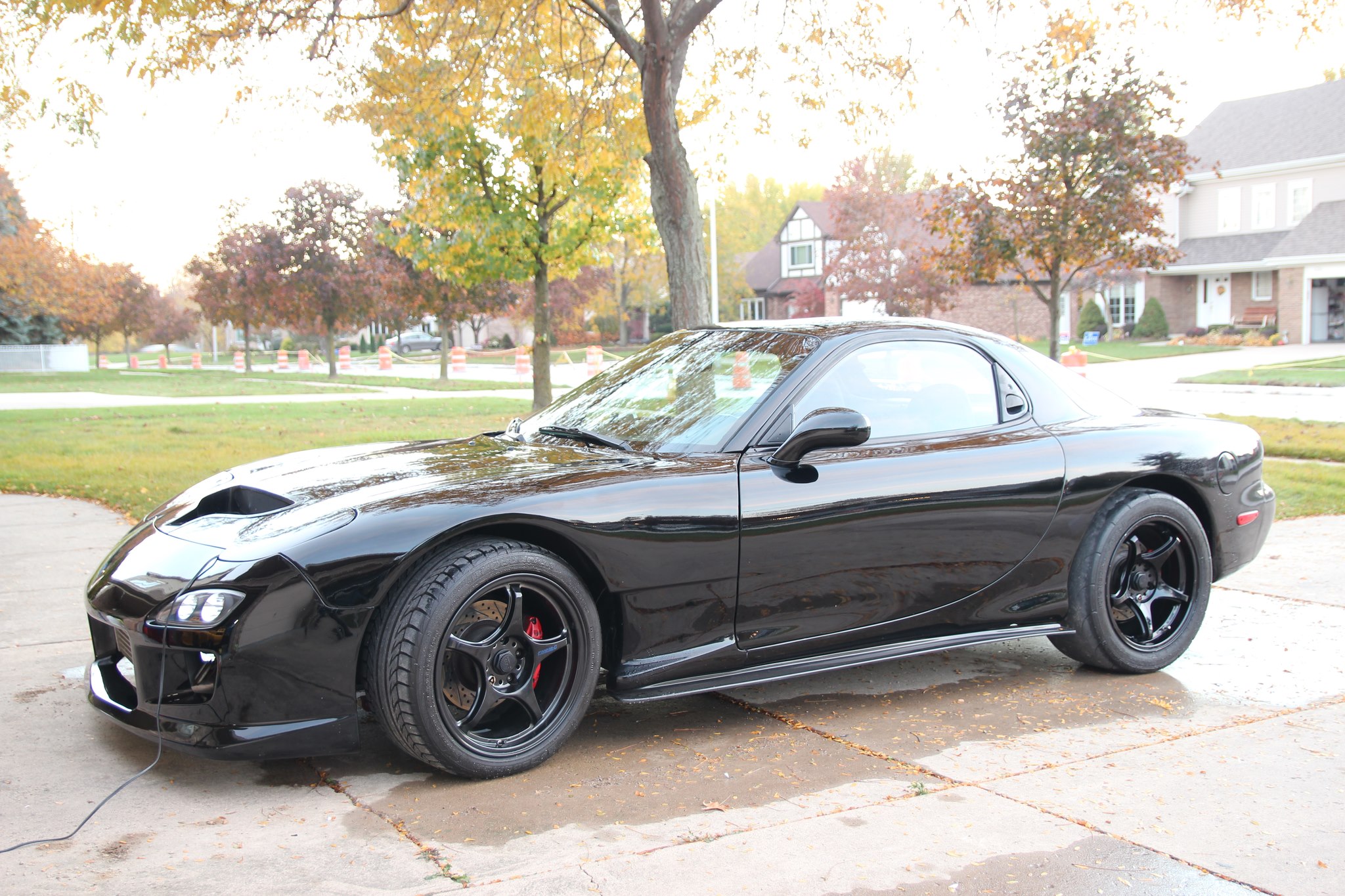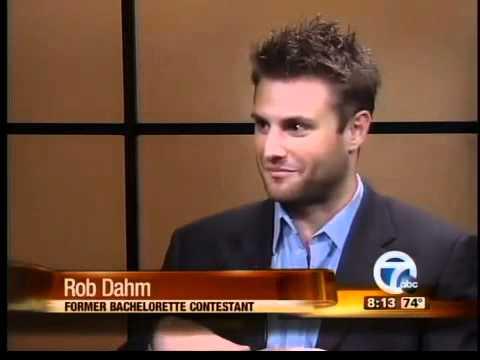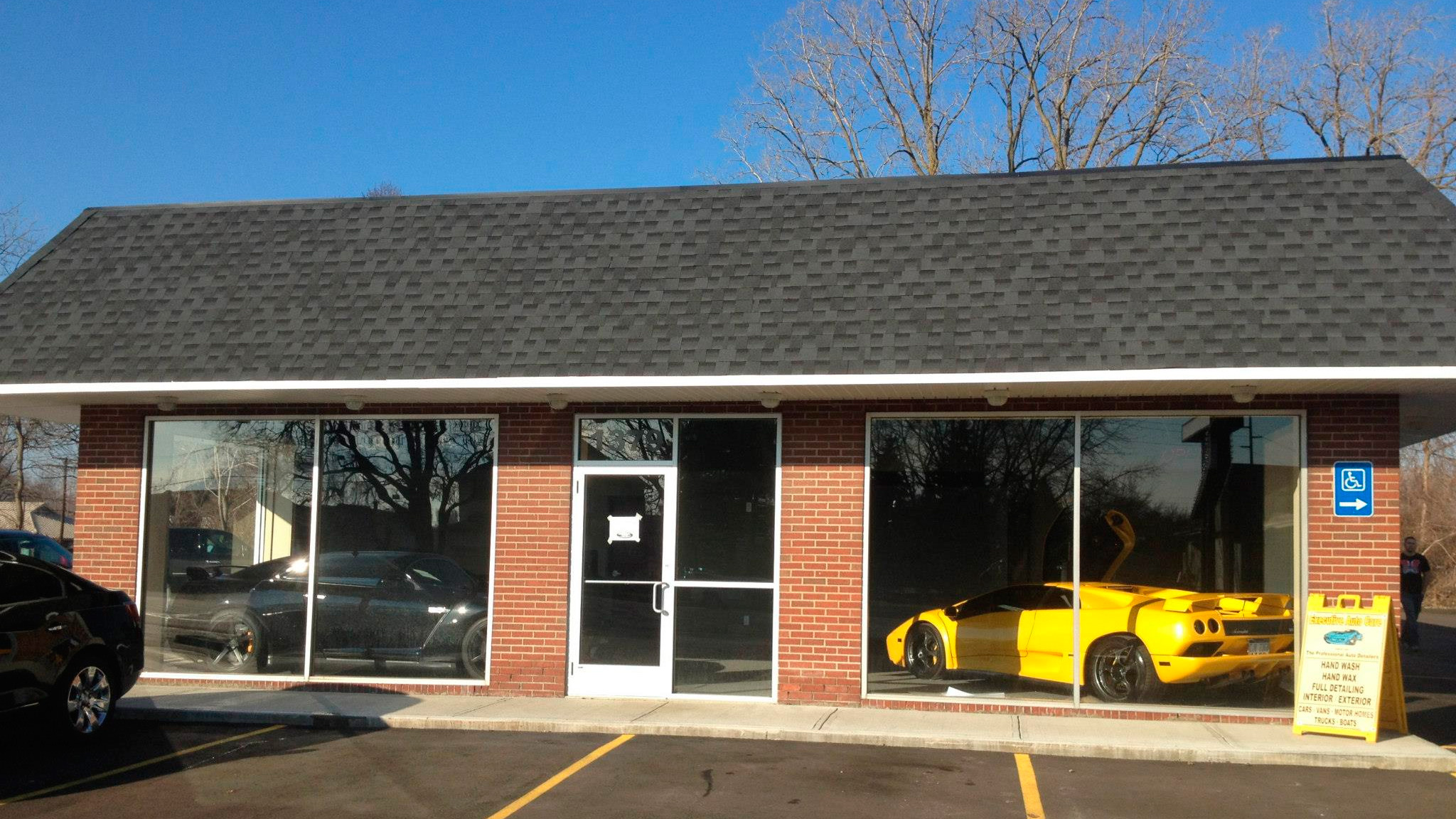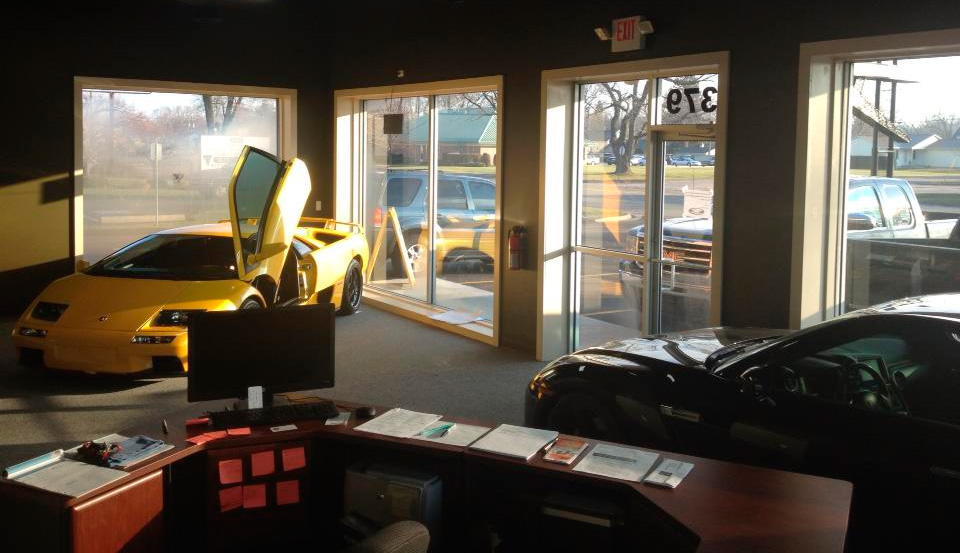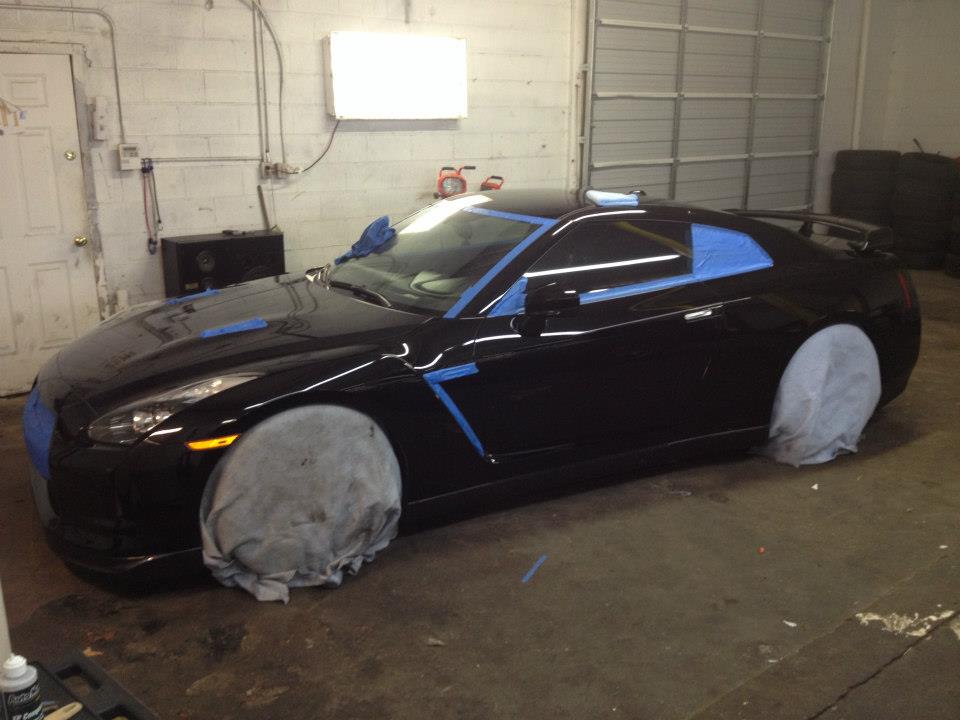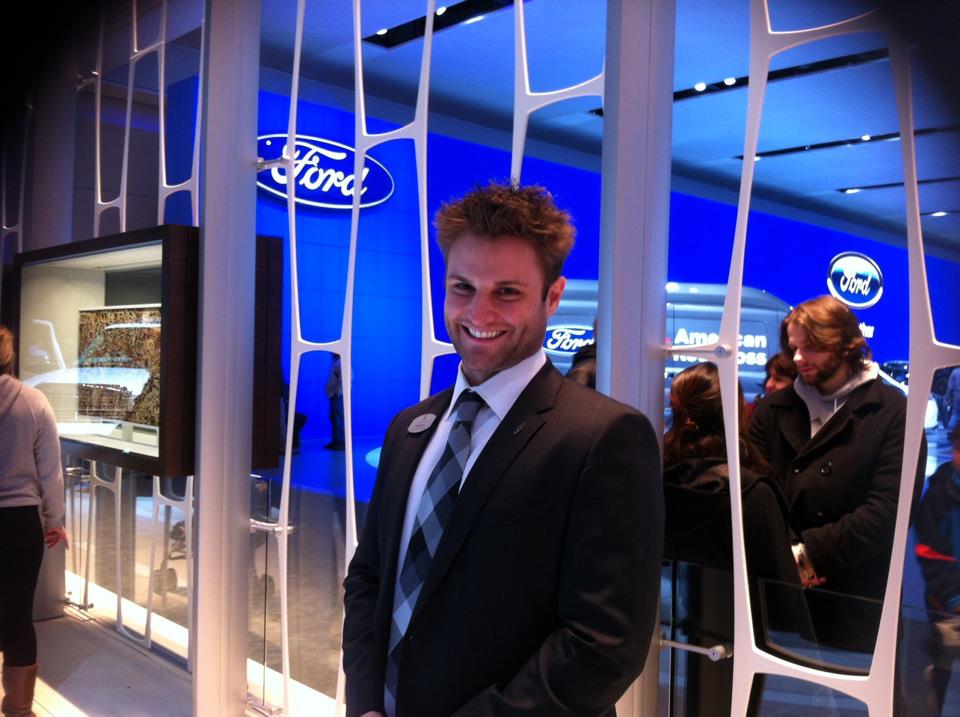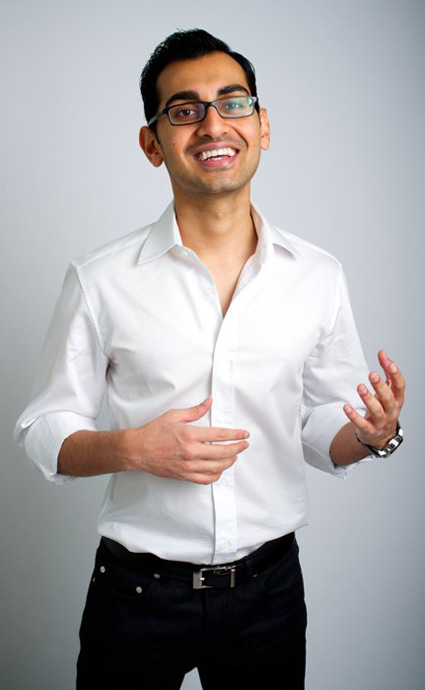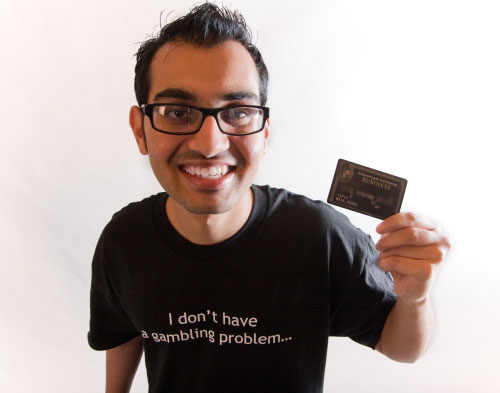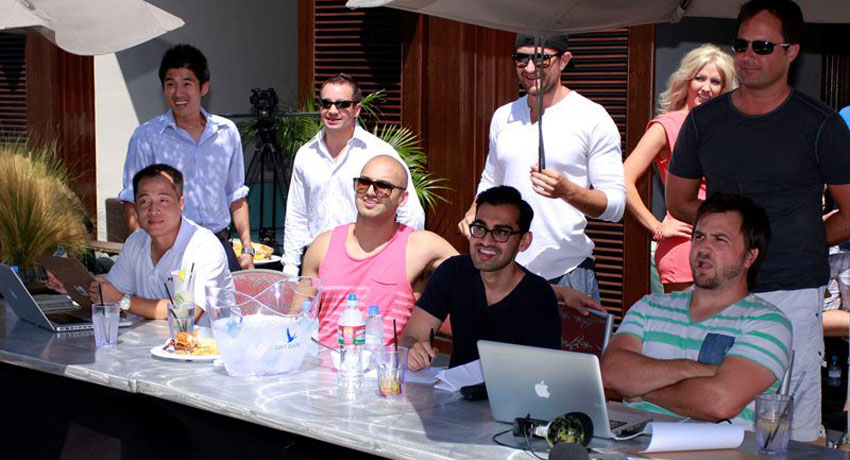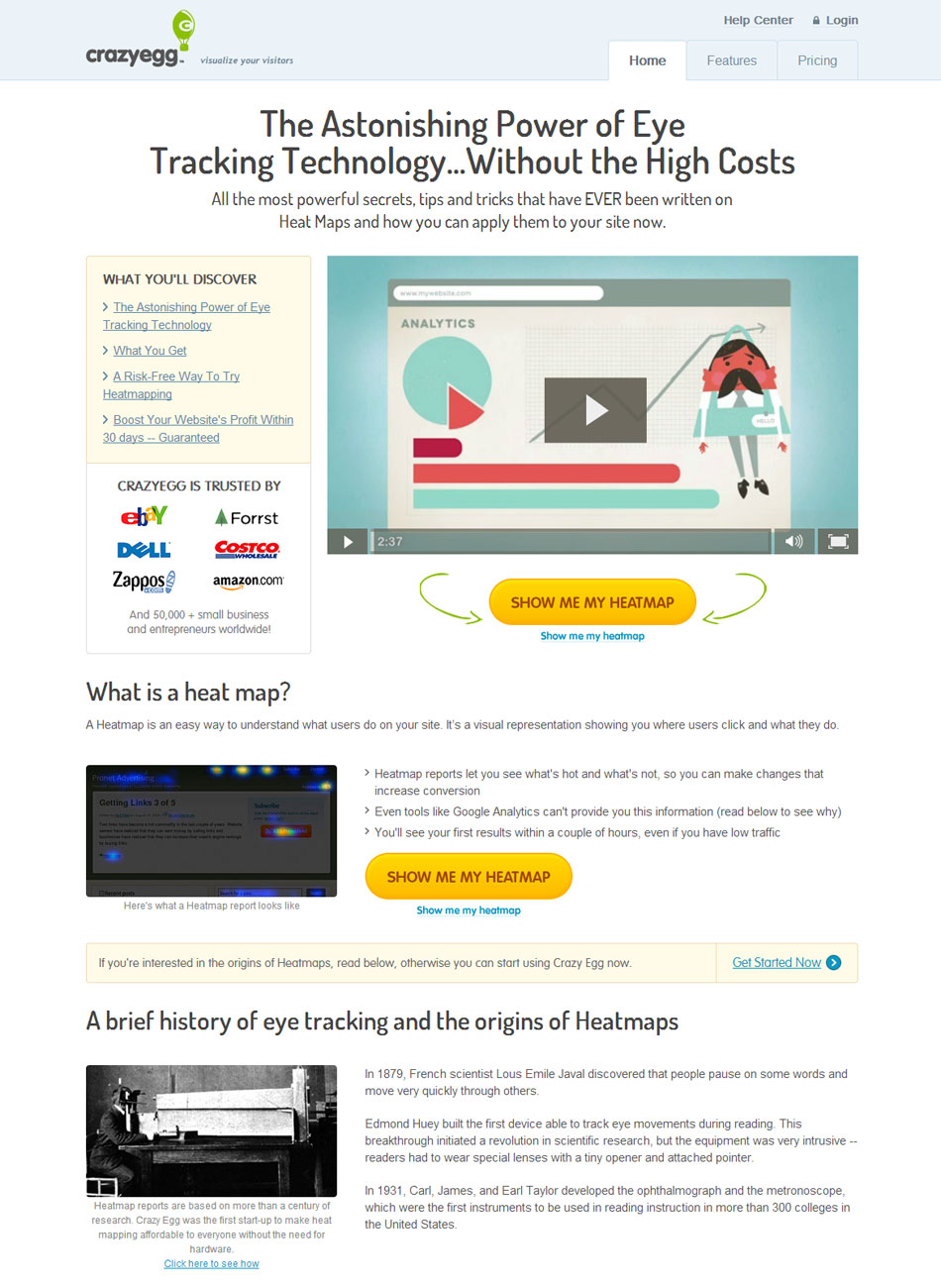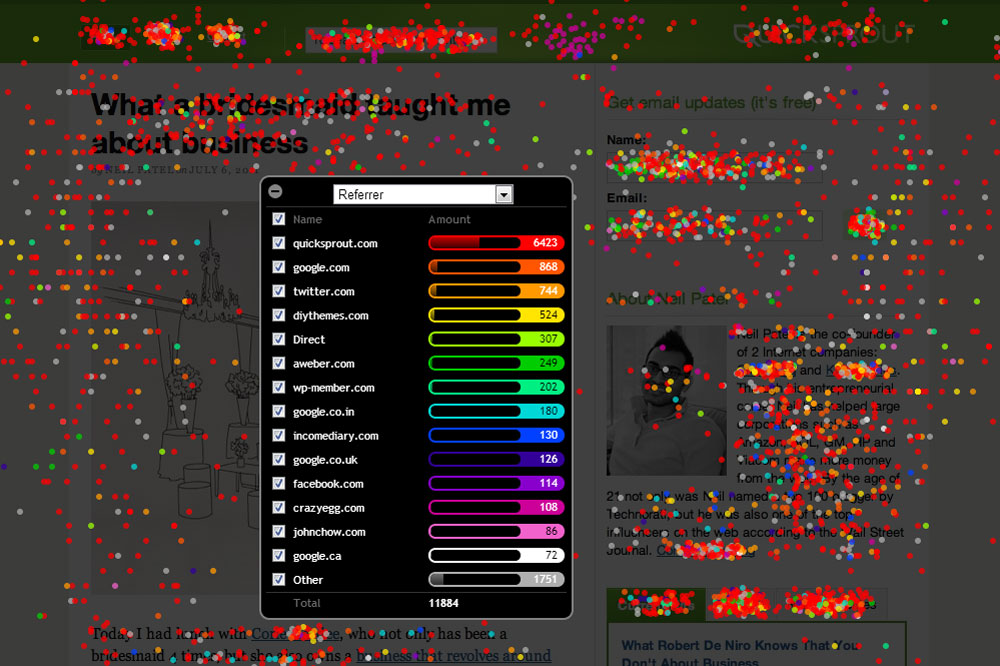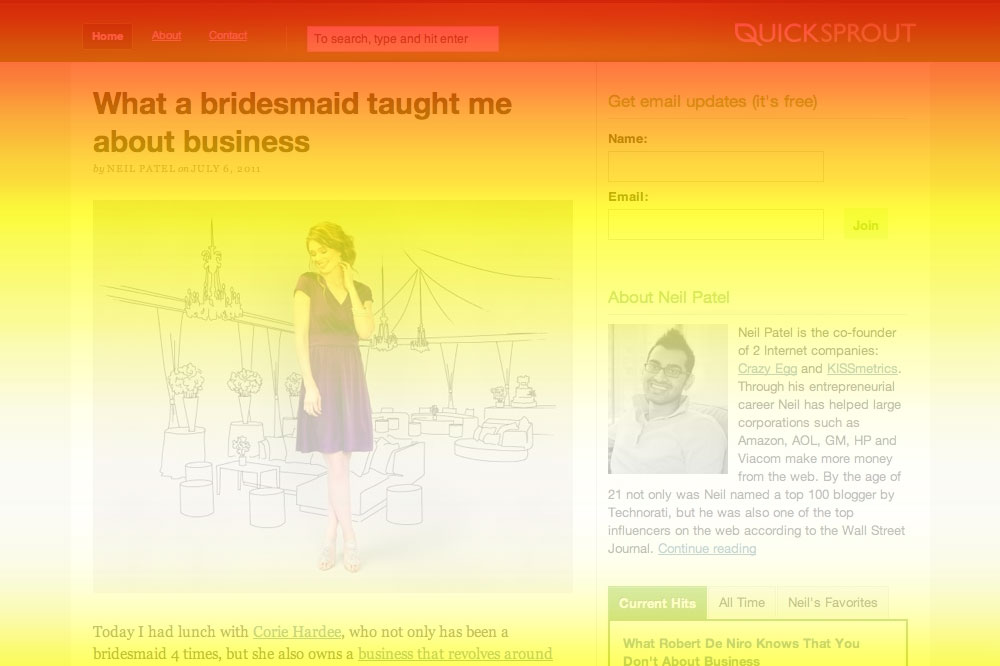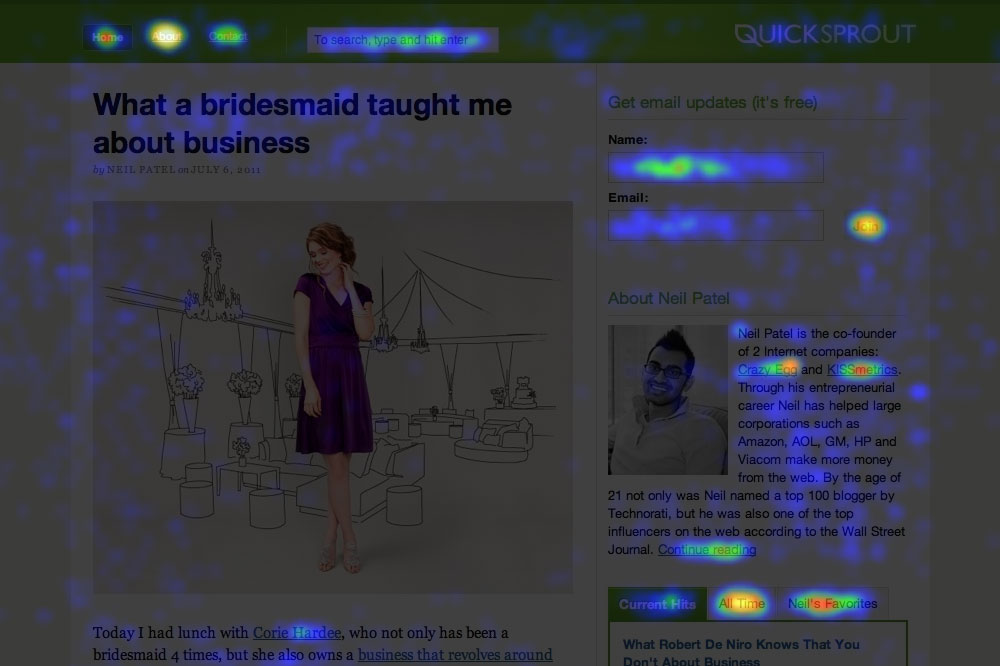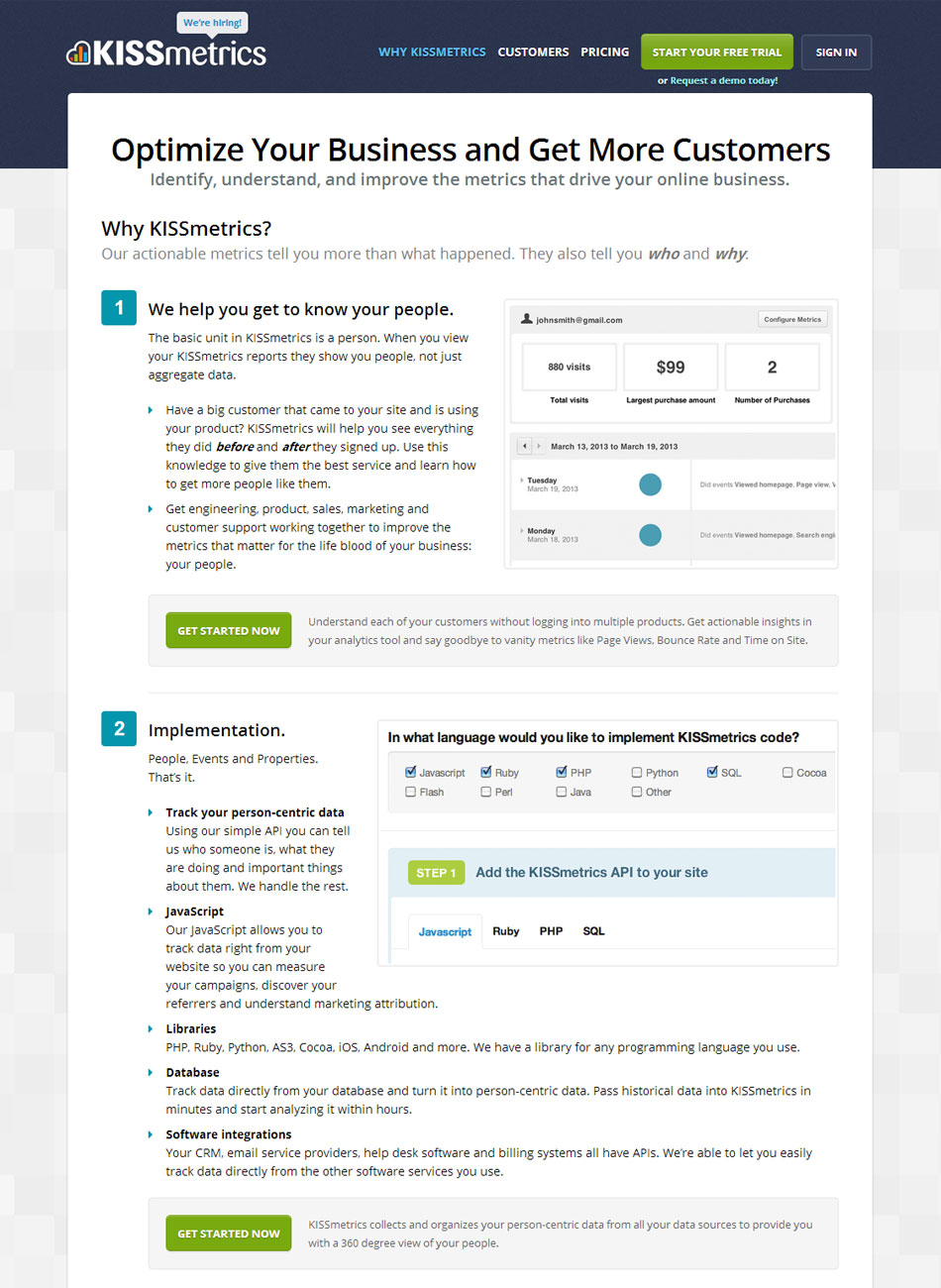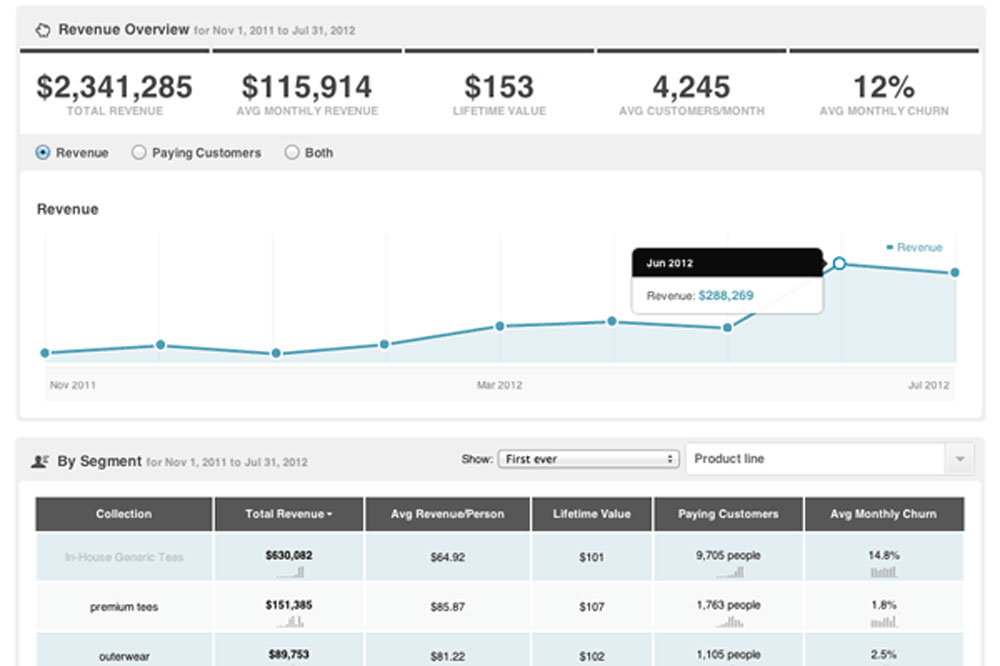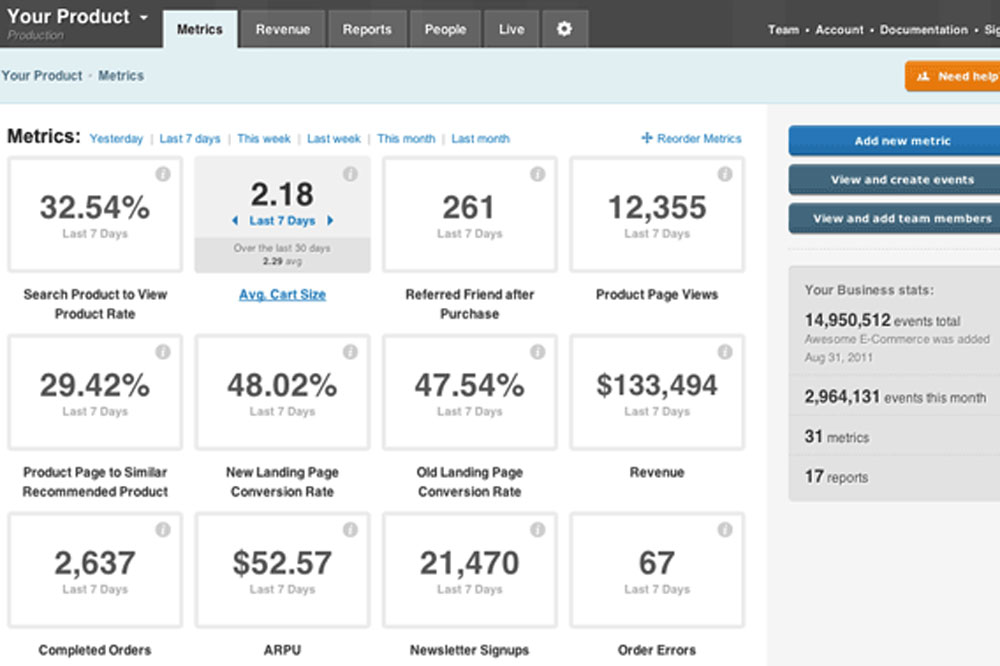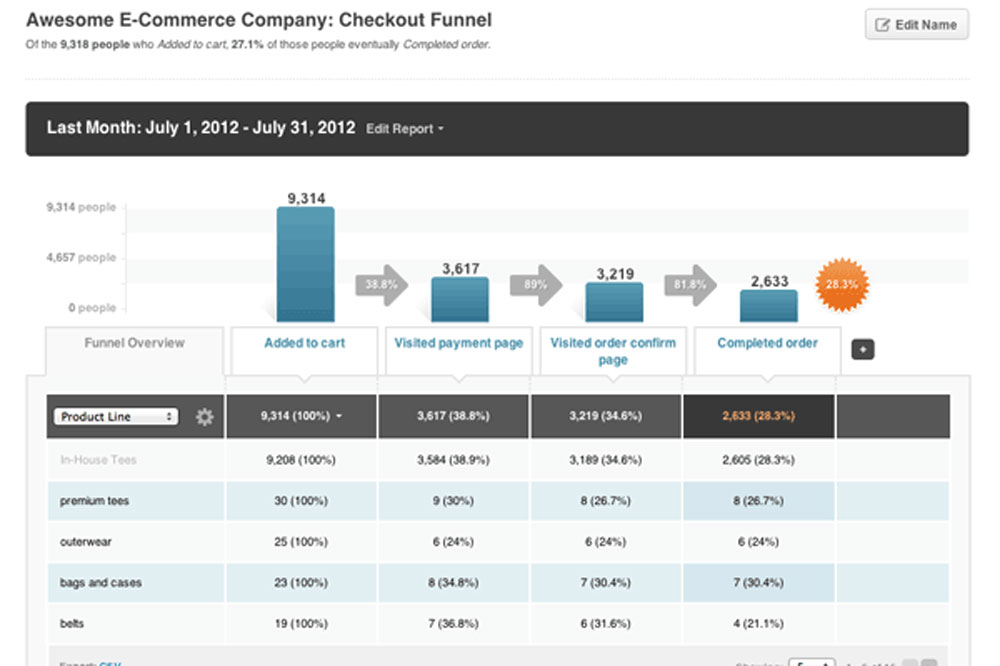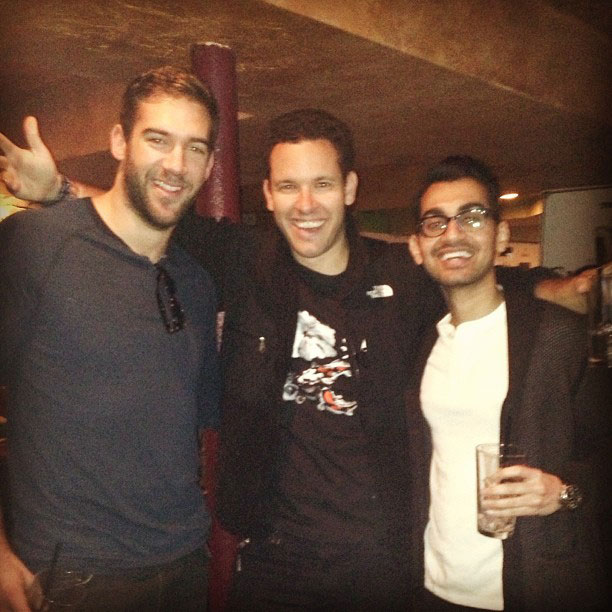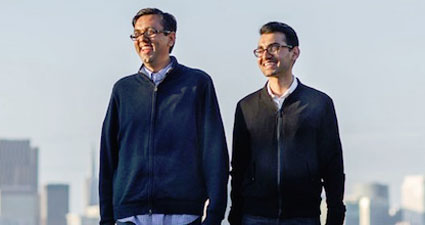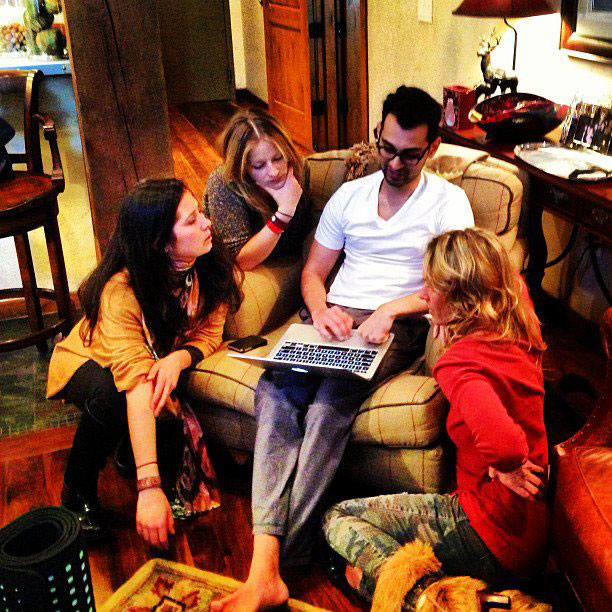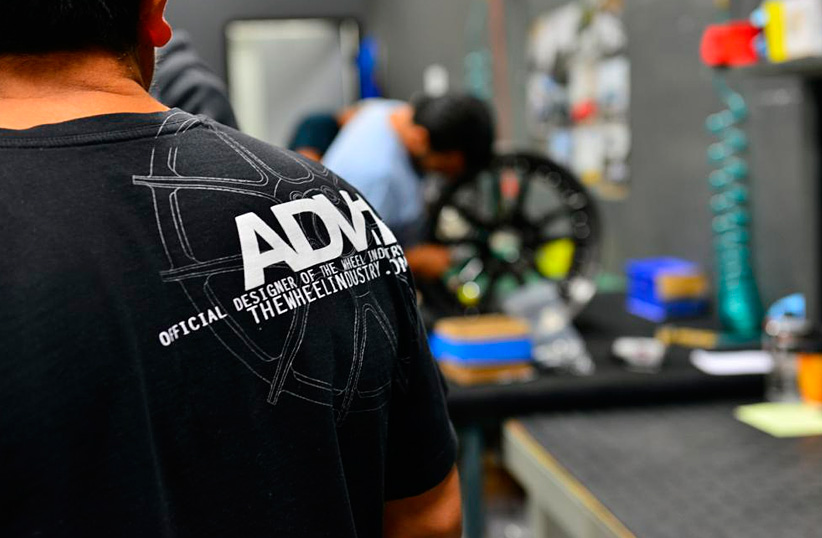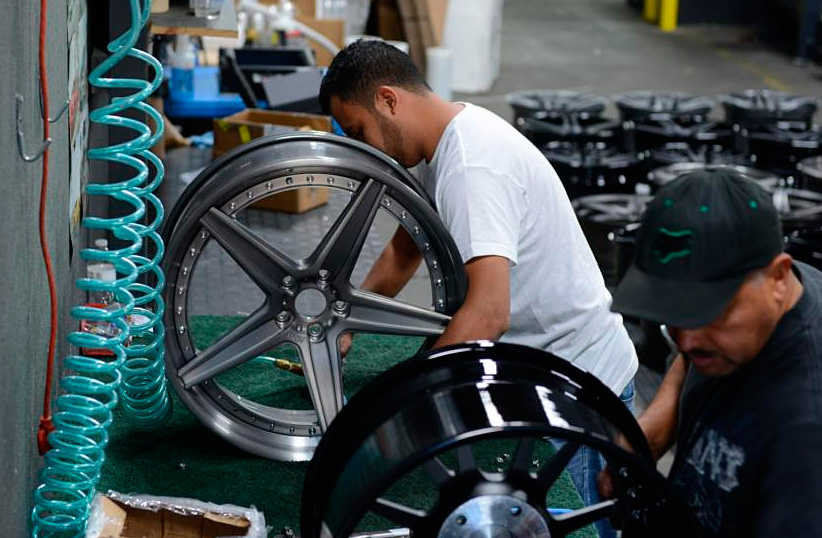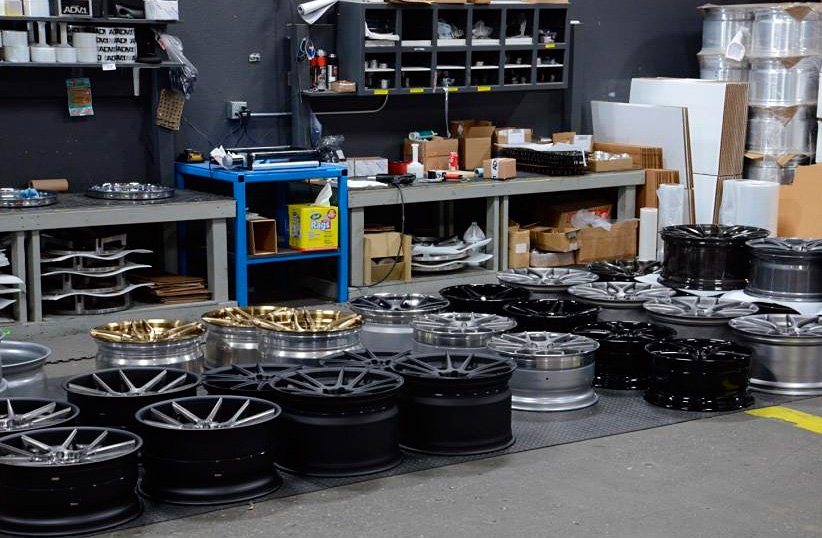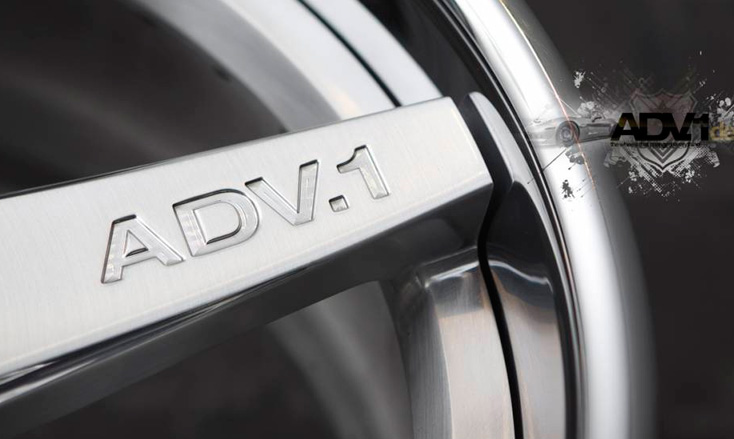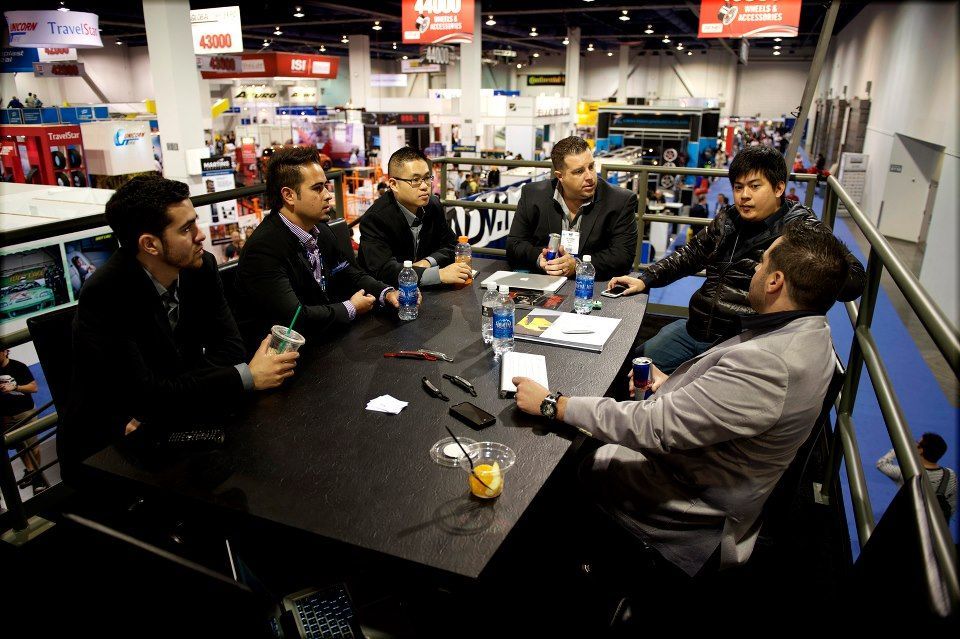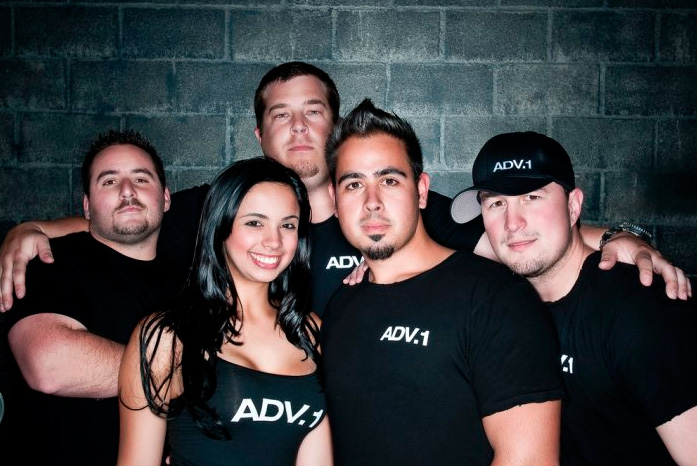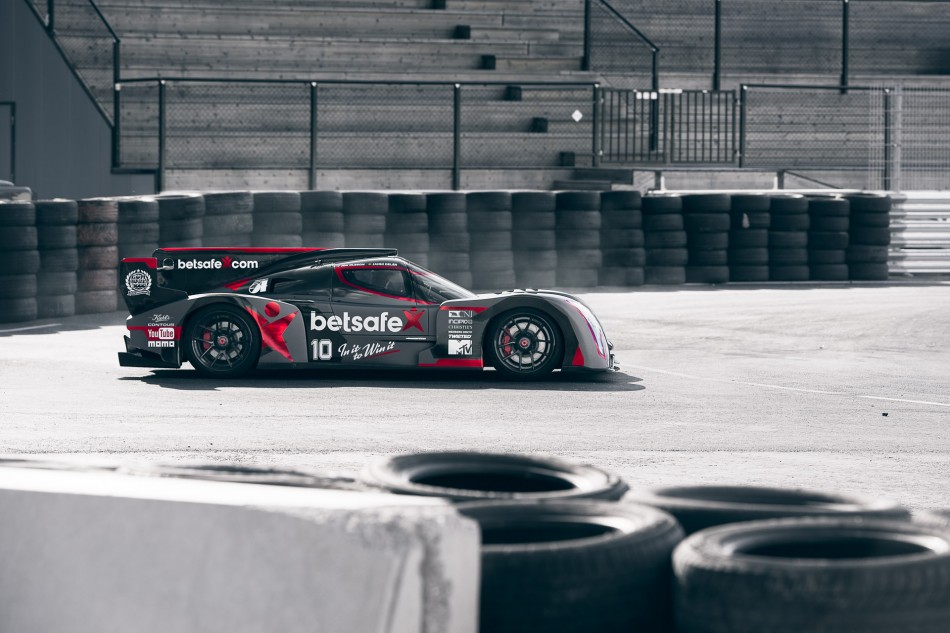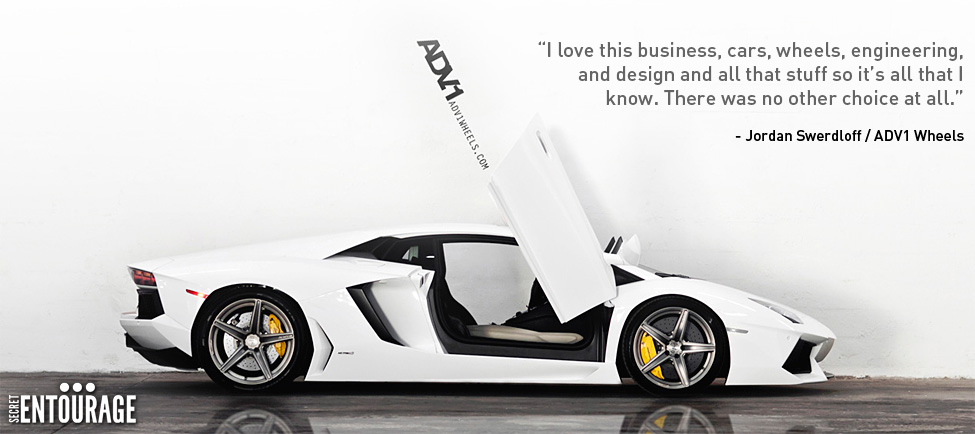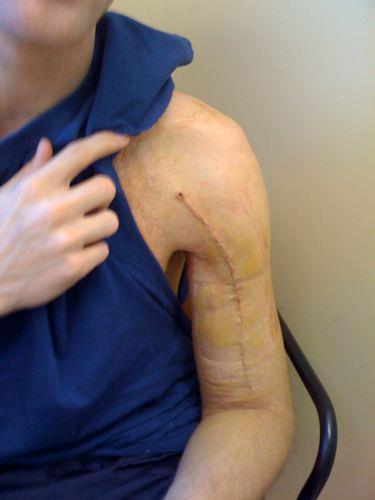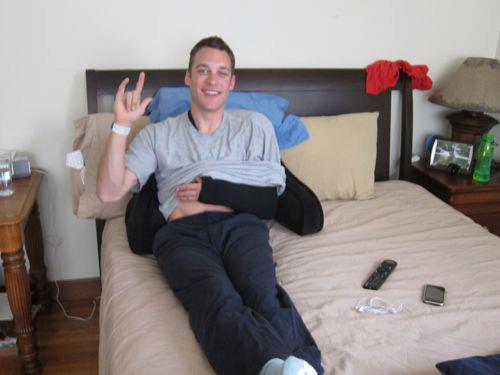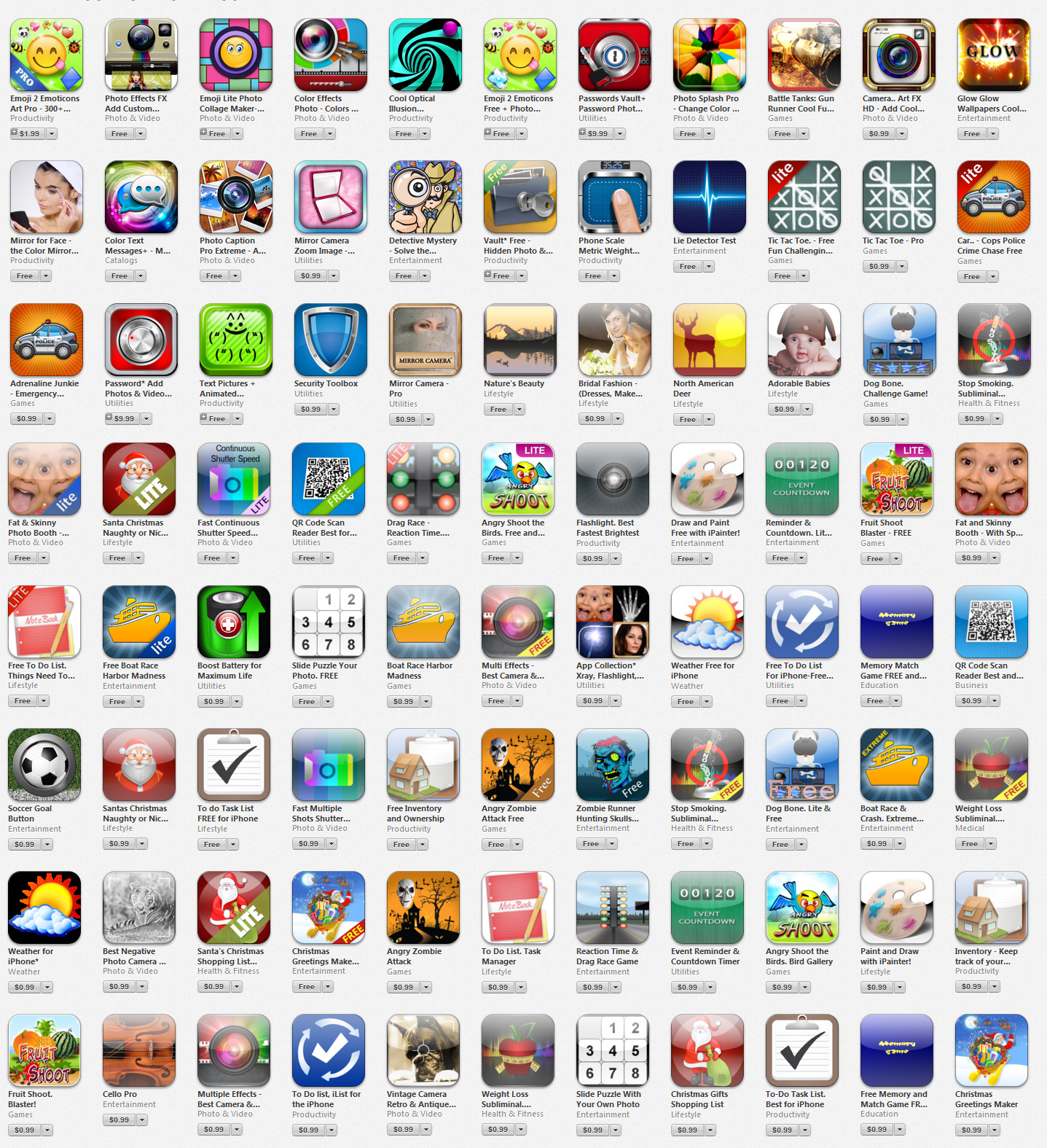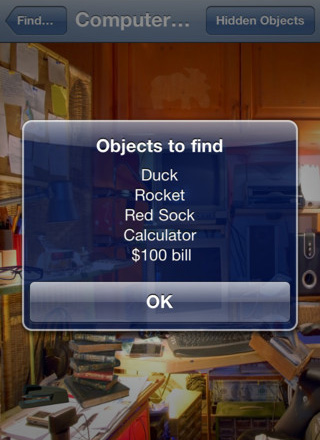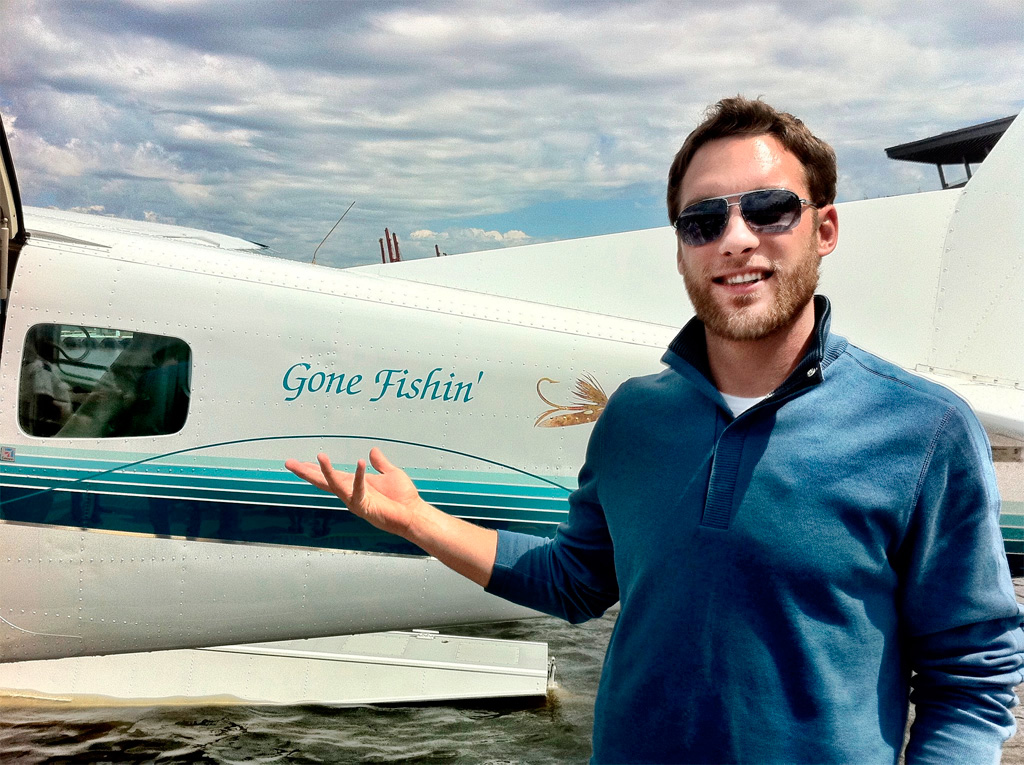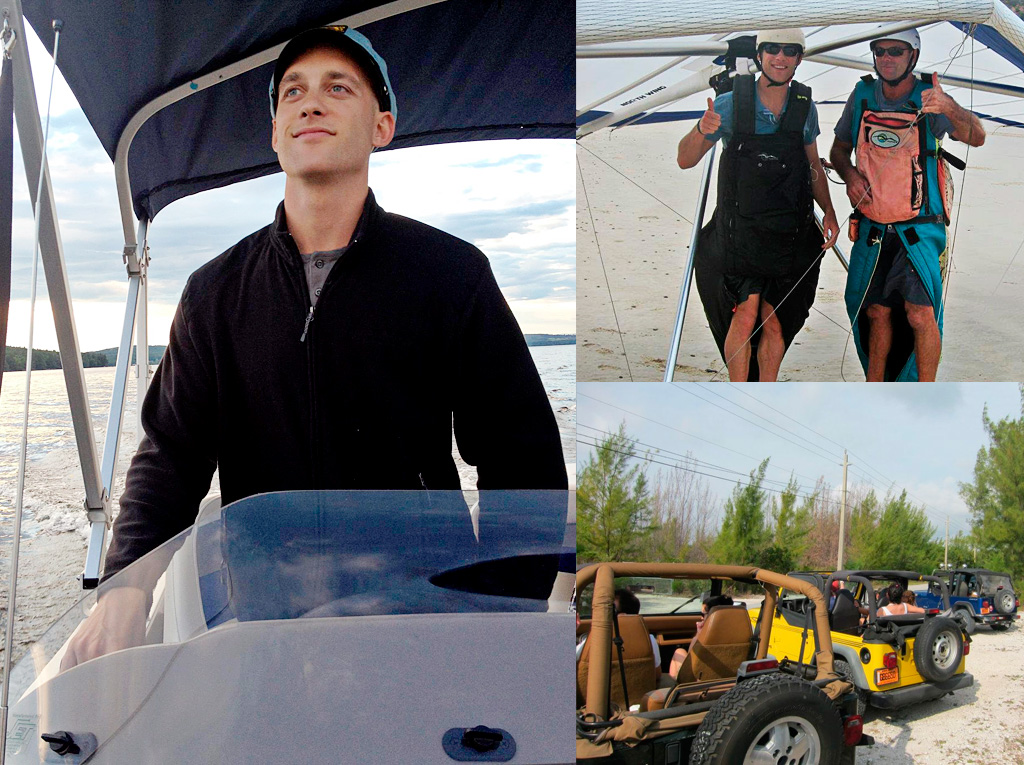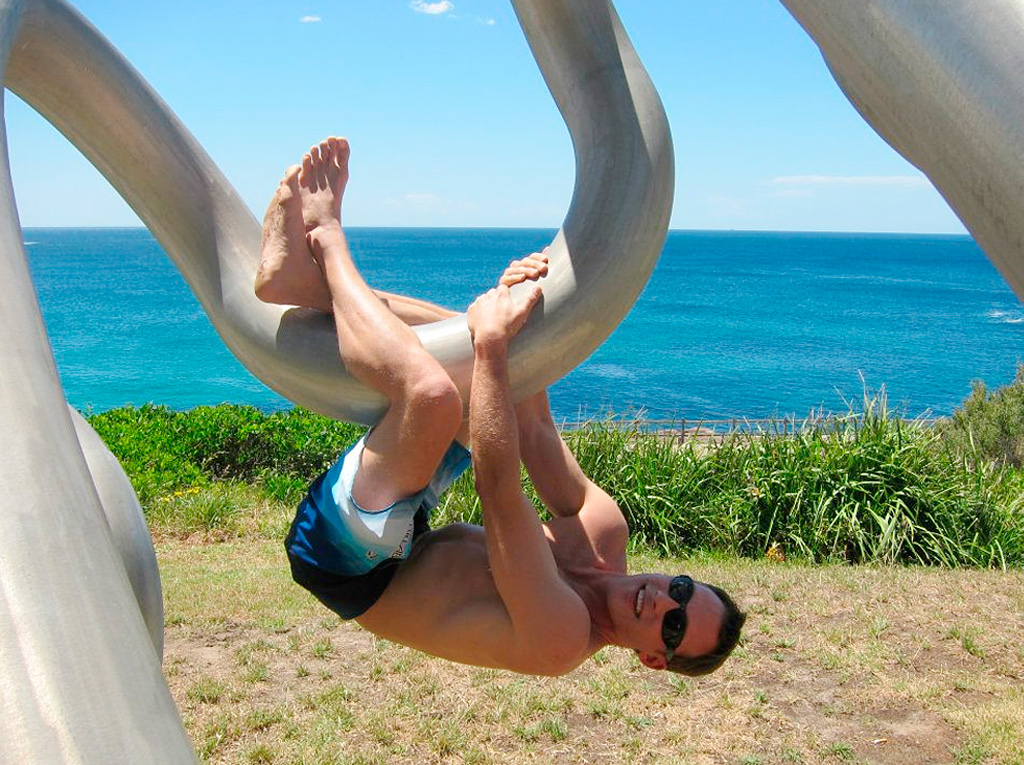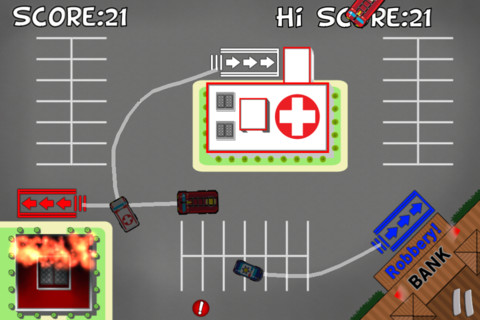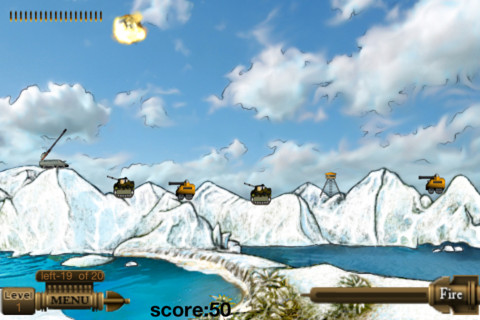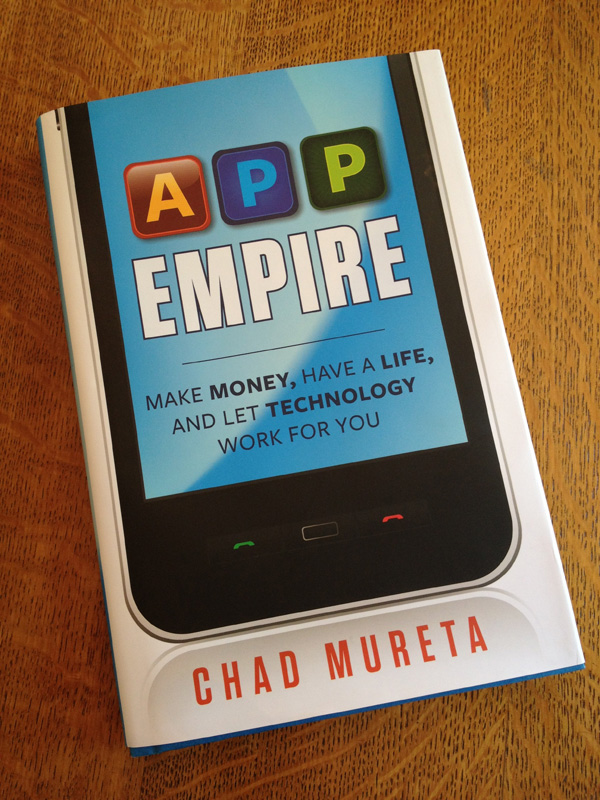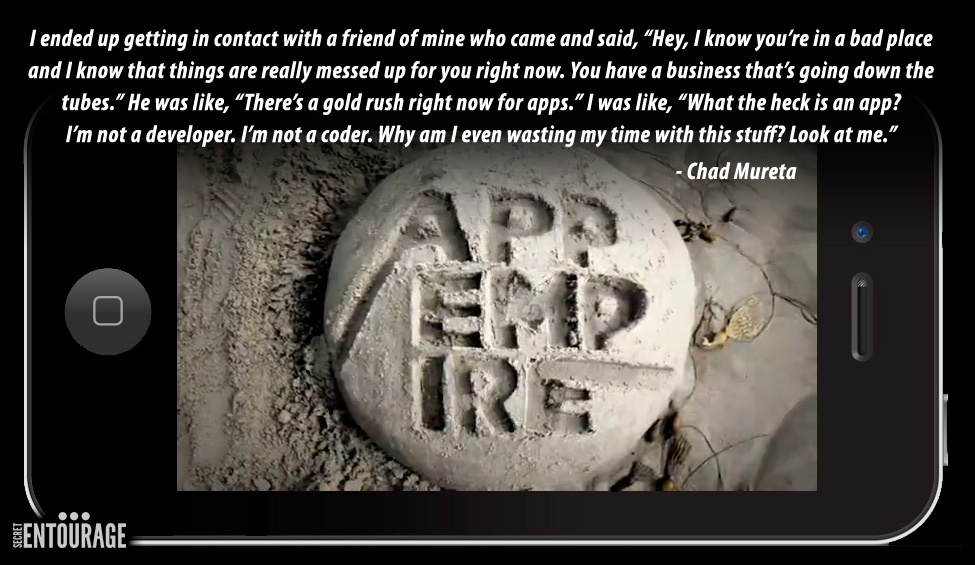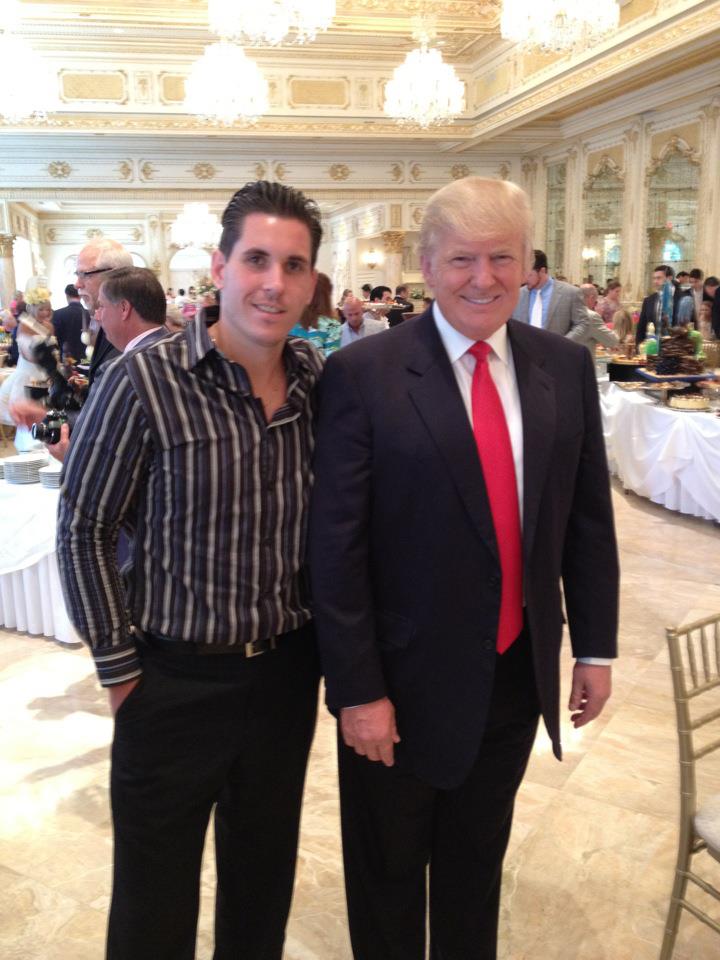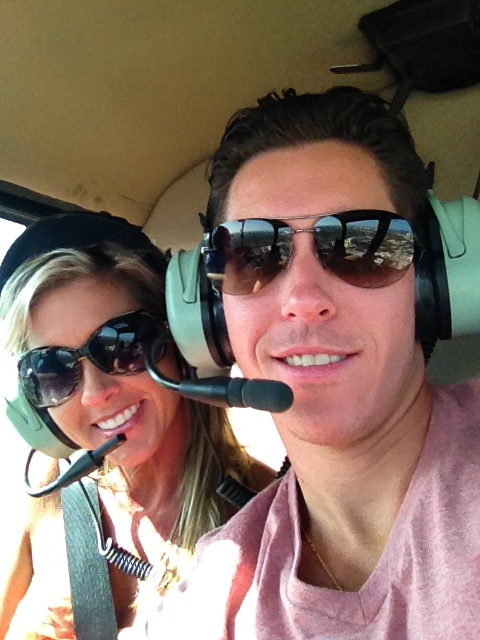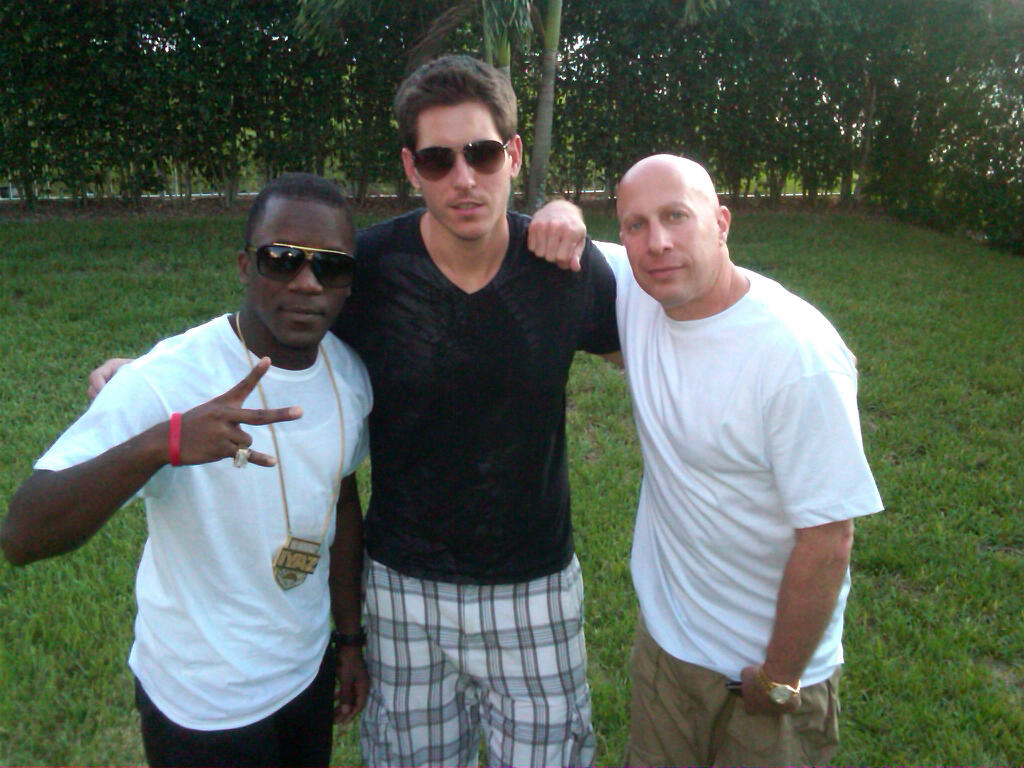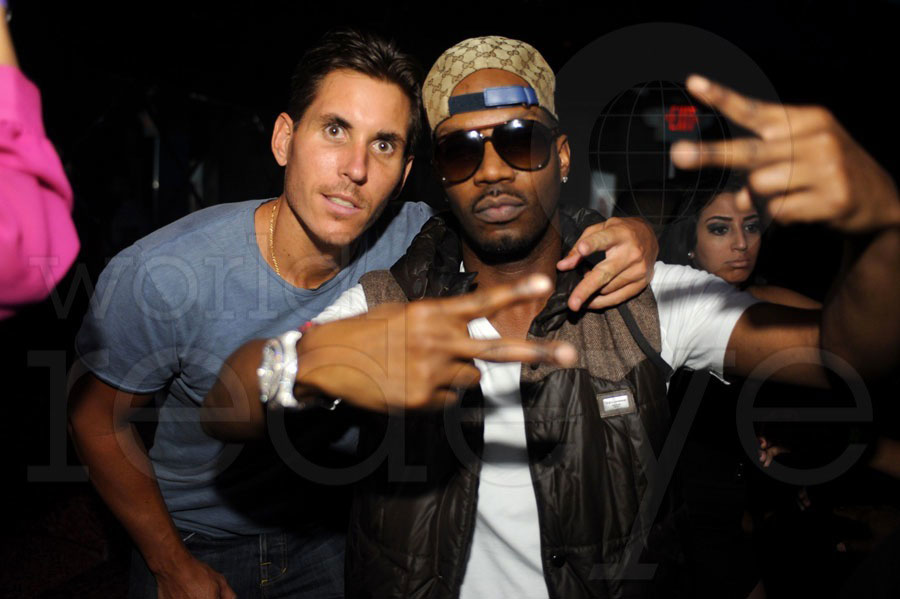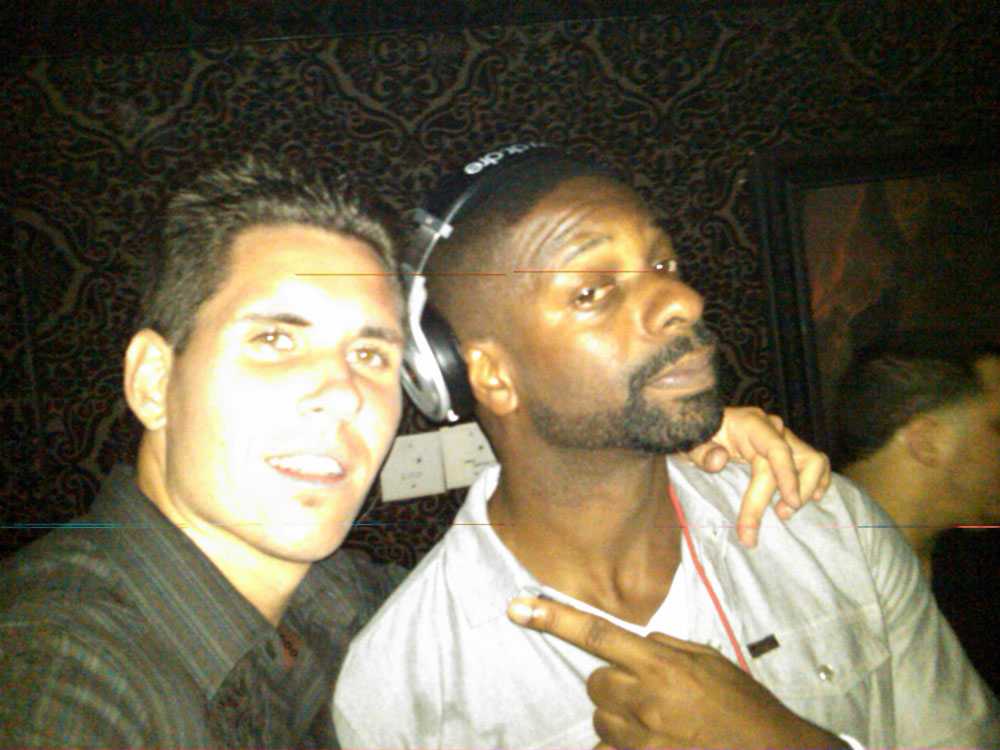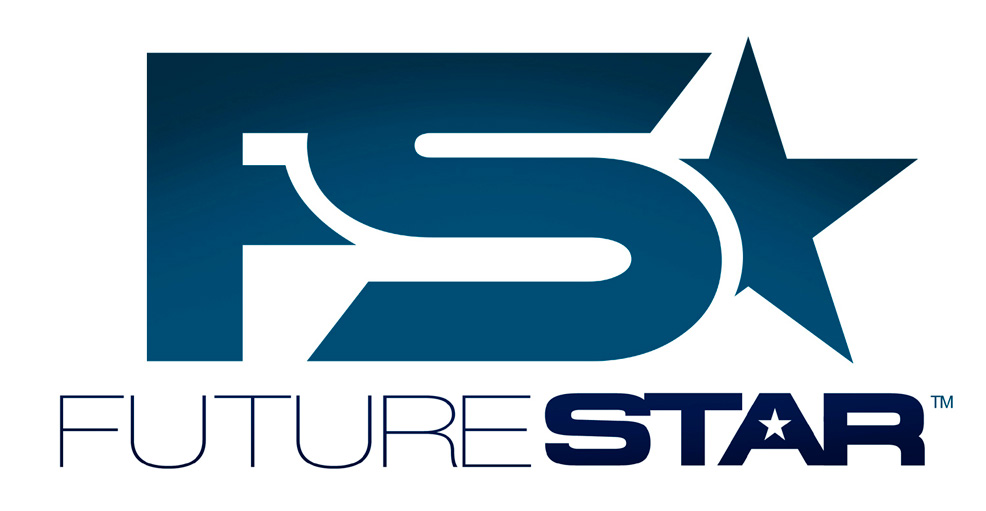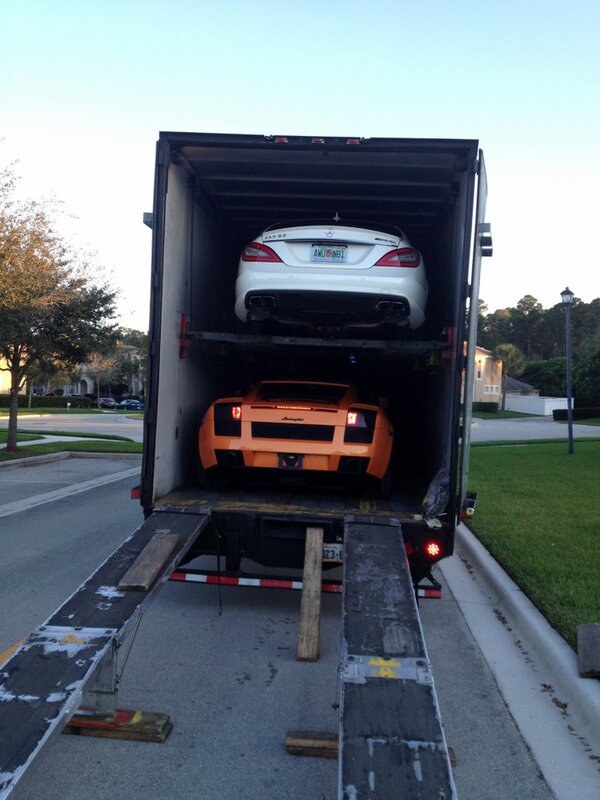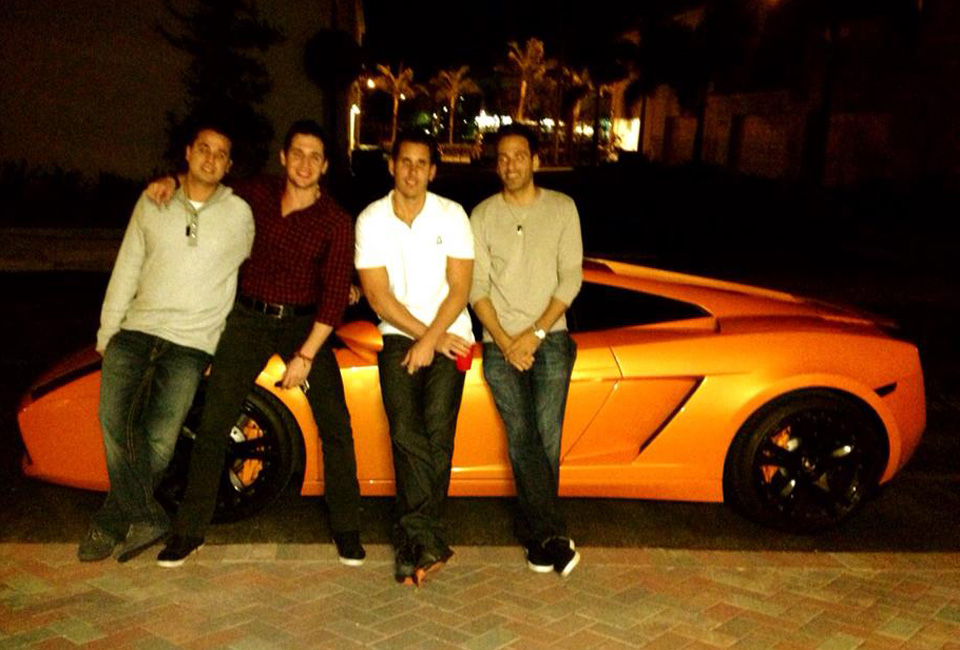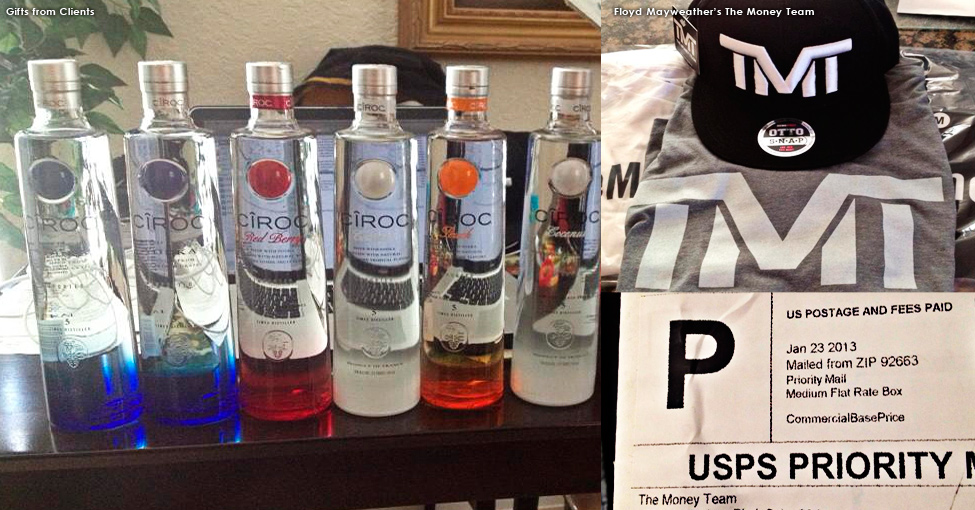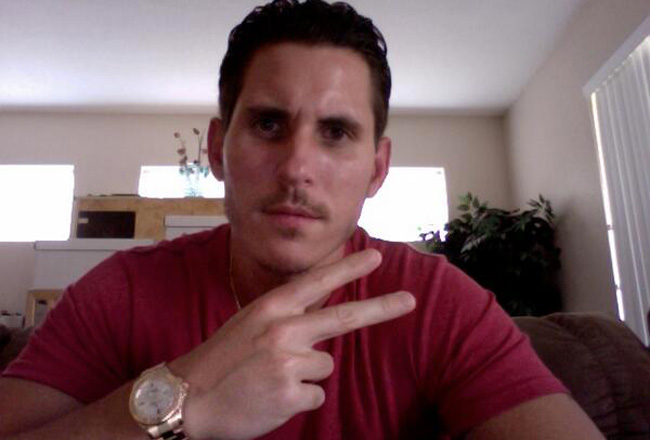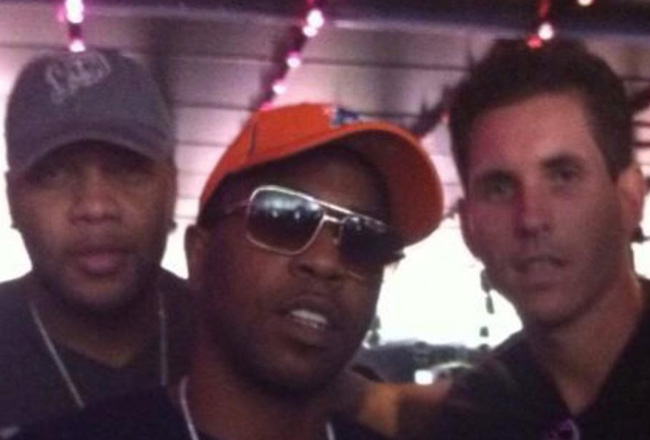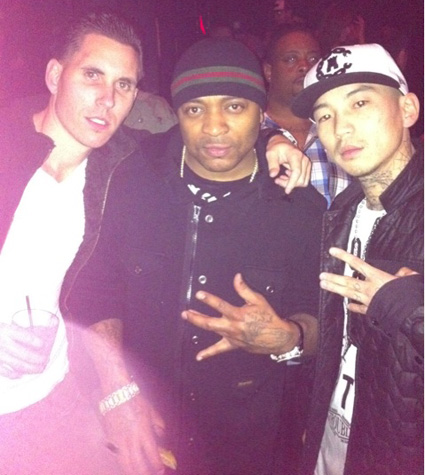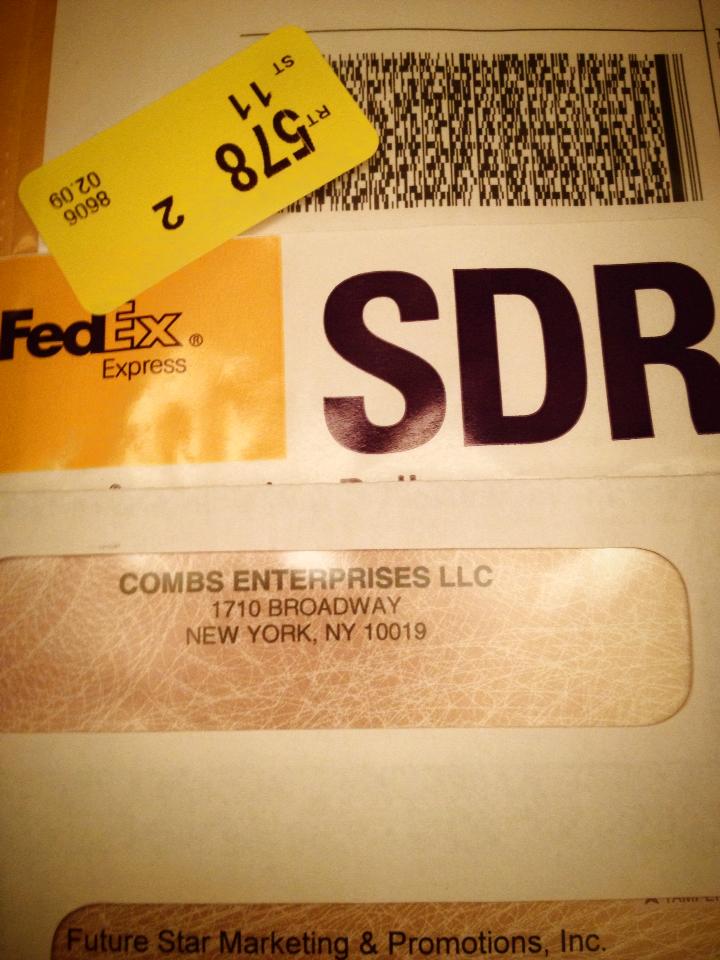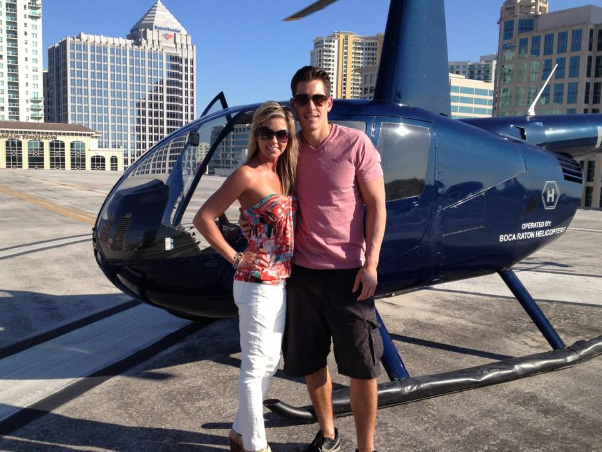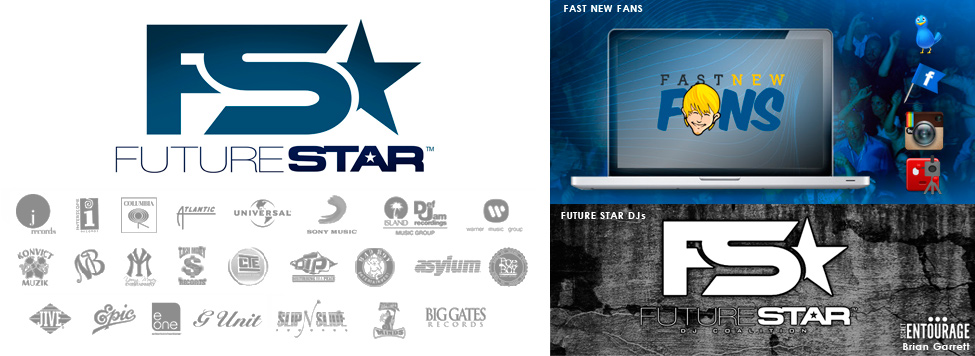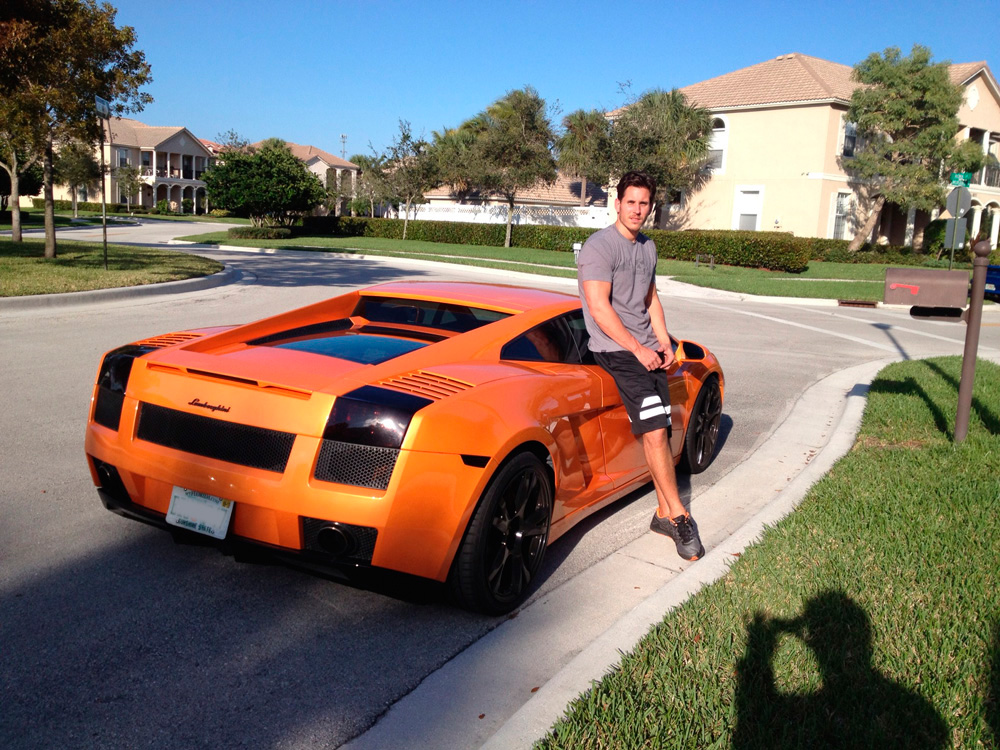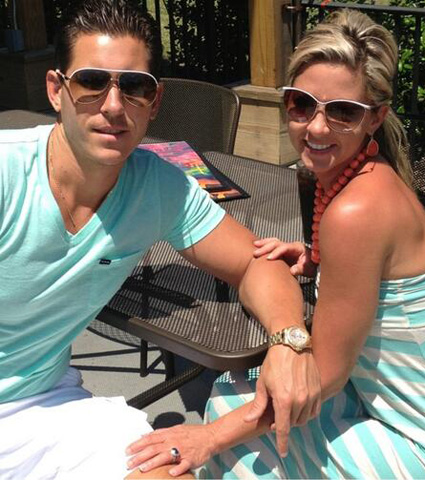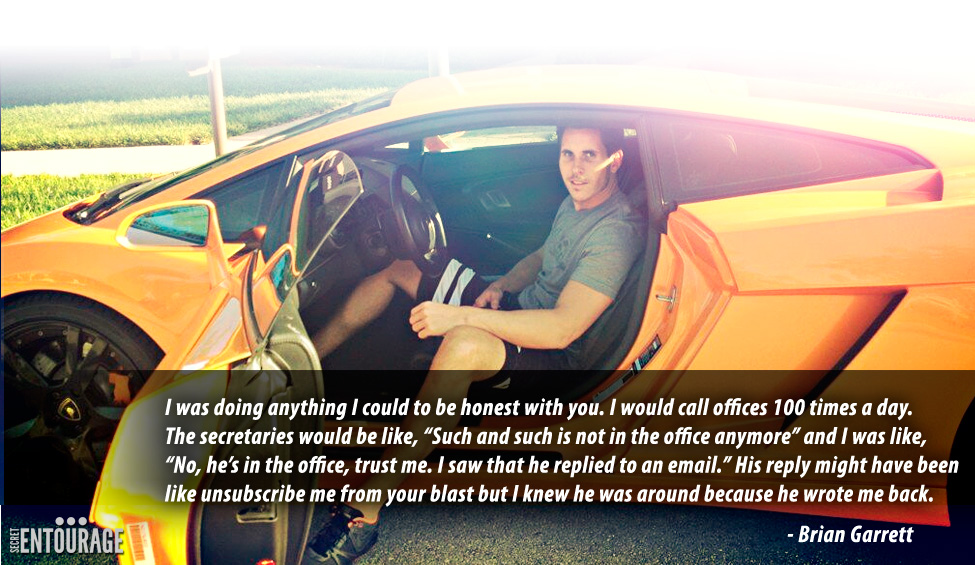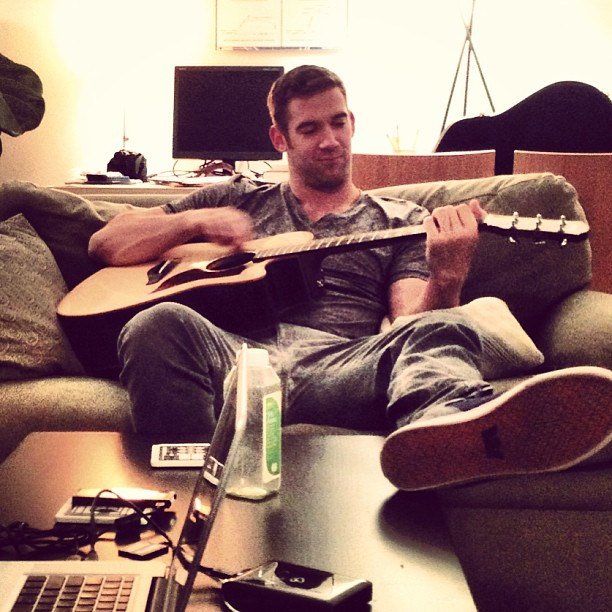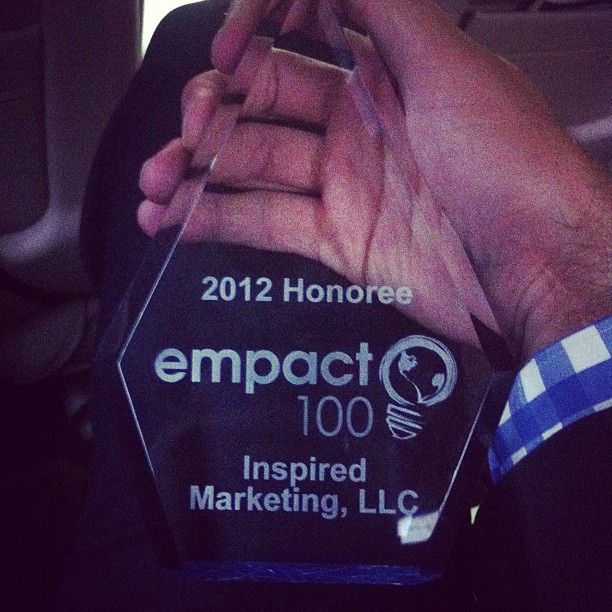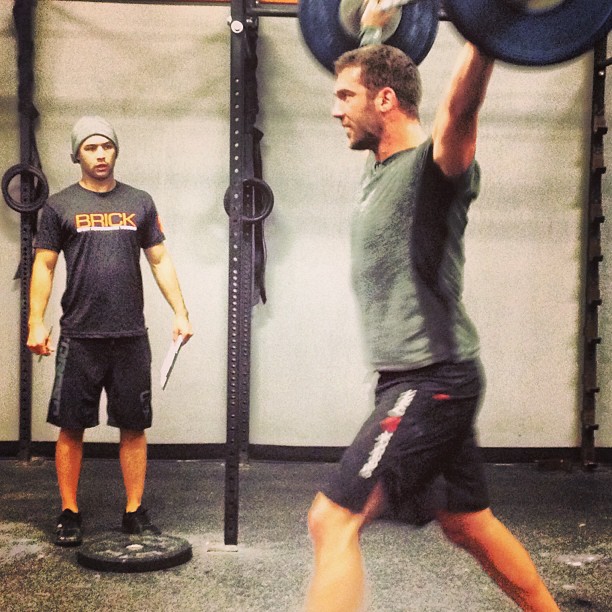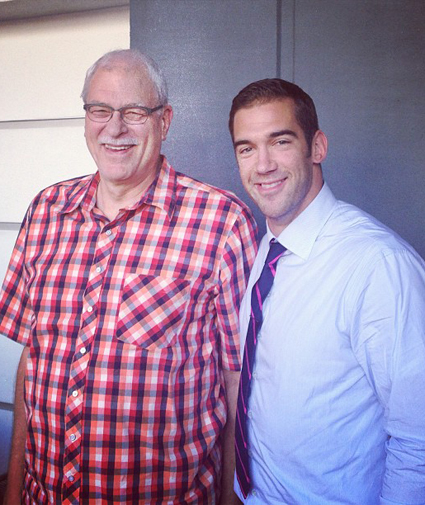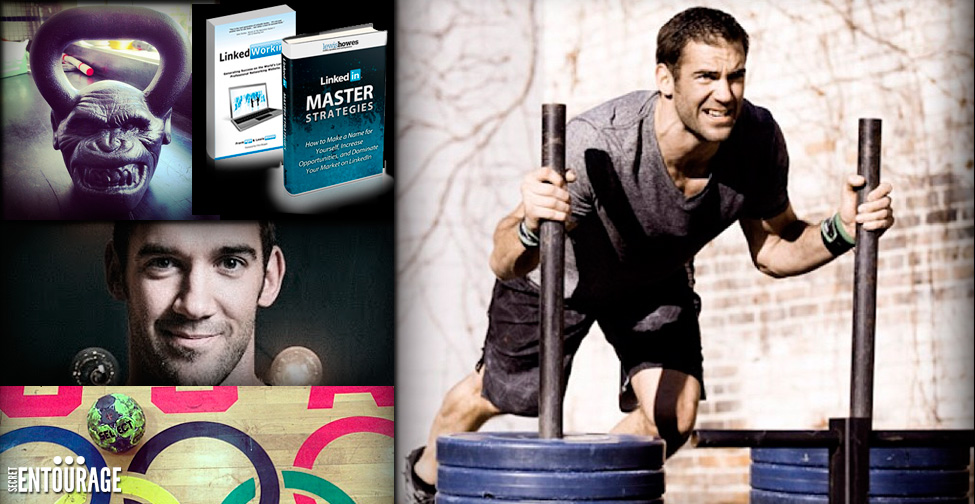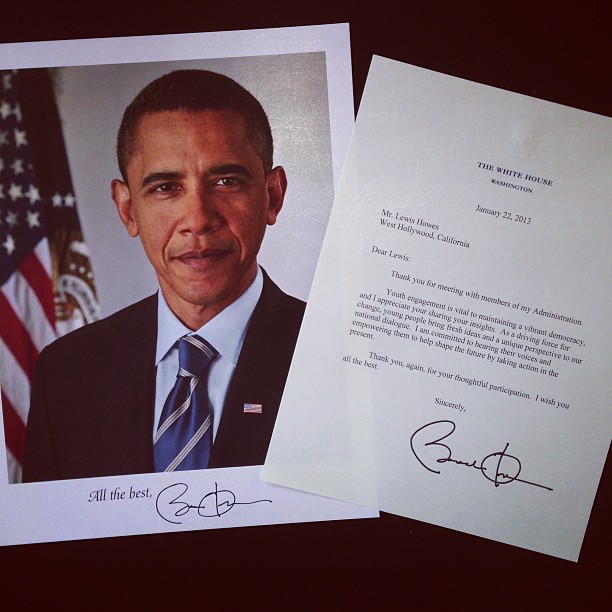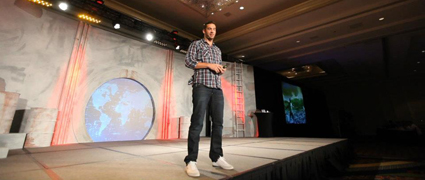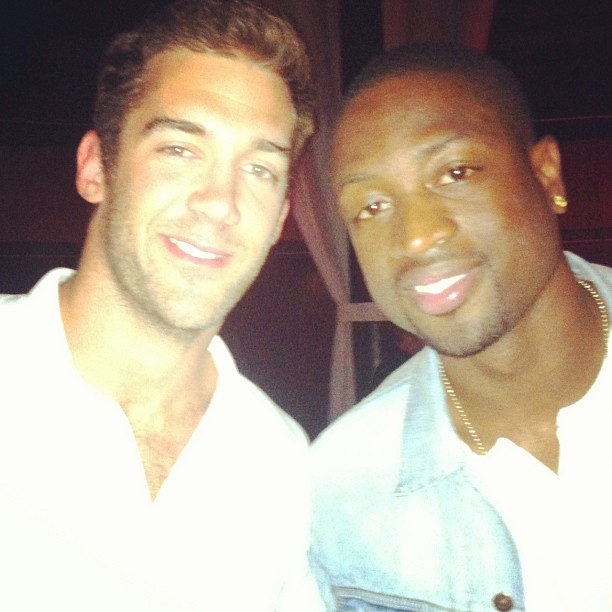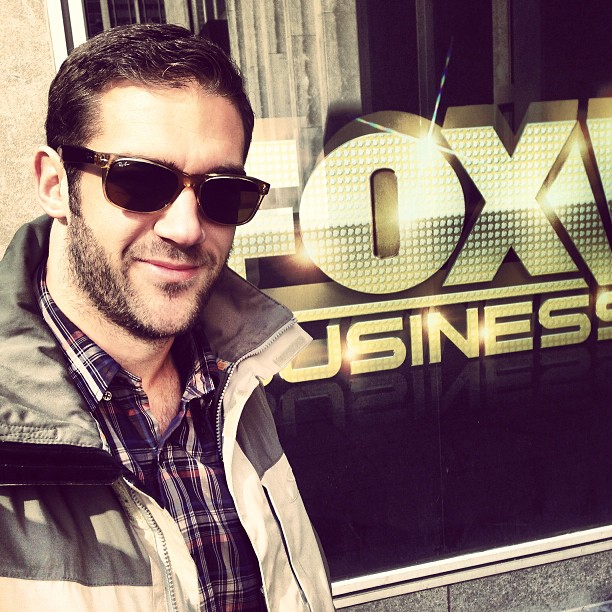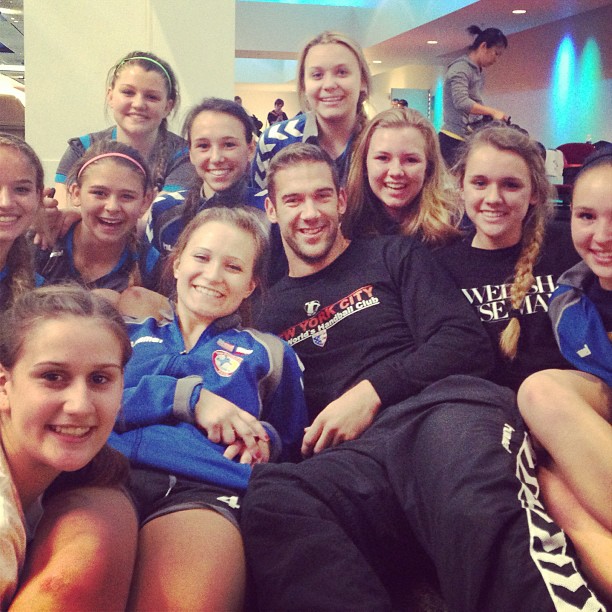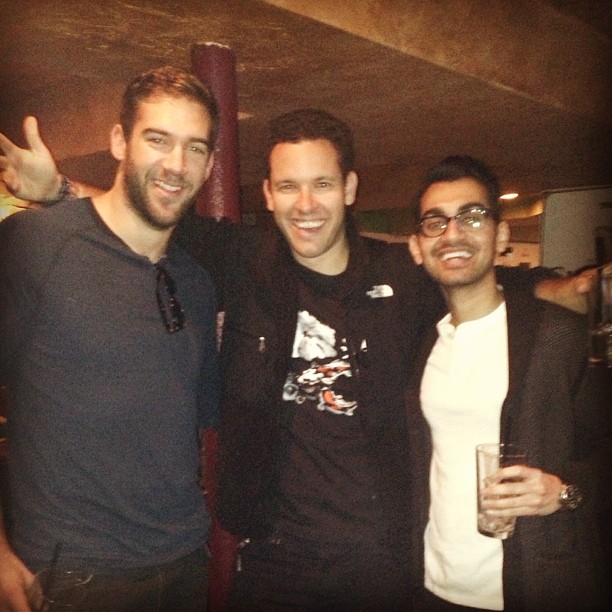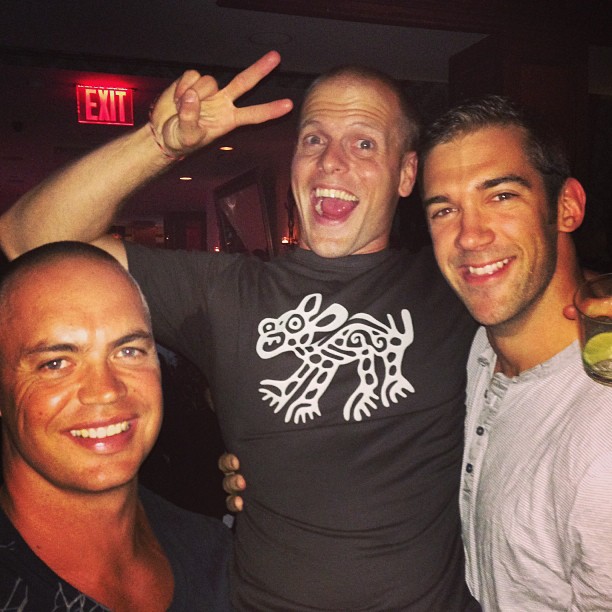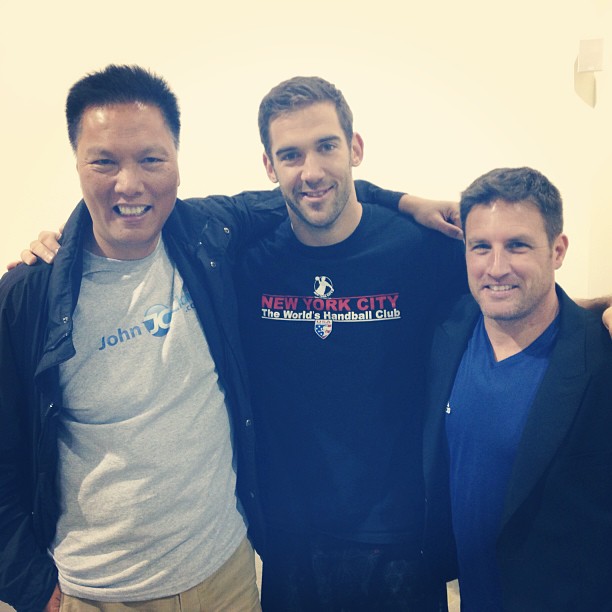It is not often to see an Asian guy rockin’ out to Dr. Dre in a classic ‘64 Chevy Impala in the early 2000’s when the majority of Asian enthusiasts were wrenching on the likes of Honda Civic or Acura Integras. This passion for classic cars and modifications lead to the formation of EVS Motors, founded by Asian American entrepreneur Ted Nguyen. Ted has a history with taking the road less traveled which can be seen through his success in business and also a few project cars that shocked the world. Read more on how Ted Nguyen of EVS Motors aims to redefine the car modification industry…
Where are your beginnings from? How about your parents?
I am 32, I was born here in the US. My parents were in the US military, we were one of the few fortunate 1st generation Vietnamese that were able to come to America by plane, versus by boat. There were lots of horror stories about people having to abandon their country by boats.
School is very important in regards to Asian households, where did you go and what was your major?
I graduated from University of Houston with a degree in Business Administration and Information Technology. I chose Information System Technology as a degree because I was always into technology and was fond of computers and electronics. That was the logical choice as a future career at the time. I was still passionate about cars, but never thought of a way to make it into a career. I chose Business Administration as a degree because that would support any degree as a backup. With knowledge in business you can get anywhere.
Do you think college was important in your path to success?
Yes, I believe you get a lot of life’s experiences in college. Whether it is direct or indirect. Education influences people in their decision making abilities, whether they know it or not. It is the responsibilities you learn in college that will play a role in how you run your business.
Asian parents are usually strict when it comes to education and career, what was their stance on EVS Motors?
My parents were always supporting me in everything I do, they believe in my passion. Do what you are passionate in and you will do well. That was my motto. Even in high school my parents knew I was a car nut, I would always be outside washing my cars or doing something to it. I would build my own subwoofer boxes, install my own stereo systems, xenon kits and such.
Before EVS Motors started, what were you up to after college?
My jobs were always tech related somehow. My first job was a sales consultant in the software department of a retail chain, after that I moved on to becoming a law clerk/it support for a high profile law firm in Downtown Houston. I quit the job after I was given a job to be the IT Director at the local Porsche dealerships. At the Porsche dealerships, I was in charge of maintaining the inventory online and also online sales through various sales networks.
How did you know you were on to something big and to focus all attention with EVS Motors?
When the local Porsche dealerships were bought by Sonic Automotive they wanted to reduce my salary and convert it to commission that prompted me to quit. At the time I only had to deal with online marketing and was not interested in selling cars. I left Porsche and worked briefly with another company doing Automotive Leasing. After work I would always work on my project cars. When I would complete my project I would put it up on eBay and they would sell within 3-10 days. Some cars would even sell within 3-6 hours of listing it online, it was a totally different market back then.
How did EVS Motors become what it is today?
I worked on the side building custom classics and sold them for profit. My side business did really well and turned into what EVS Motors is today. EVS Motors started out as a custom classic car dealership, we primarily dealt with custom classics. We avoided the numbers matching, original cars as they were more headaches than it was worth. We are car enthusiasts and we like to cater to enthusiasts, not collectors that just buy cars to let it sit. We wanted to build exciting and fun cars that could be driven reliably. Custom cars sales started doing poorly since 2009-2010, we found that our customers were demanding that we offer our custom services to their own cars versus cars we would build and sell. In 2011 we opened up EVS Motors Performance Studio, a shop unlike any other in Houston. At the Performance Studio its main focus is to build the coolest custom cars on the streets of America.
What kind of services and modifications can a customer expect when bringing their classic to EVS?
What we do at EVS Motors for classics was to focus on making them more modern and giving them more amenities. This usually involved overhauling classic carbureted motors and converting them to modern fuel injection standards. The brake systems were typically upgraded to all wheel disc brakes with much larger calipers than the original cars had. As for amenities, we would add modern a/c systems in them, upgrade the sound system, add Xenon headlights, led lights, Navigation systems, bluetooth and such.
EVS Motors is a full custom performance shop, we provide custom wheel fitments for any vehicle, full interior upholstery work, high performance engine upgrades or engine swaps, suspension work, brake upgrades, etc. As a team at EVS Motors our ideas our absurdly unique compared to our competitors. The ideas we come up with our competitors wouldn’t dare do as they don’t even know where to begin.
EVS Grand Opening from Shedrick Mask on Vimeo.
Any examples of these outrageous ideas that you can tell us?
I would have to say the Culture Shock Camaro, that car literally shocked the entire industry. It turns heads regardless of the idea, that was the whole intention of it and being called “Culture Shock”. It is exactly that, a hybrid of multiple engineering technology from different cultures of the world. A chassis from the United States, a engine from the heart of Japan and the transmission from Germany. Literally a Culture Shock!
How large has EVS grown and where do you see it going in the near future?
EVS Motors remains a boutique sized business, this way we can focus on our exclusive clients. We want to grow, but not beyond our control to become to corporate like. We have considered becoming larger, but with all businesses the larger you get the less in touch you become with your customers. We plan to focus on brand imaging, we want people to know where ever you see the EVS Motors brand logo they will understand they are getting the best possible products and services we provide.
Business always comes with risks, what do you consider your greatest risk?
The biggest risk of focusing on EVS Motors was knowing that I would abandon a career that was paying me well. Passion came first for me, I wanted to do my own thing. I was lucky enough not to run into any obstacles when I started the business, I was already doing it on the side since working with Porsche. With the love and support from my wife and my family, EVS Motors would not have become a reality. The business was quite successful in its beginning, as there were no competitors.
What do you consider your greatest achievement thus far in life?
Taking the risk to be an entrepreneur, marrying my best friend (Anita Nguyen), becoming a proud dad of a beautiful baby girl. As far as my career I am grateful for making the choice of doing what I truly have passion in, working on cars. As a kid I have always enjoyed being around cars. I have always dreamed of owning a Lamborghini as a kid. I remember watching Cannonball Run and seeing the Lamborghini Countach for the first time! It was true love for me! I am happy to say that the dream did come true. I felt like I achieved my goals with Lamborghini; owning Lamborghinis, meeting the CEO of Lamborghini Stefan Winkelmann and meeting Lamborghini’s best driver ever Valentino Balboni.
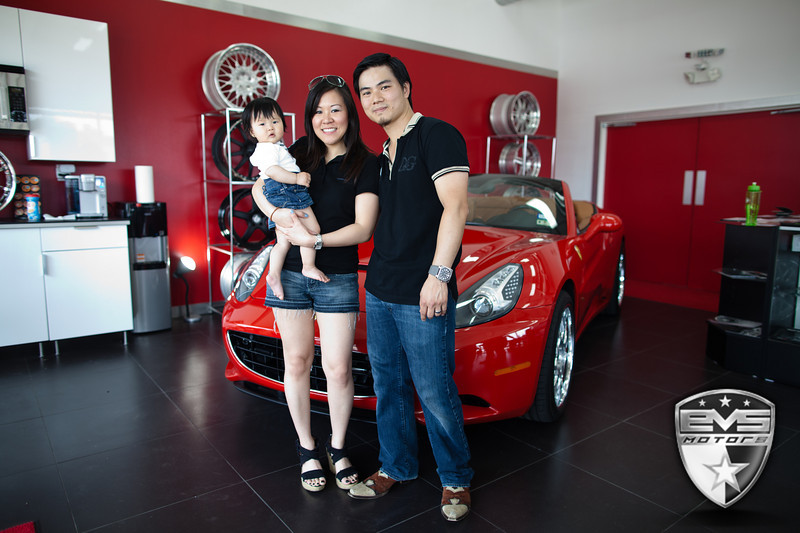
What got you into classic cars in the first place versus the usual import tuning crowd?
Believe it or not I was a big fan of Dr. Dre and always wanted a ‘64 Impala. lol The day I had the extra money while working at Porsche, I went and bought myself a Tuxedo Black ‘64 Impala SS with metallic silver interior. I was the only Asian person in Texas probably that had a ‘64 Impala SS. This was back in 2002-2003 when I bought it. I had 20″ chrome wheels on it and a blasting stereo system. The car would get noticed anywhere it went, it was just that different. The car almost got stolen right in front of my apartment, I had a alarm system and a steering wheel club to prevent theft. But that didn’t stop them from trying, I went out to my car one morning to find the door wide open and the steering wheel sawed through. The great part was the car wasn’t easy to start because it was carbureted and they failed to get it moving. I tried to daily drive the car as much as I could, but as a classic it had its downfalls. It was utterly unreliable because the drivetrain was pretty much all original. It pissed me off so much that I had my dream car, but it just wasn’t reliable to be a daily driver. That is why my focus up to this day is all about reliability and safety for a classic.
The automotive landscape is evolving very fast, where do you think the next trend will be?
As the OEM Manufacturers are getting more advanced with their technology so is the aftermarket. Aftermarket products are becoming more reliable than ever, this is the plus side with the growing industry. I would like to see advance performance tuning geared towards the future of Hybrid/Electric cars. It would be amazing to see 1,000HP equivalents of a electric car, there would instantaneous torque!
For a guy that’s had everything from exotic to classic to import and everything in between, what’s your favorite ride in the stable?
This all depends, my favorite daily driven cars are Porsches. They blend the perfect amount of sportiness and comfort for daily driving. For a pure hard core driving experience I will have to vote the Lamborghini Gallardo, extremely exotic, raw and unforgiving. I am very excited about the new 911 (991) coming out for 2012, this car will be an amazing car!
Any other hobbies that keep you busy?
I collect watches from IWC, Chanel, Jaeger LeCoultre, Bell & Ross, CVSTOS & Rolex. My favorite watch has to be the Jaeger LeCoultre World Extreme Alarm and the Bell & Ross Pro-Titanium for their ruggedness and daily wearability. I like to add another Bell & Ross to the collection, maybe the Carbon Fiber series.
Where do you see yourself in 10 years?
Business wise I like to double the size of my current retail location and be able to offer more in house services such as automotive paint. In my personal life I like to have more kids, it is the best thing that can happen to a husband and wife.
We want to thank Ted Nguyen of EVS Motors once again for sharing his inspiring success story. If you are in Texas or even out of state, contact Ted at EVS and tell Secret sent you and he will take care of you.
713.588.1208
Yes, I believe you get a lot of life’s experiences in college. Whether it was direct or indirect. Education influences people in their decision making abilities, whether they know it or not. It is the responsibilities you learn in college that will play a role how you run your business.
